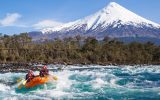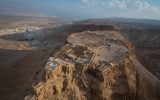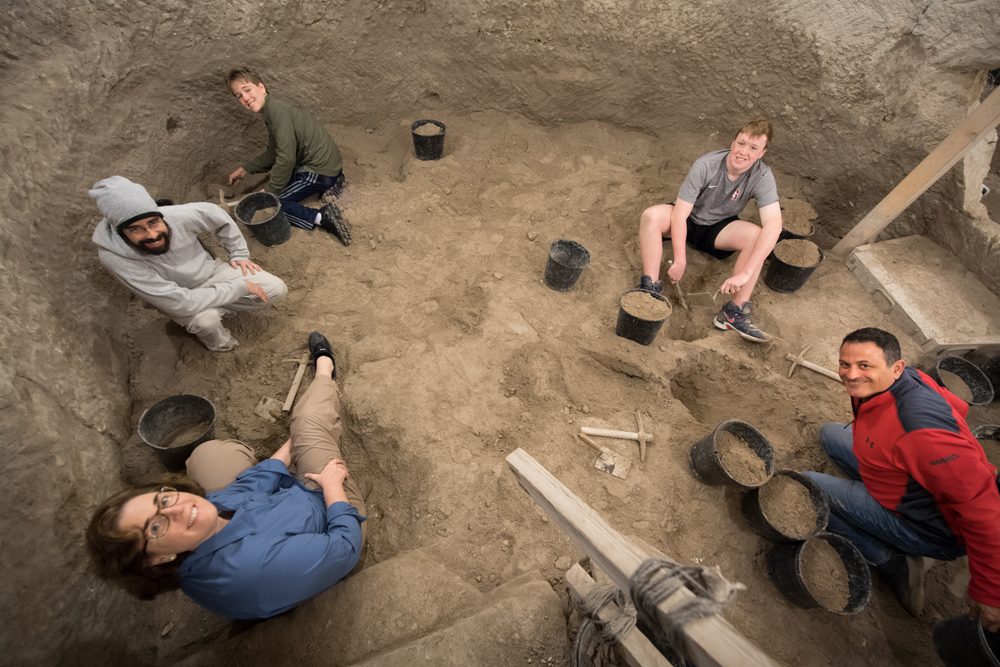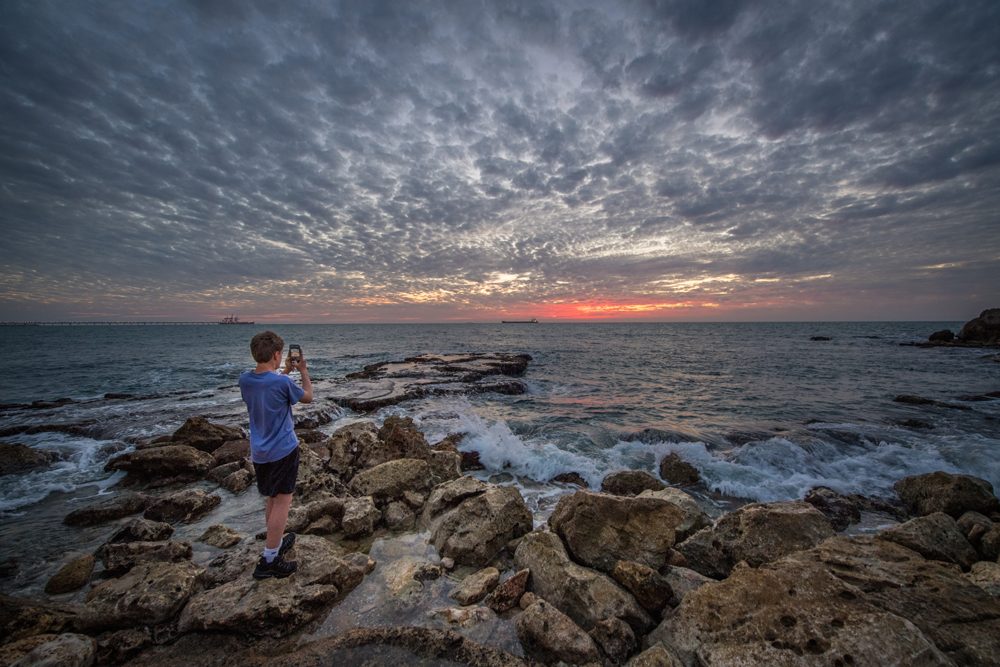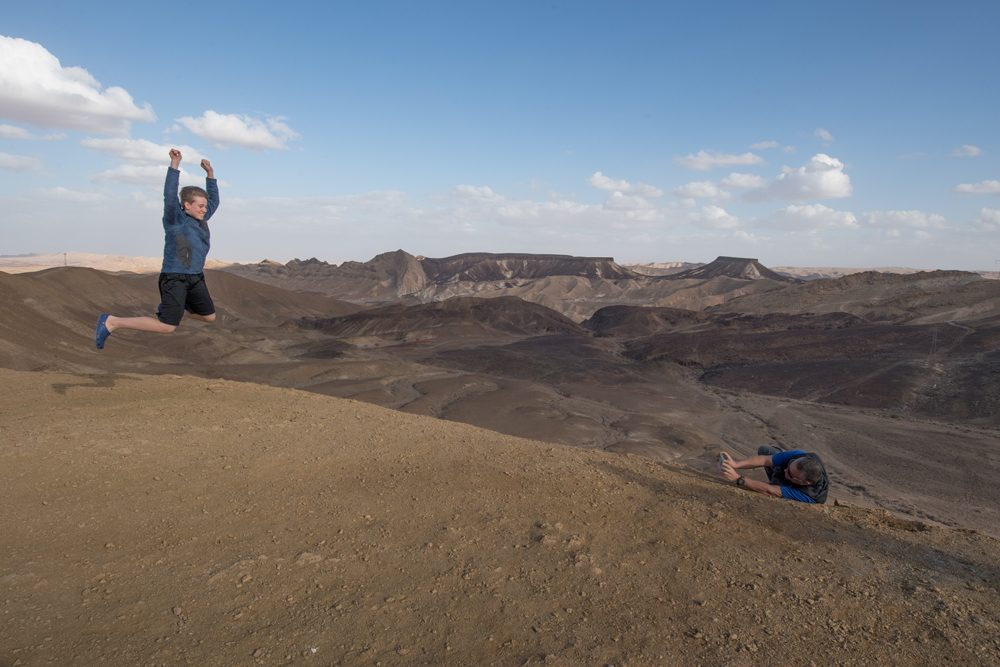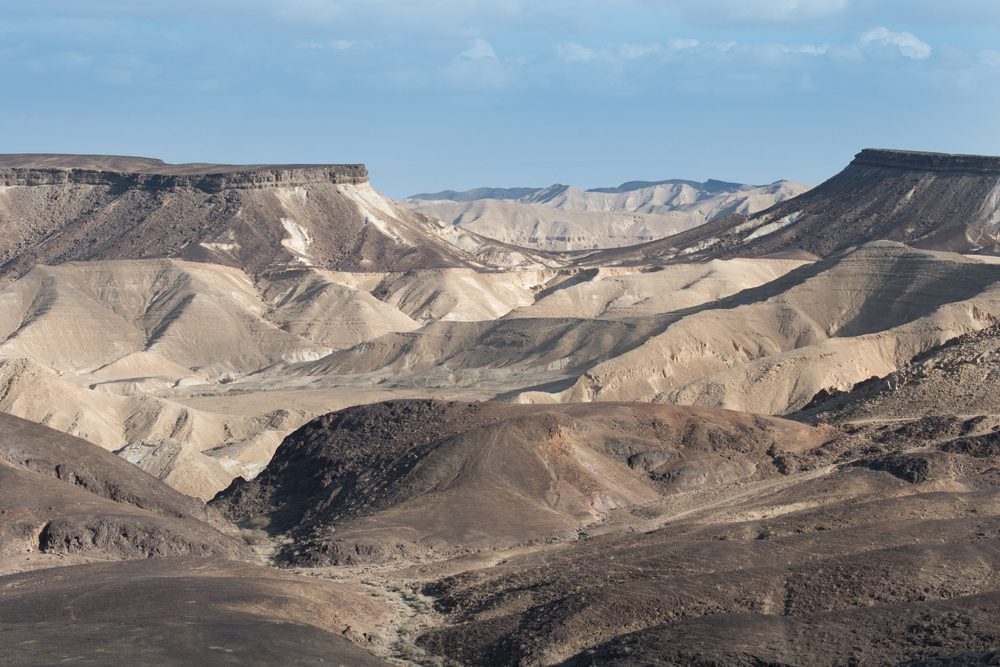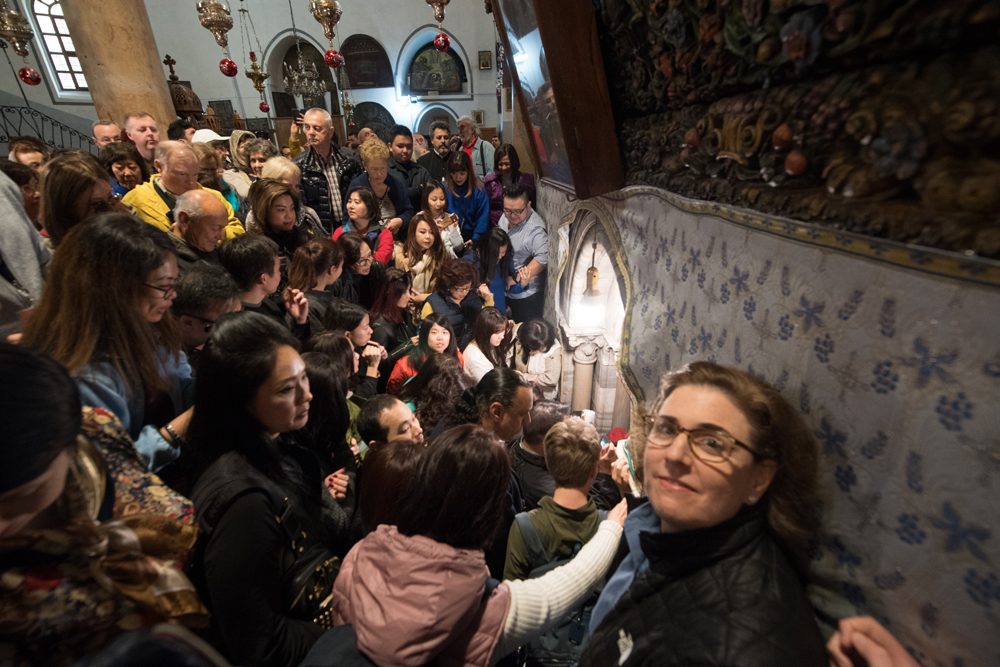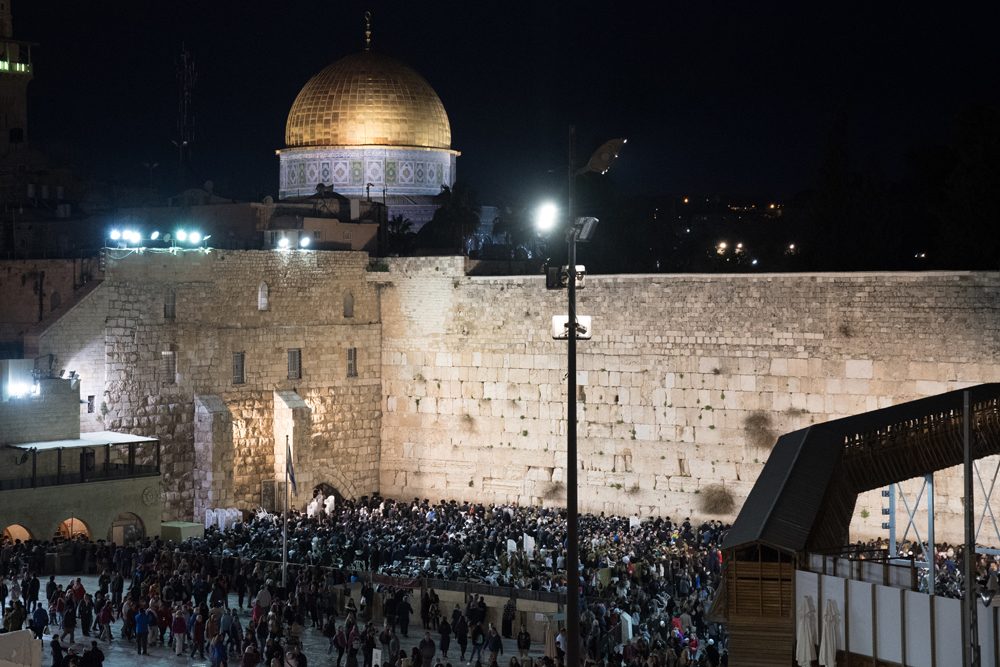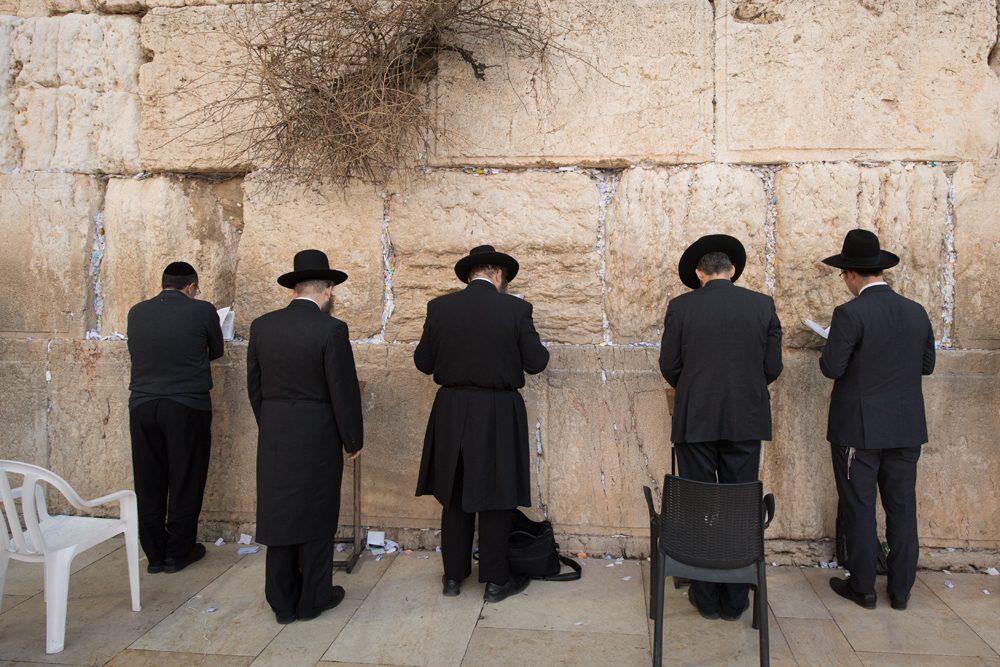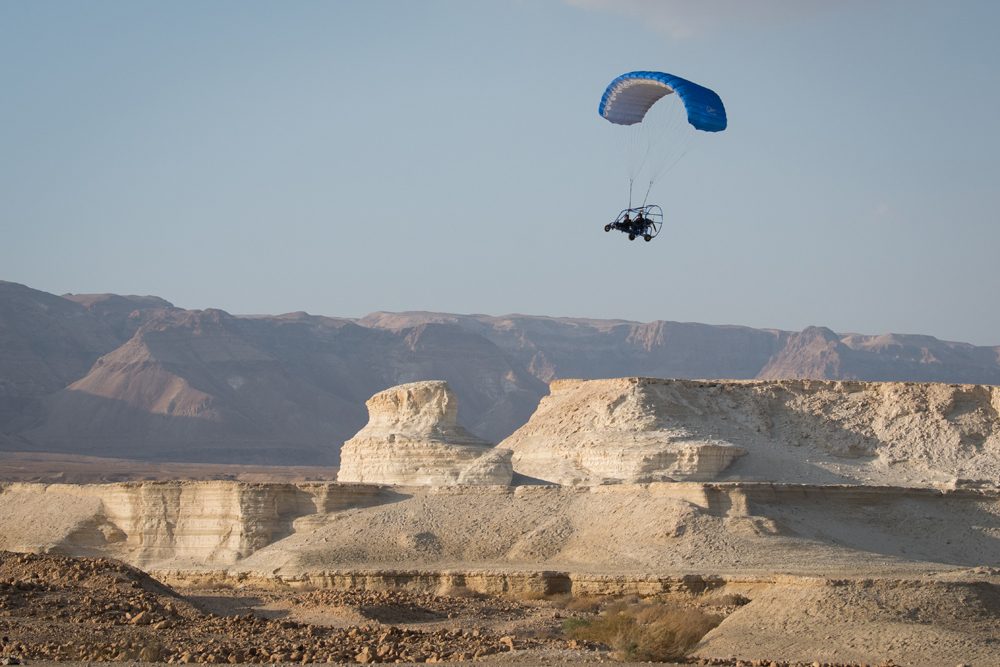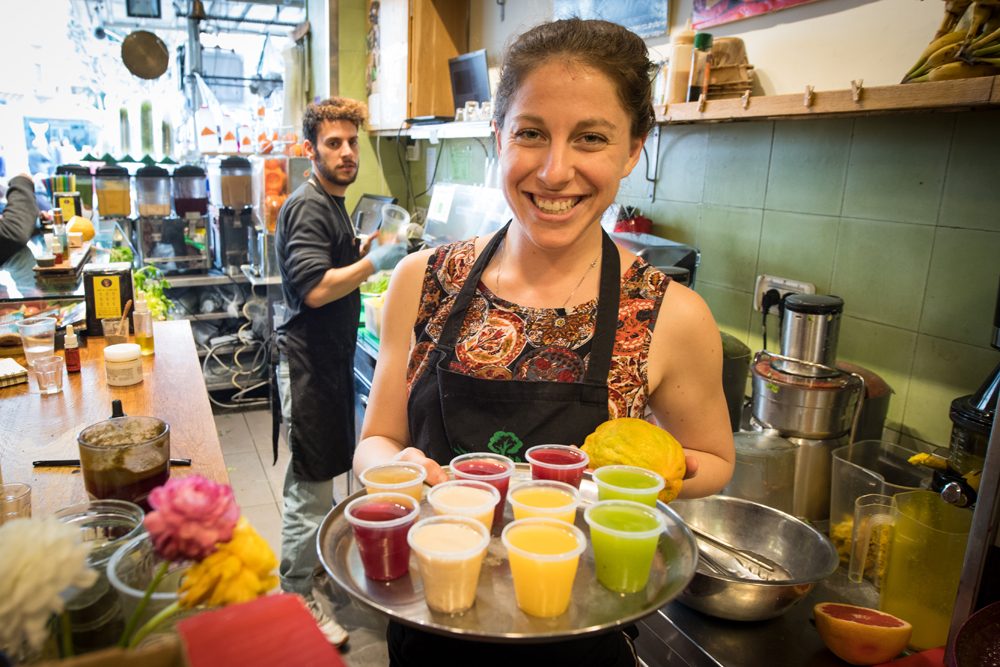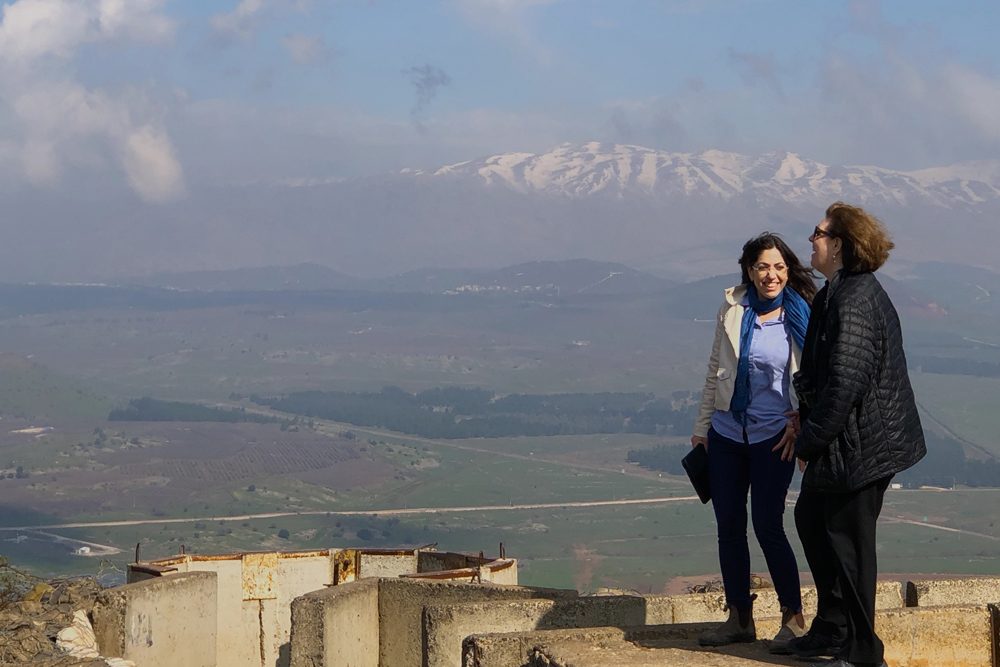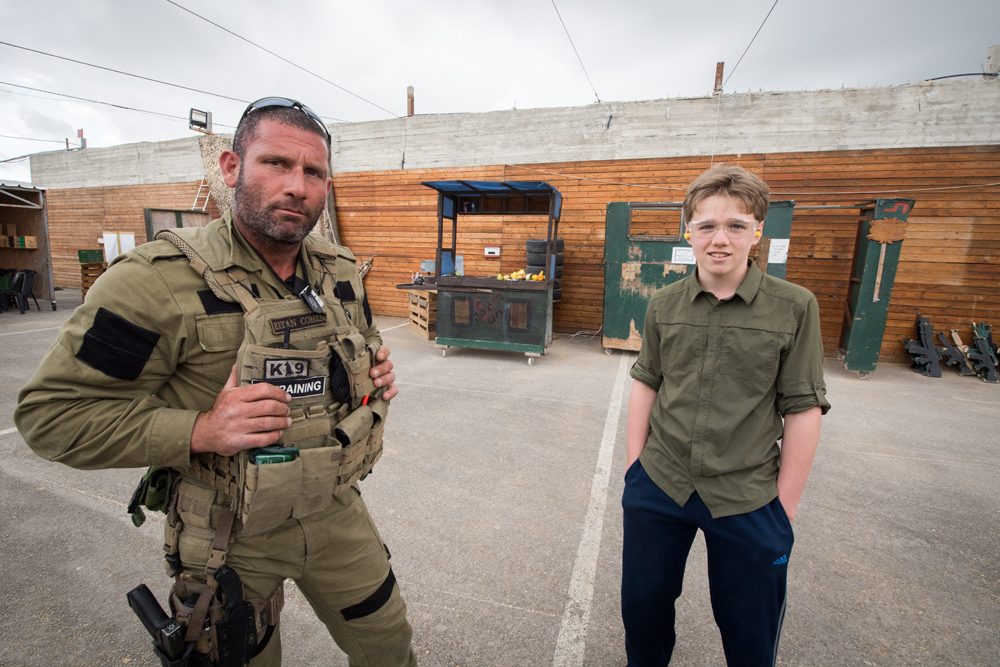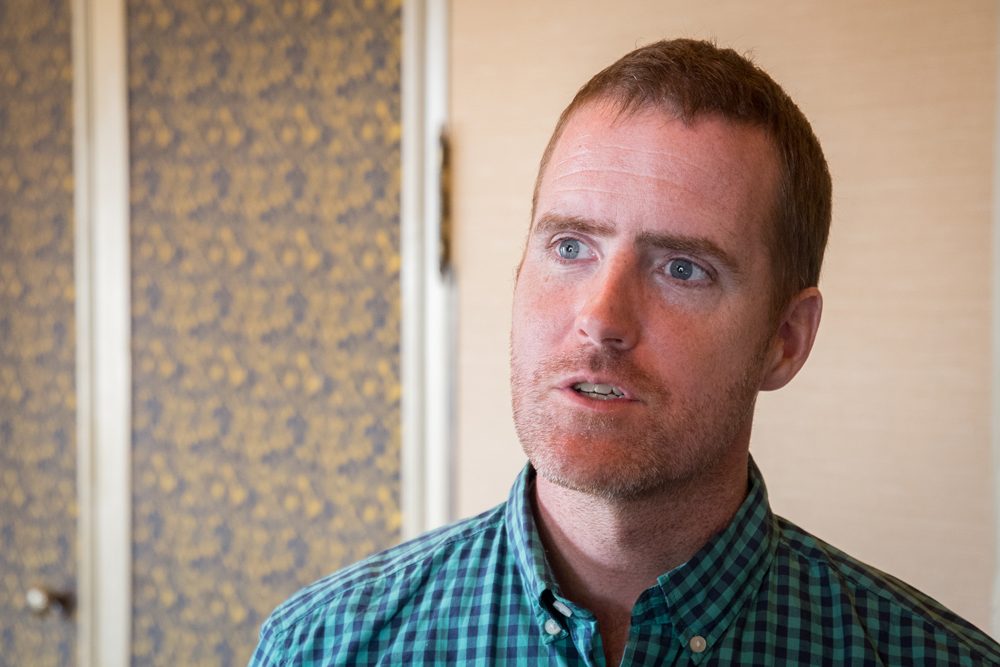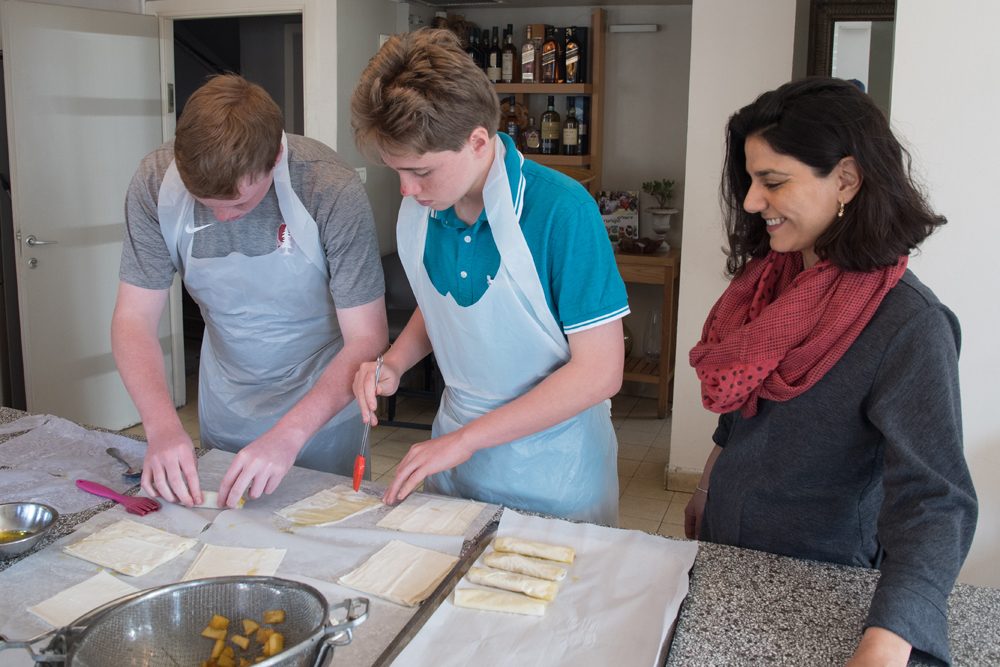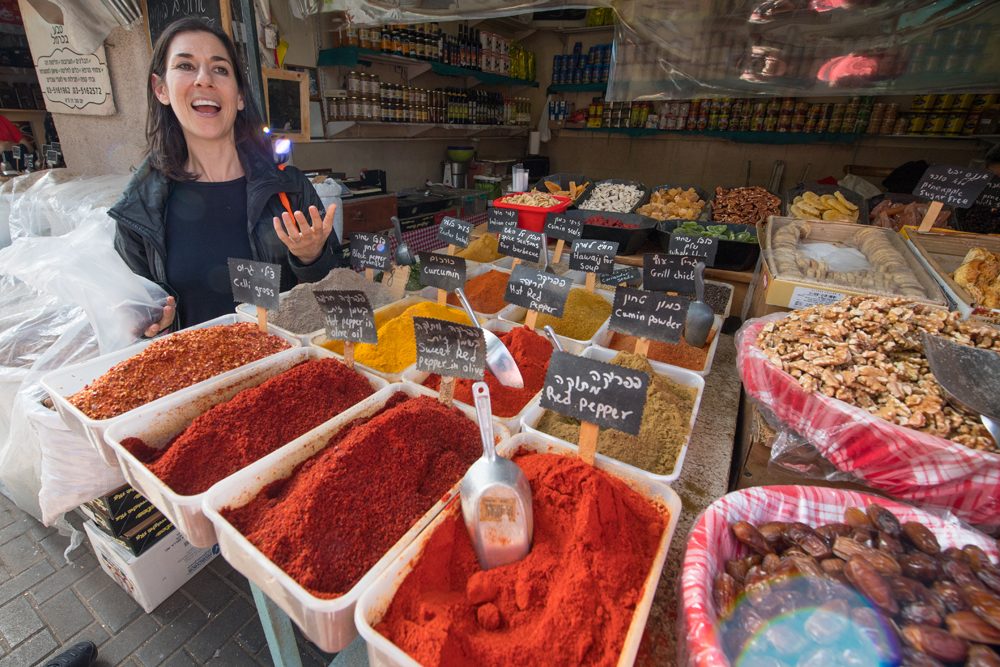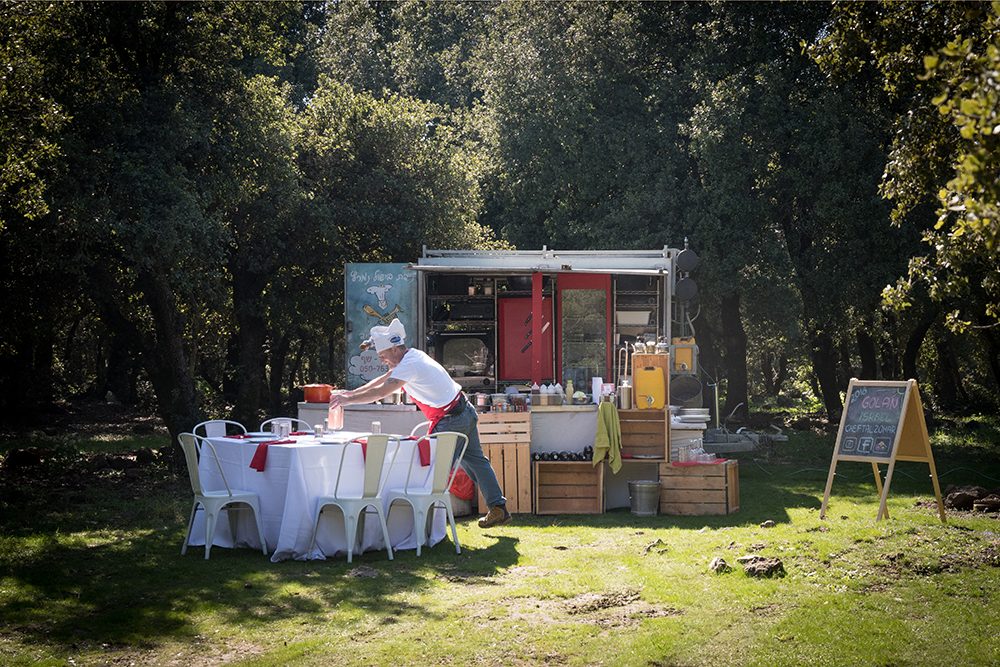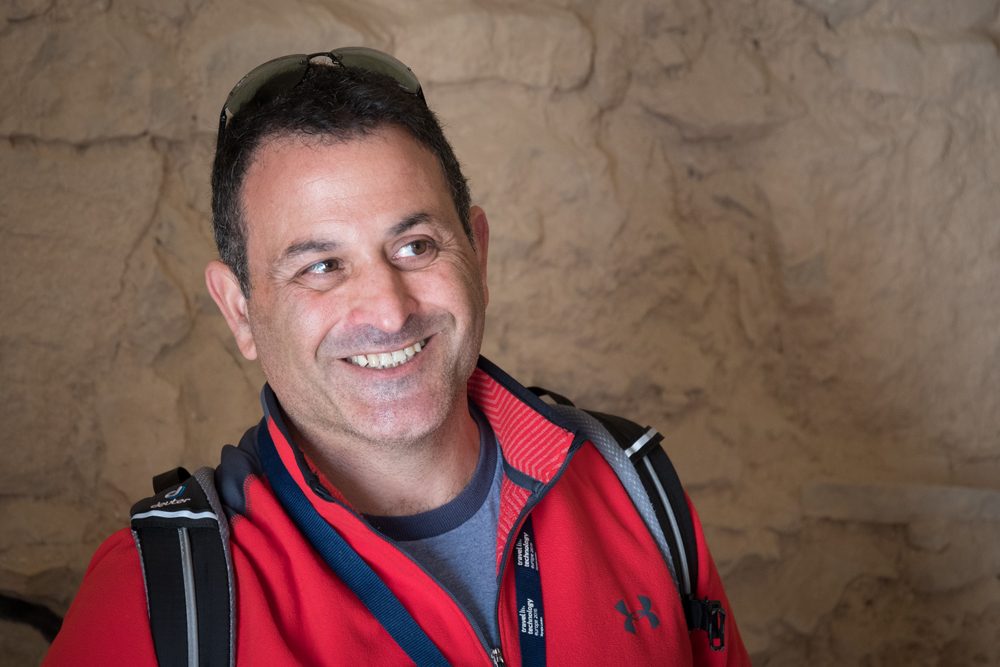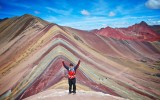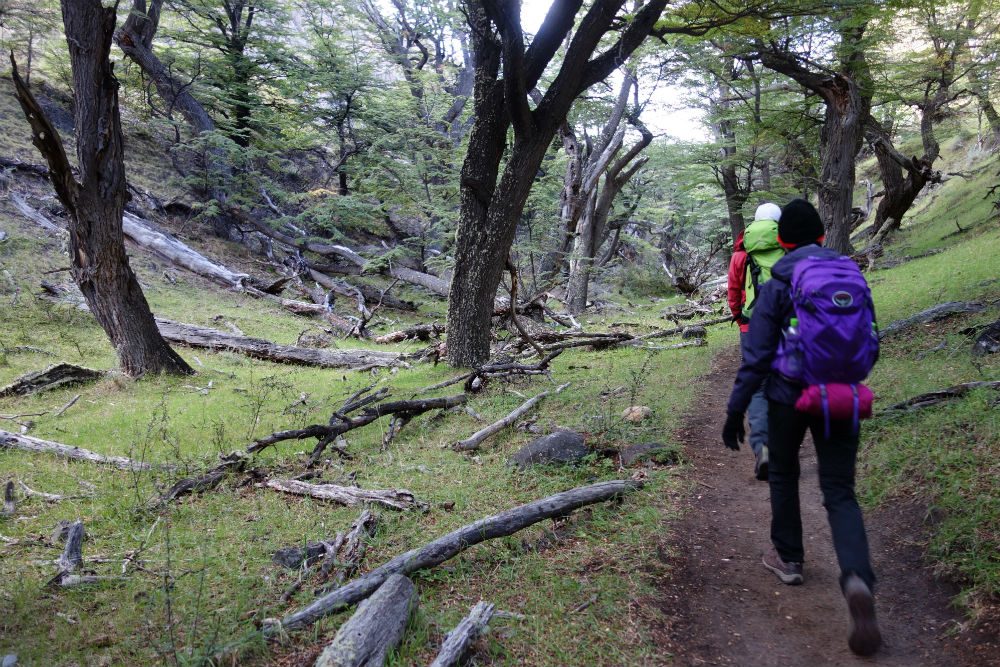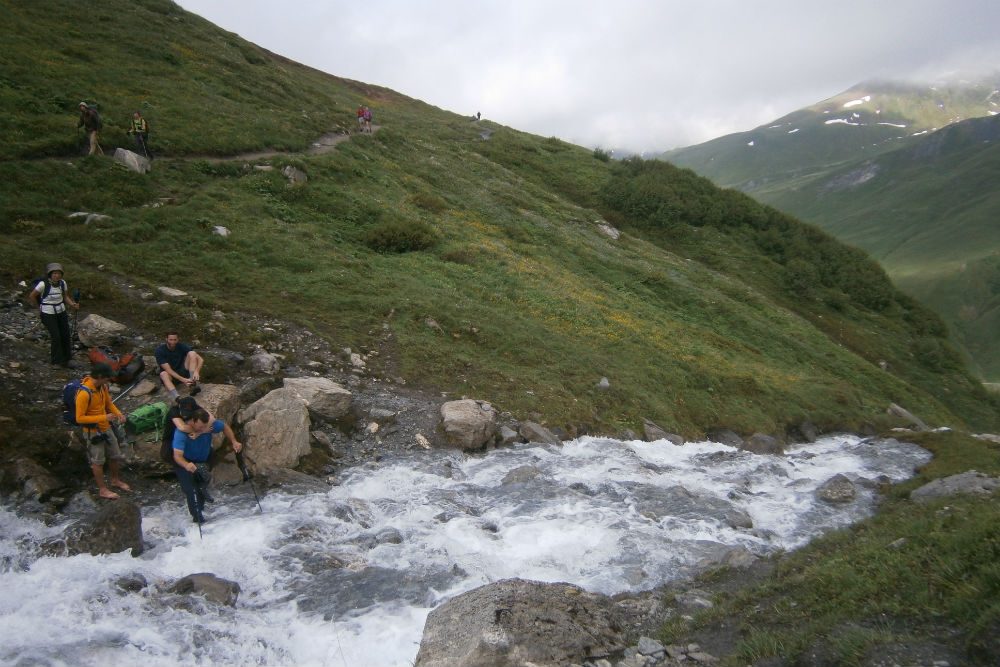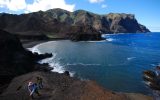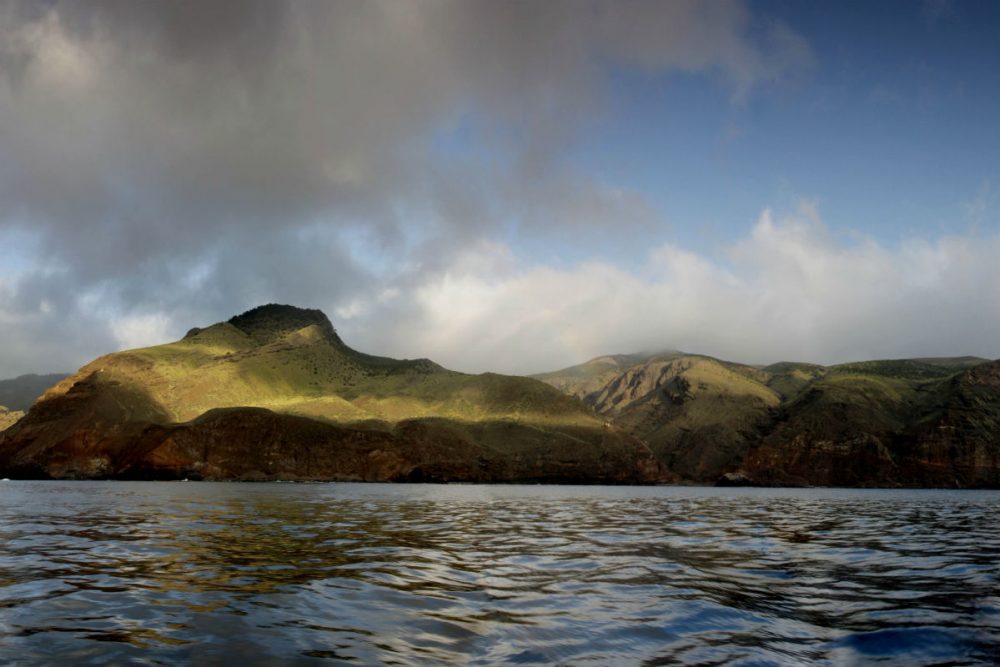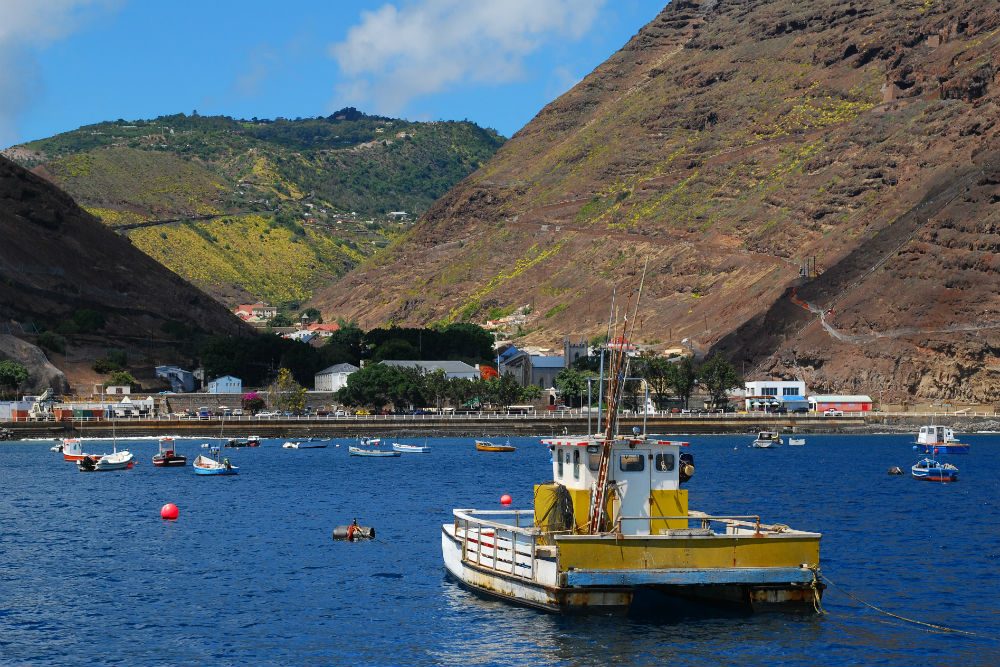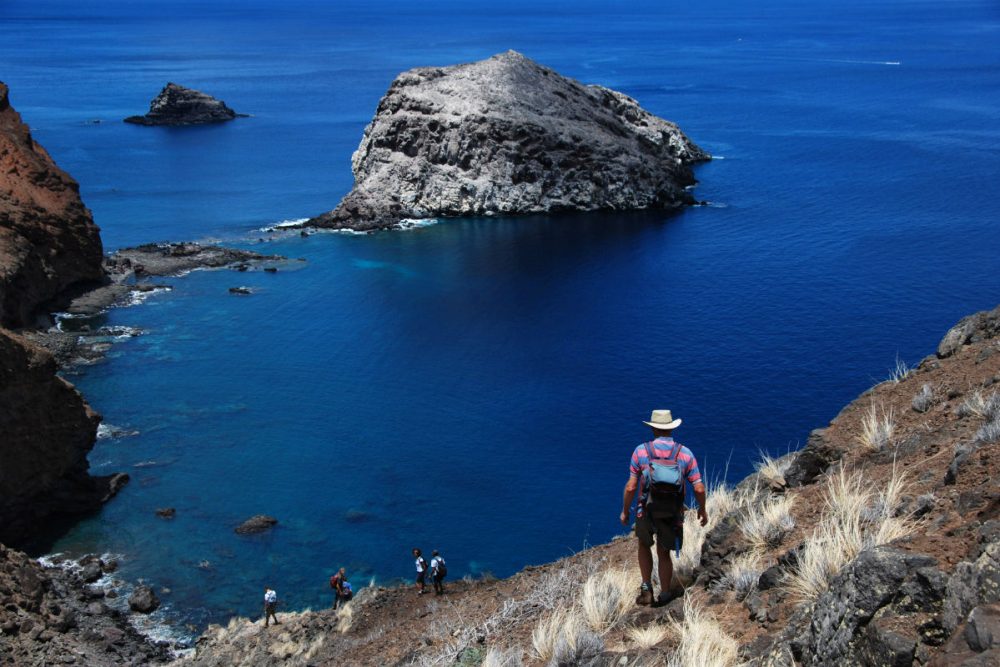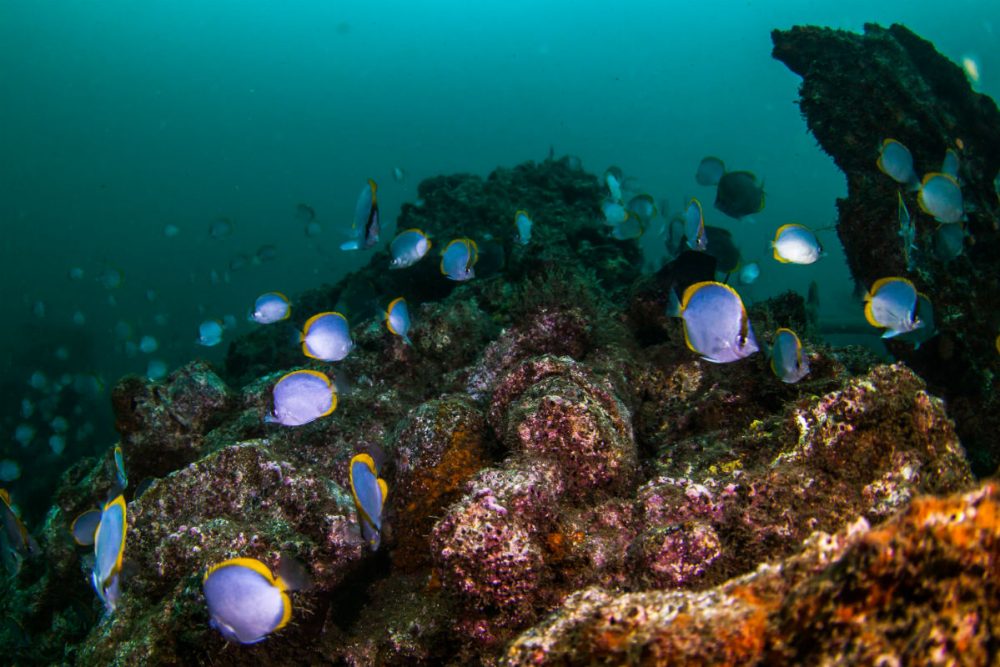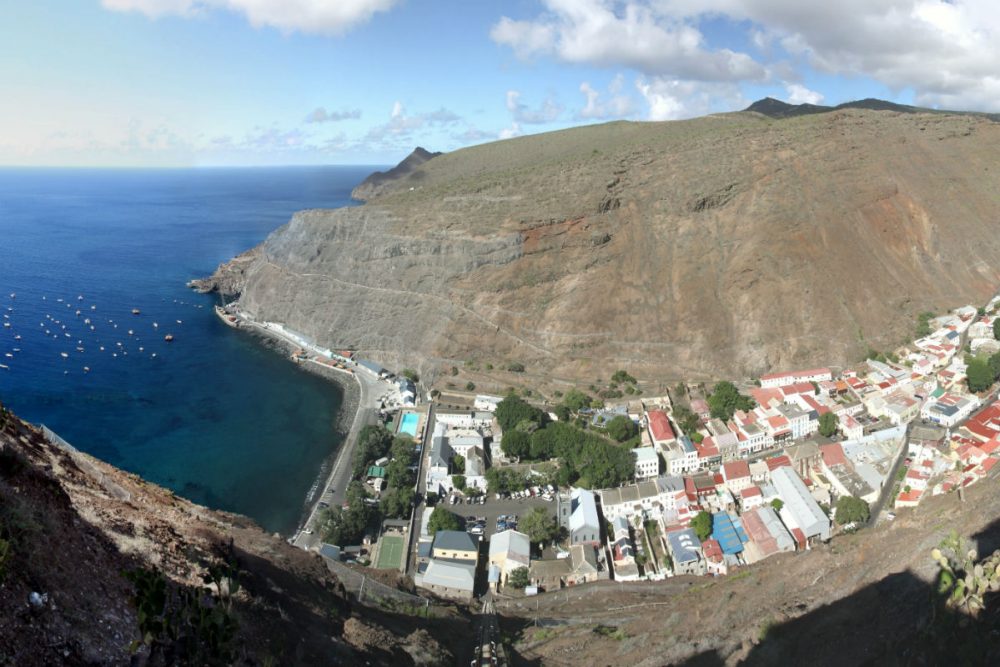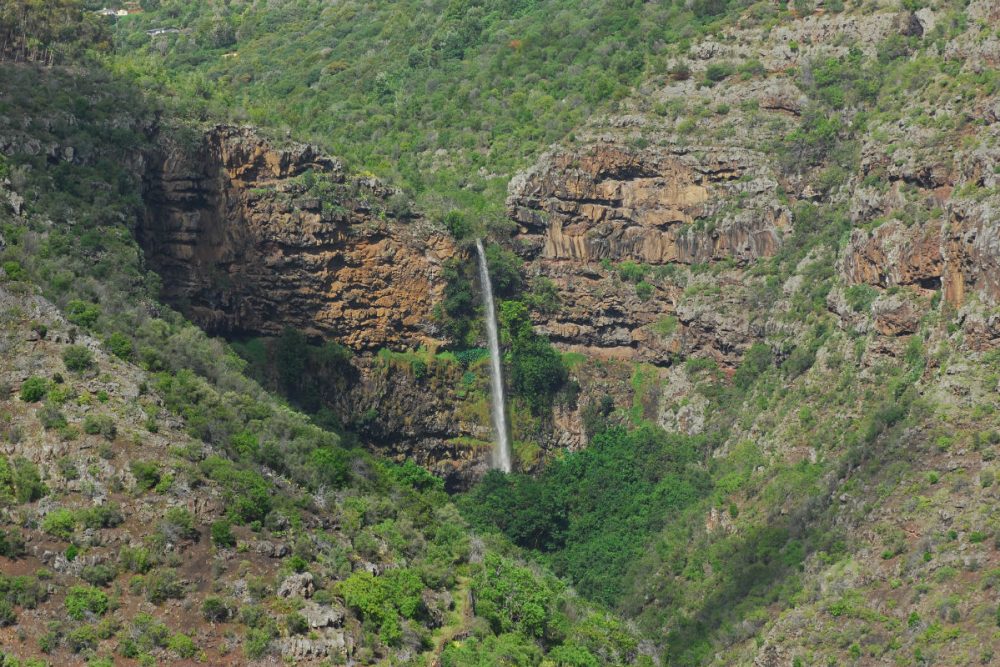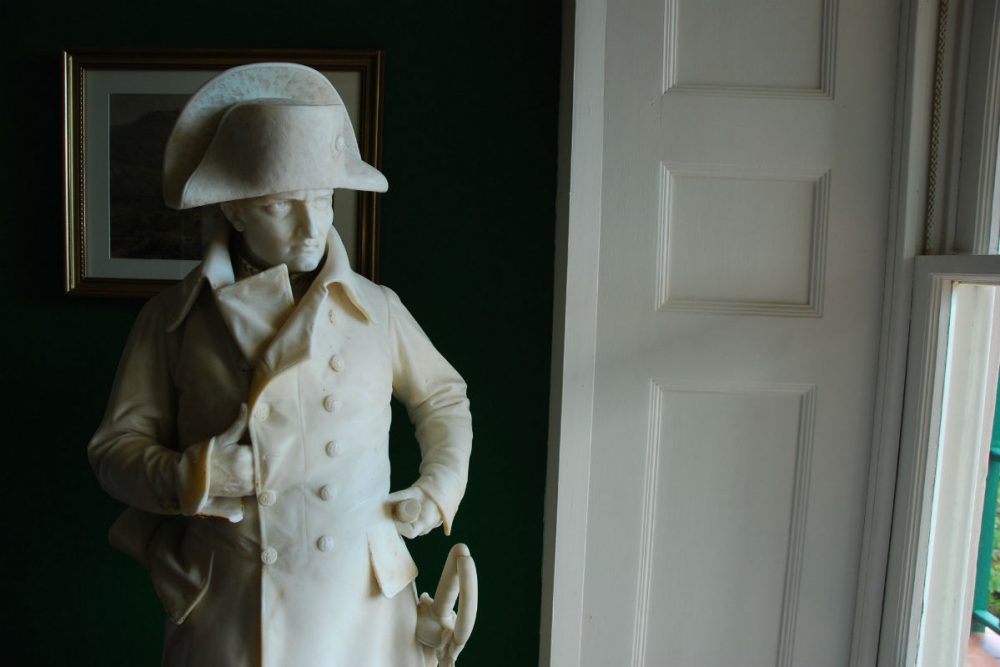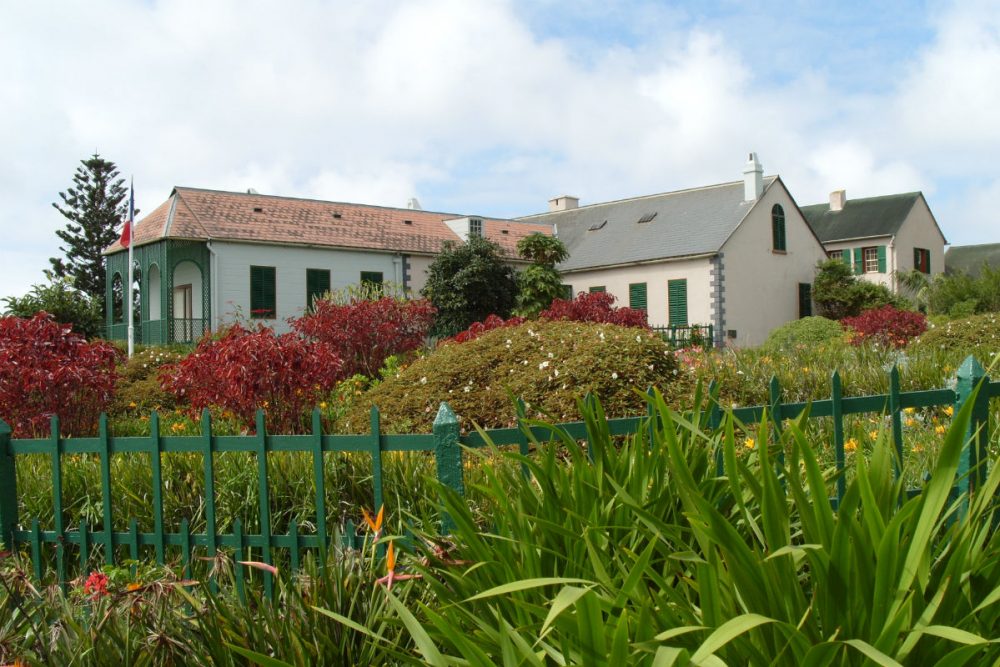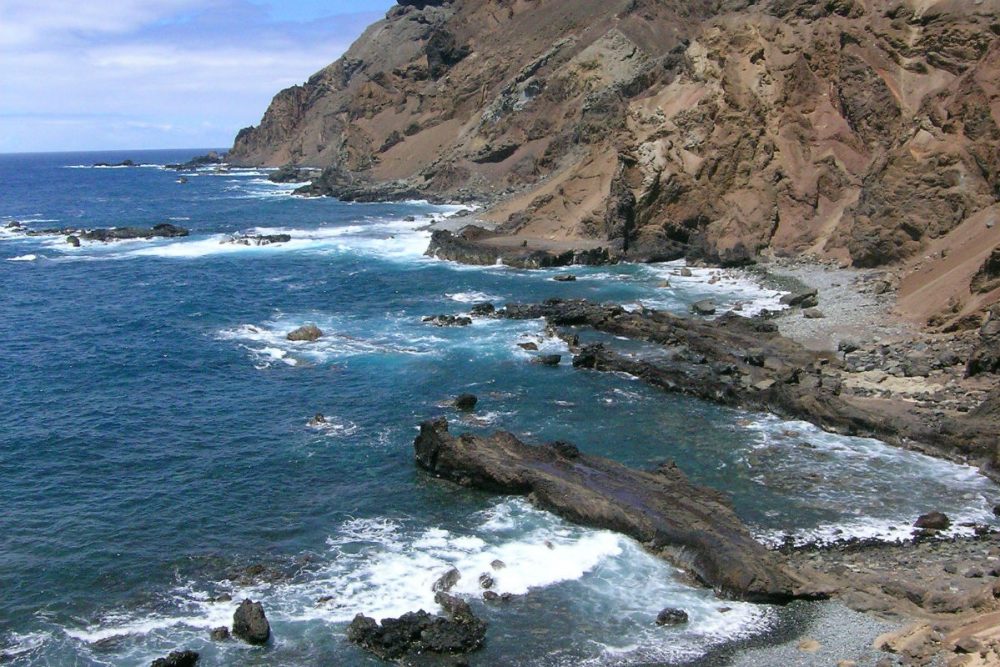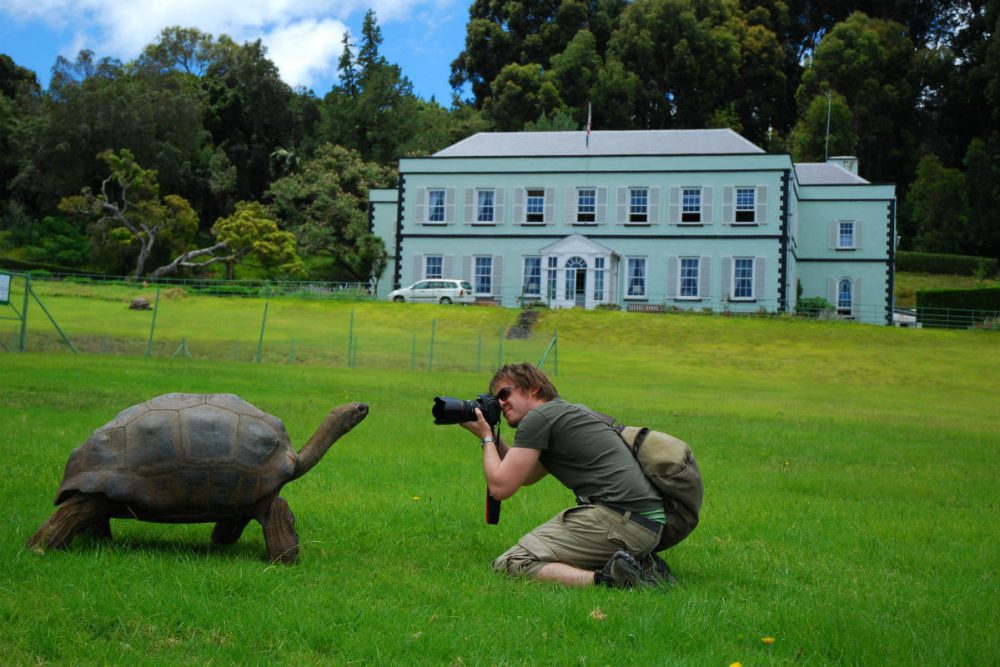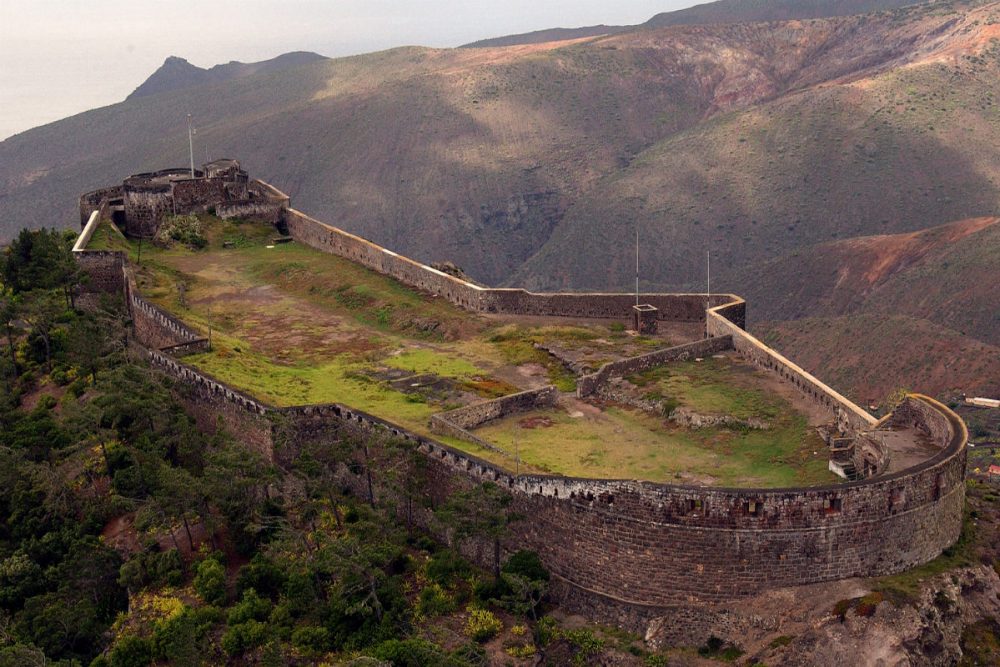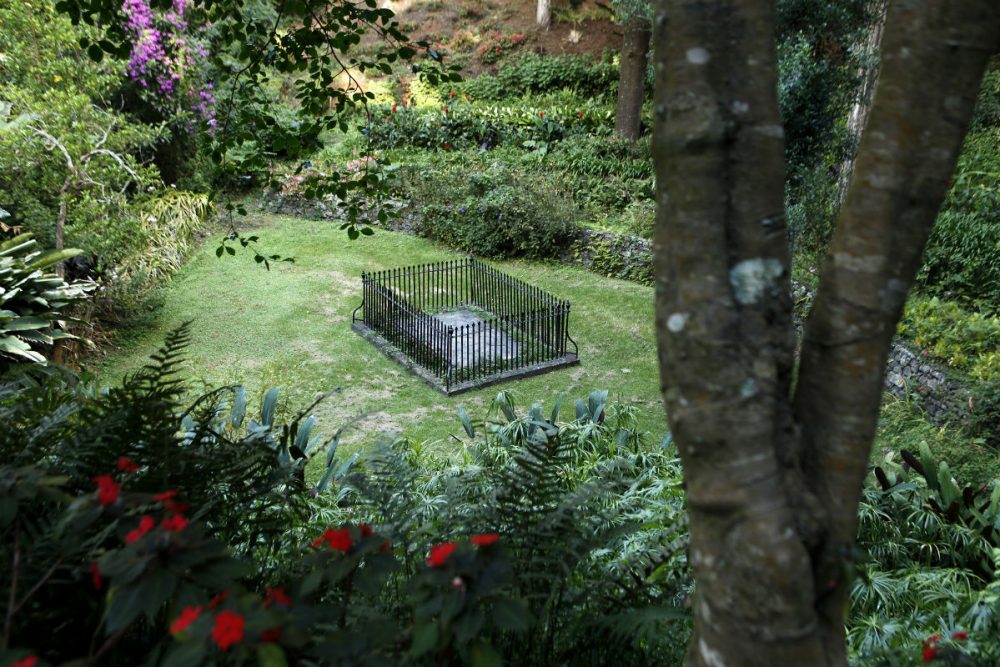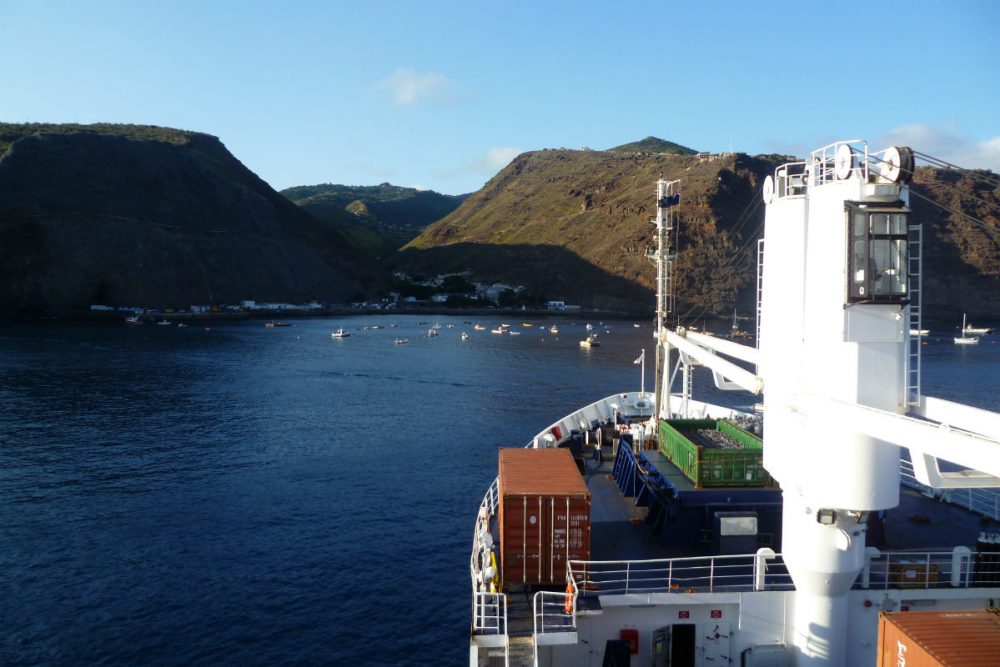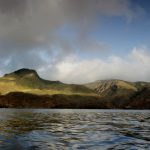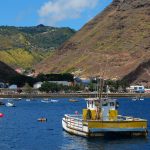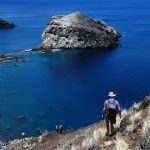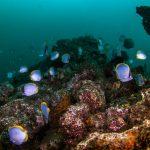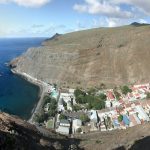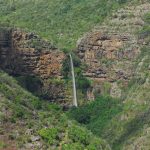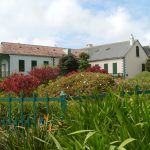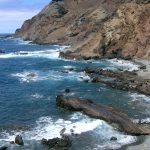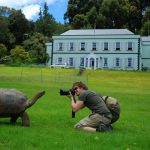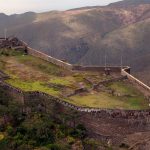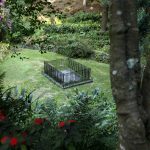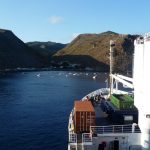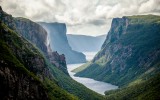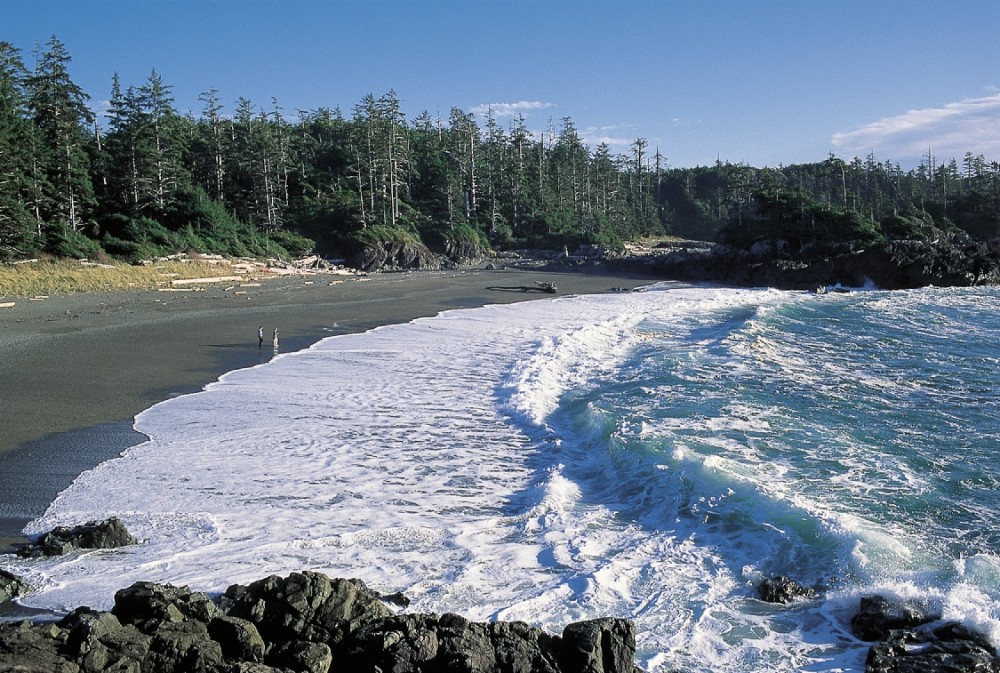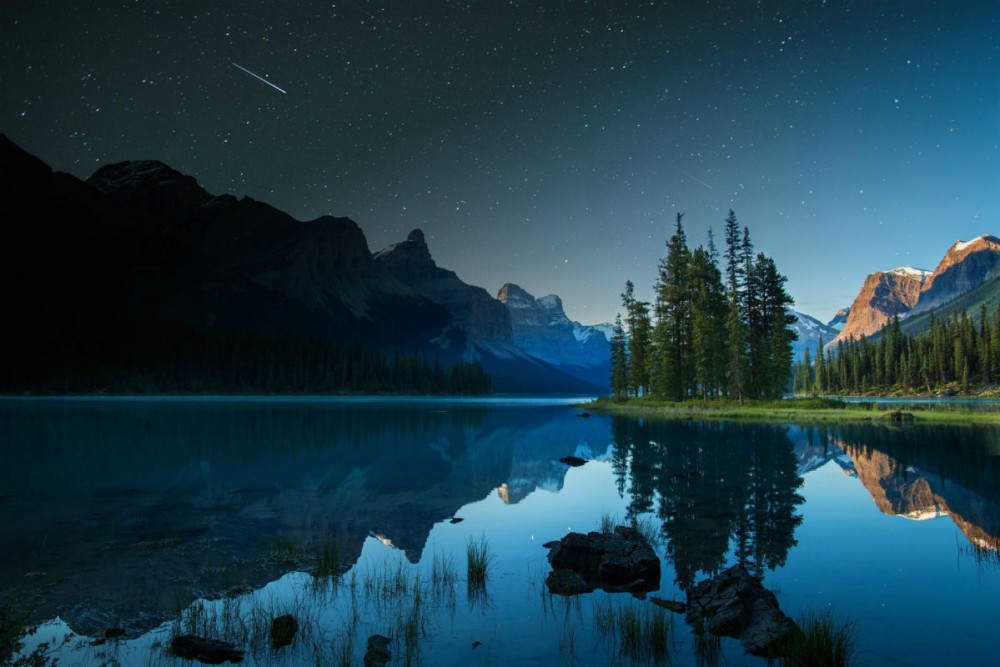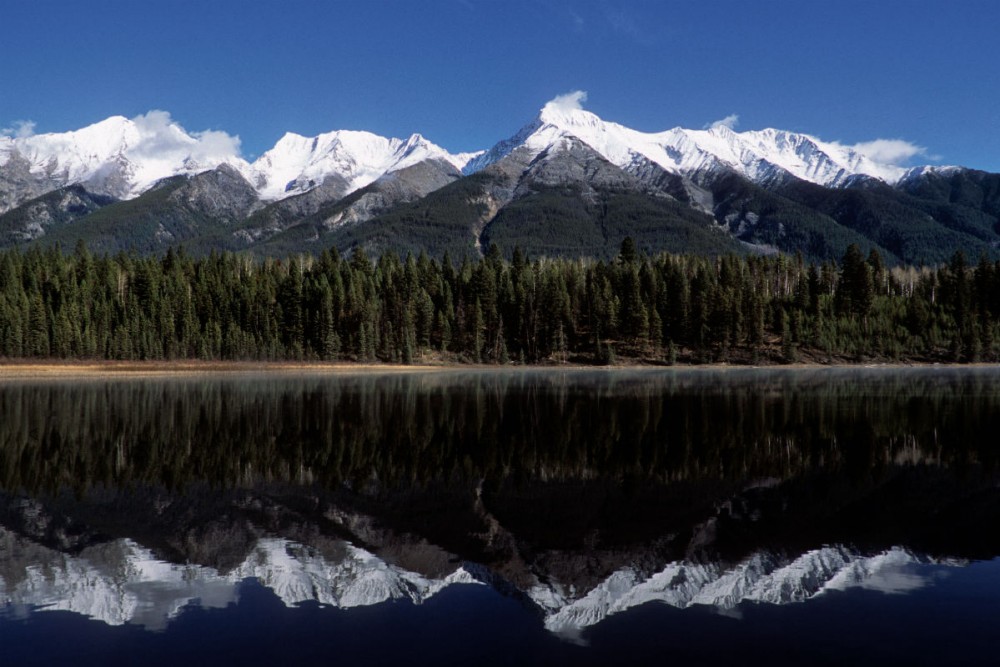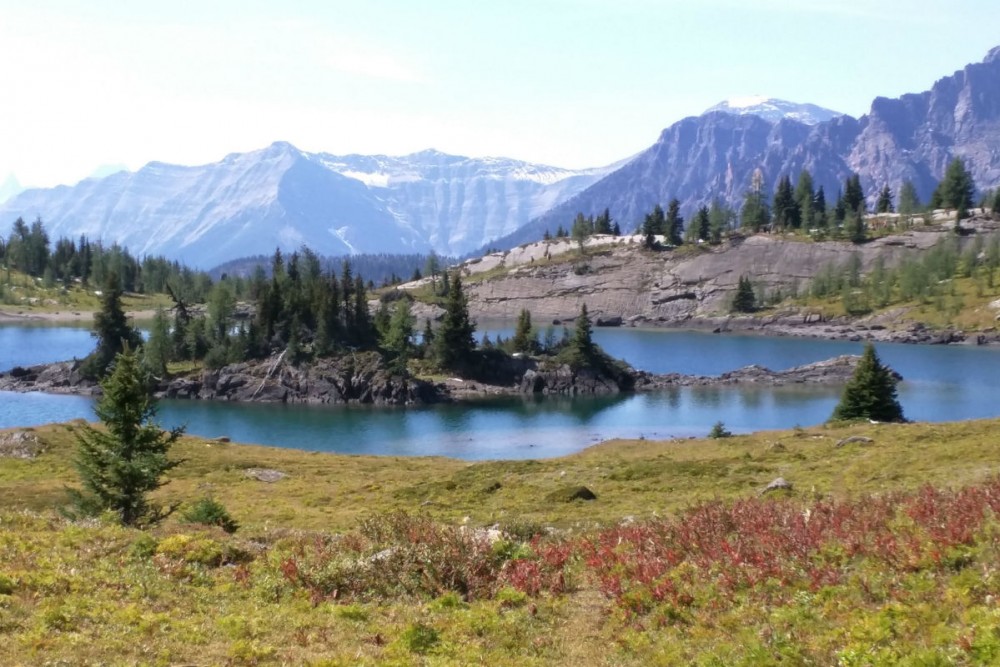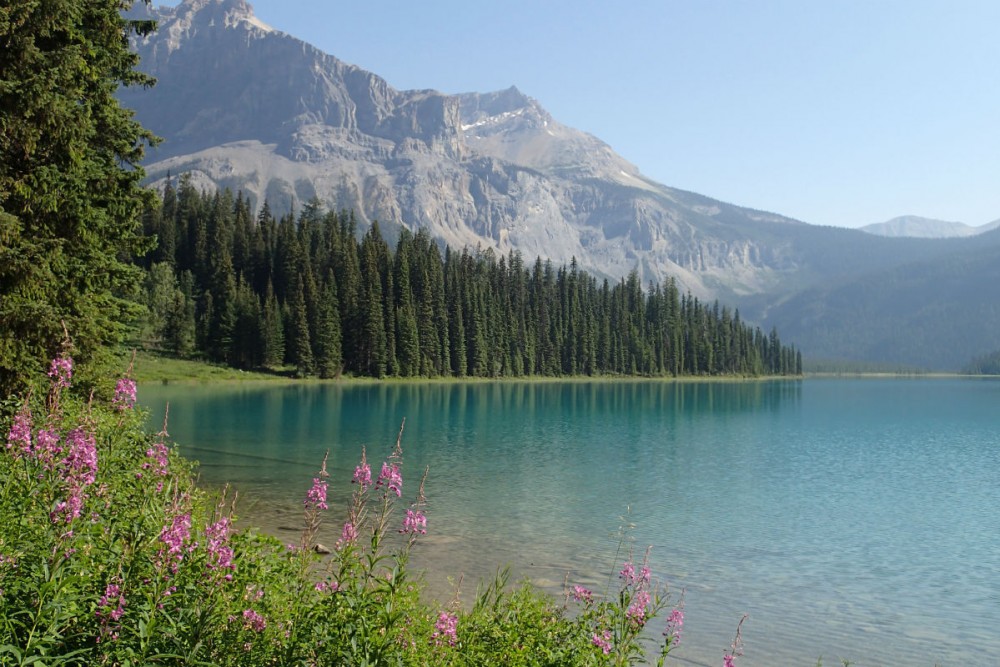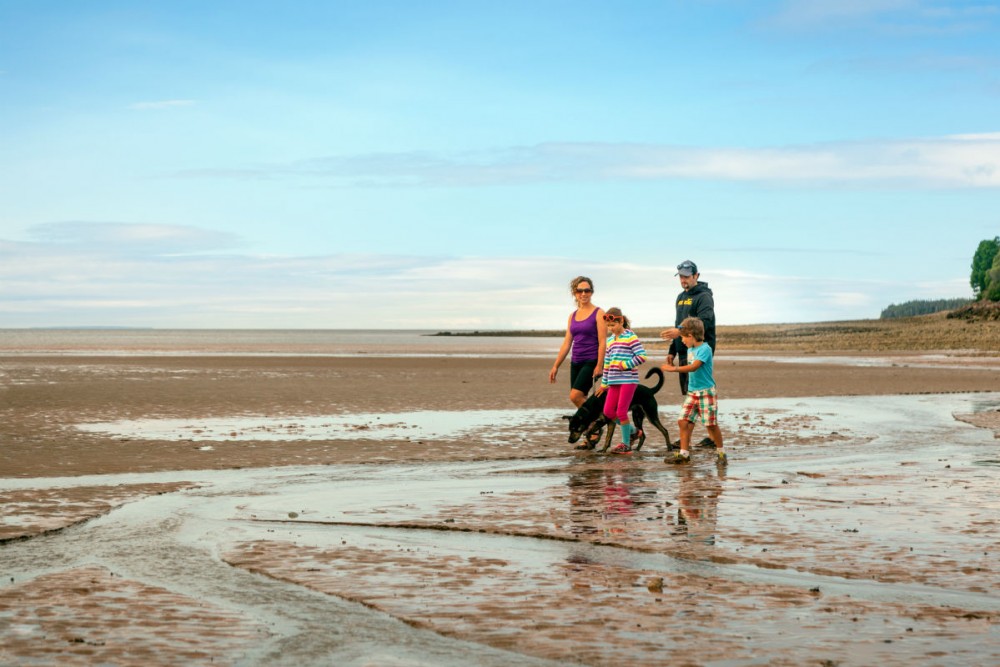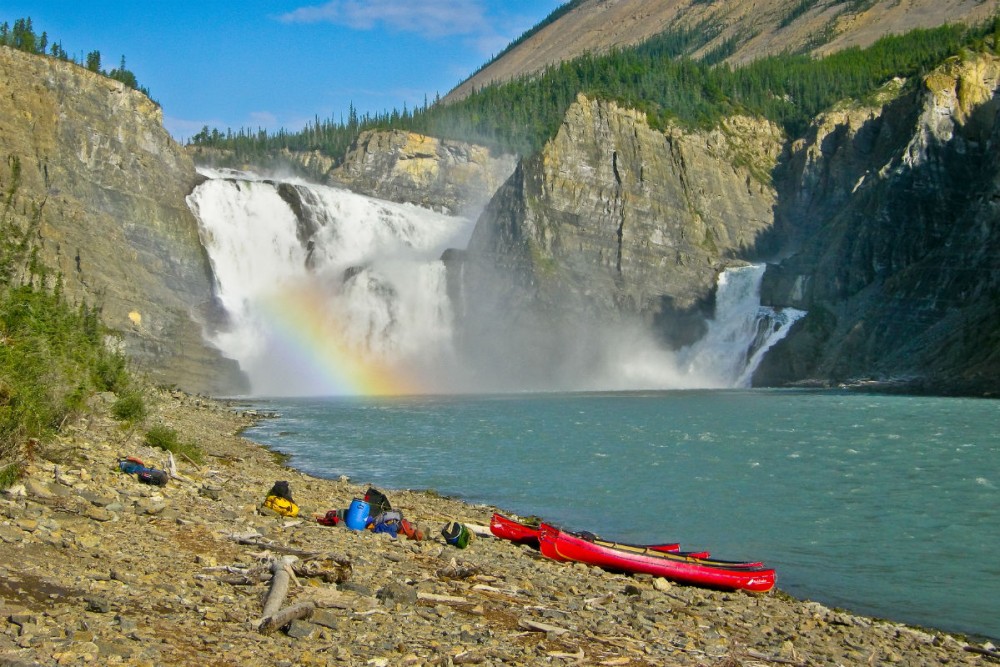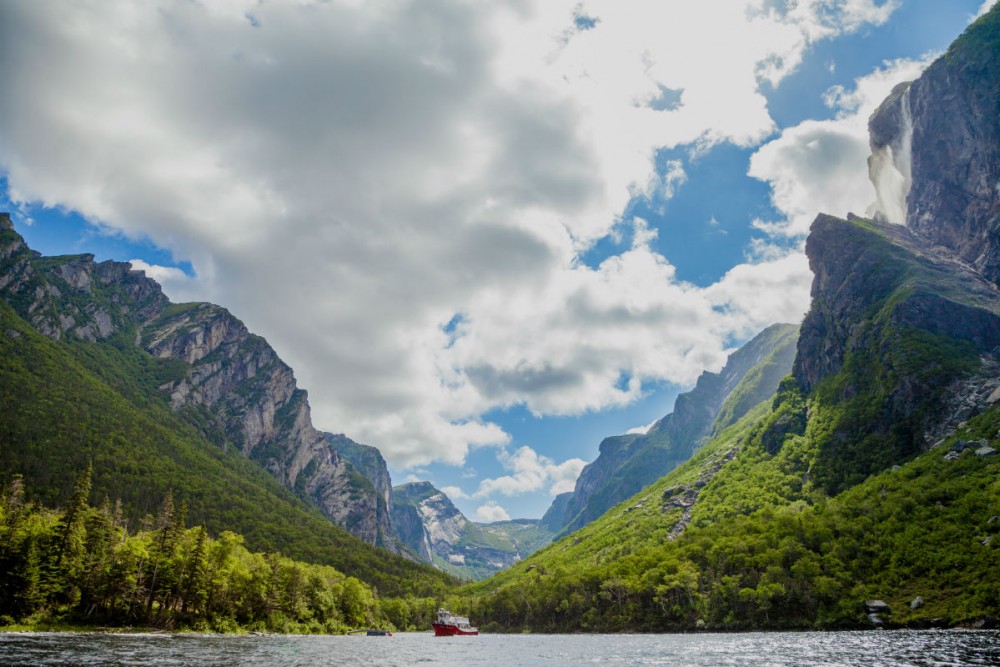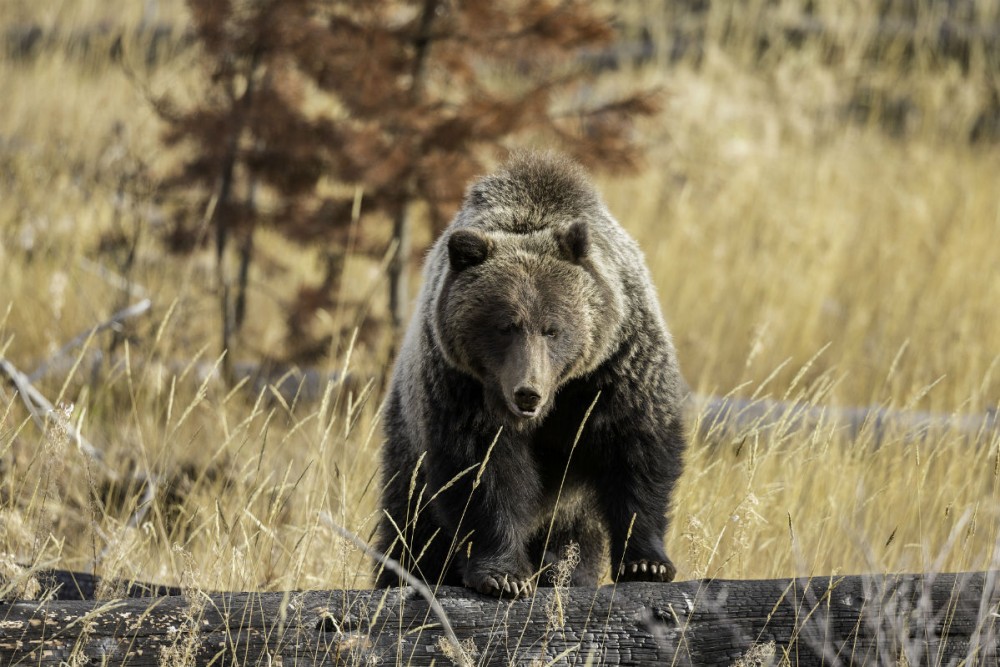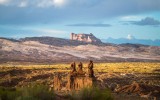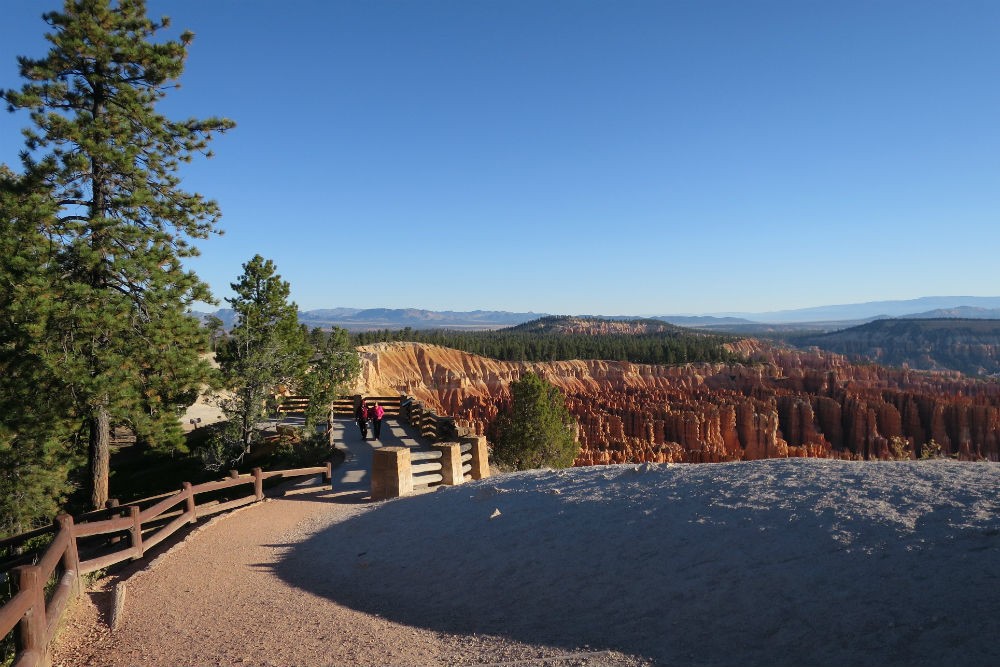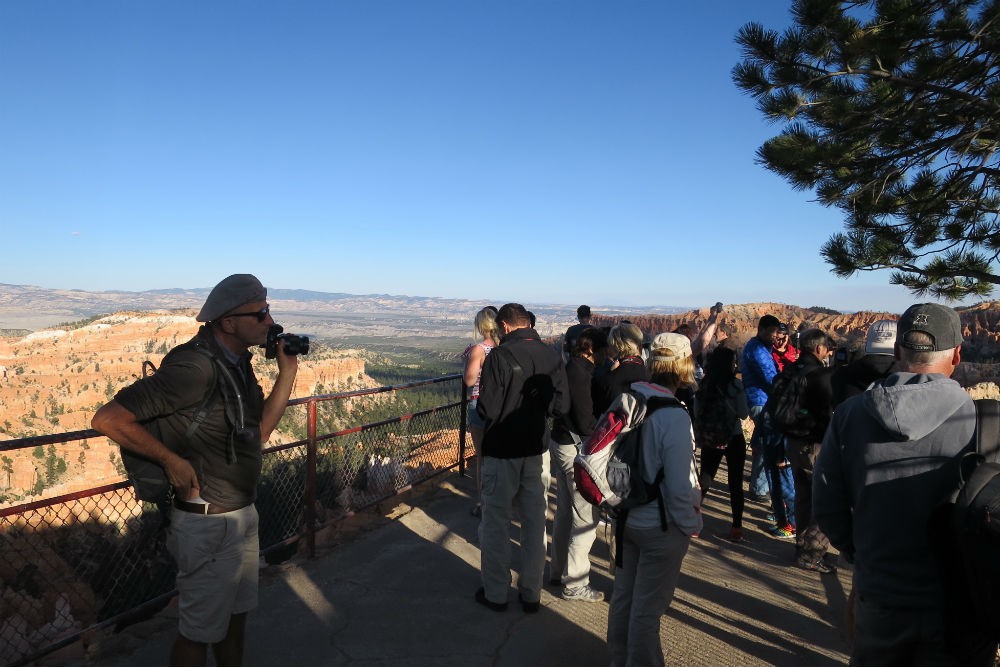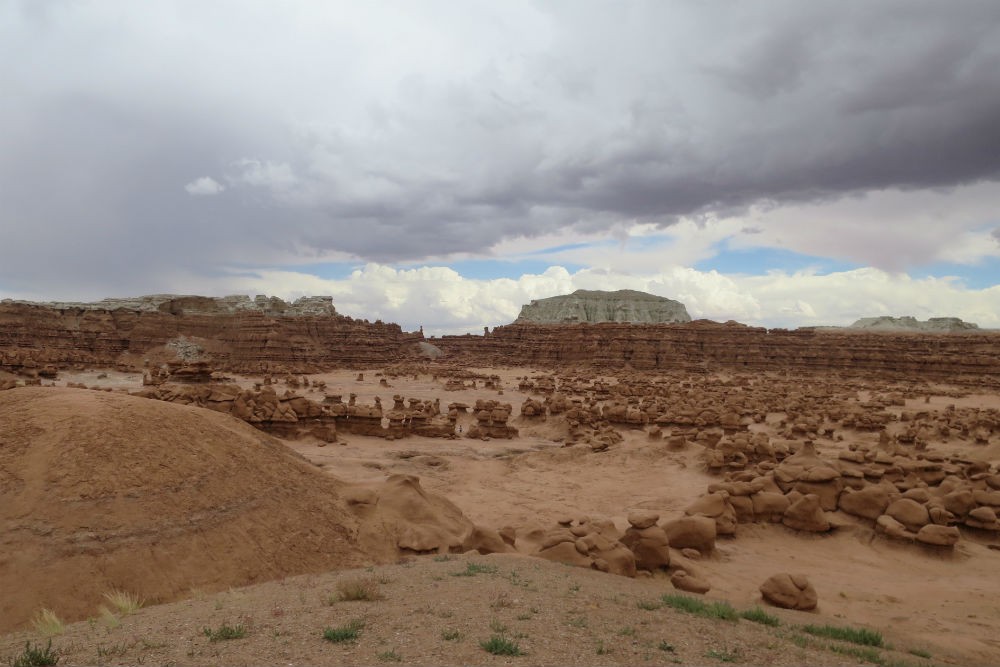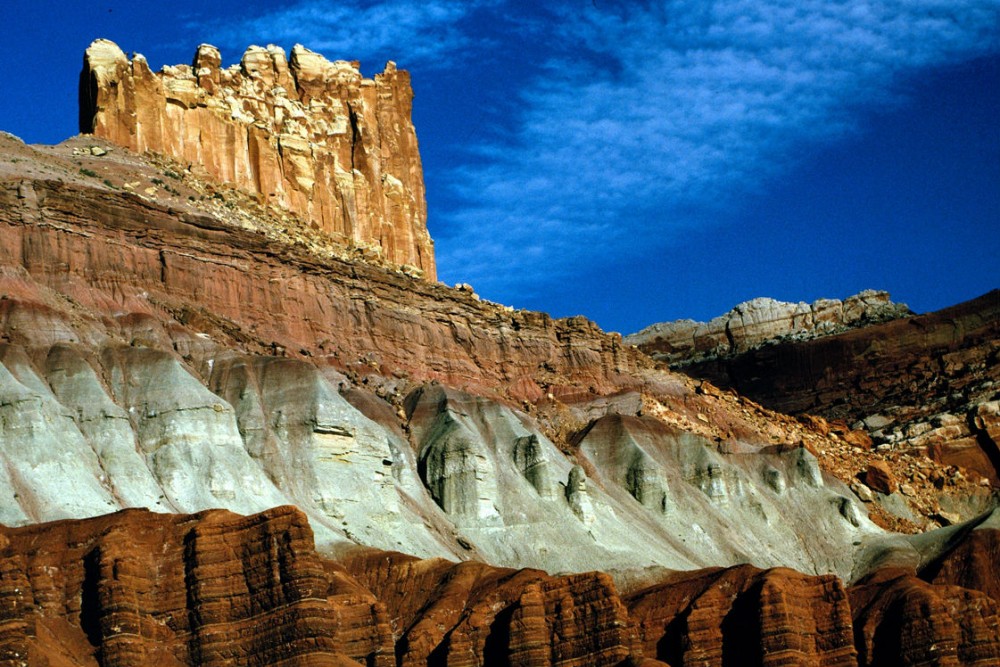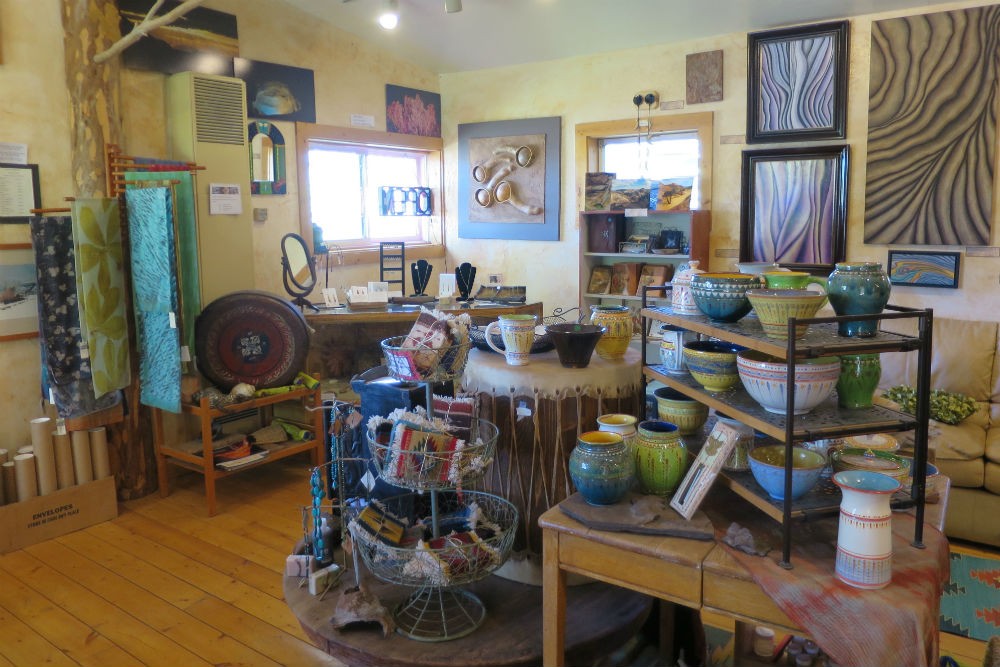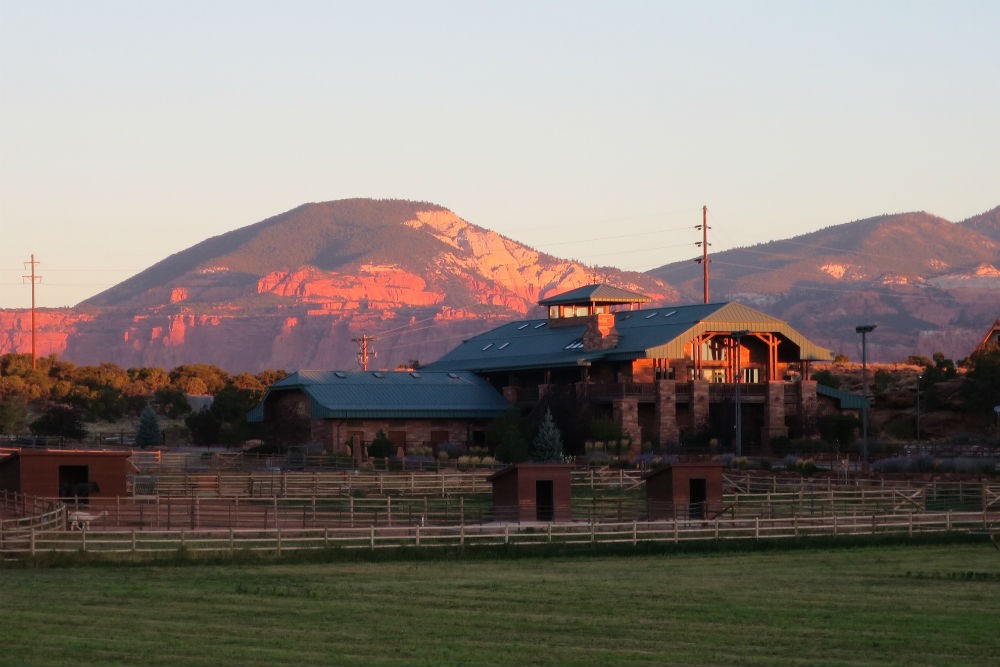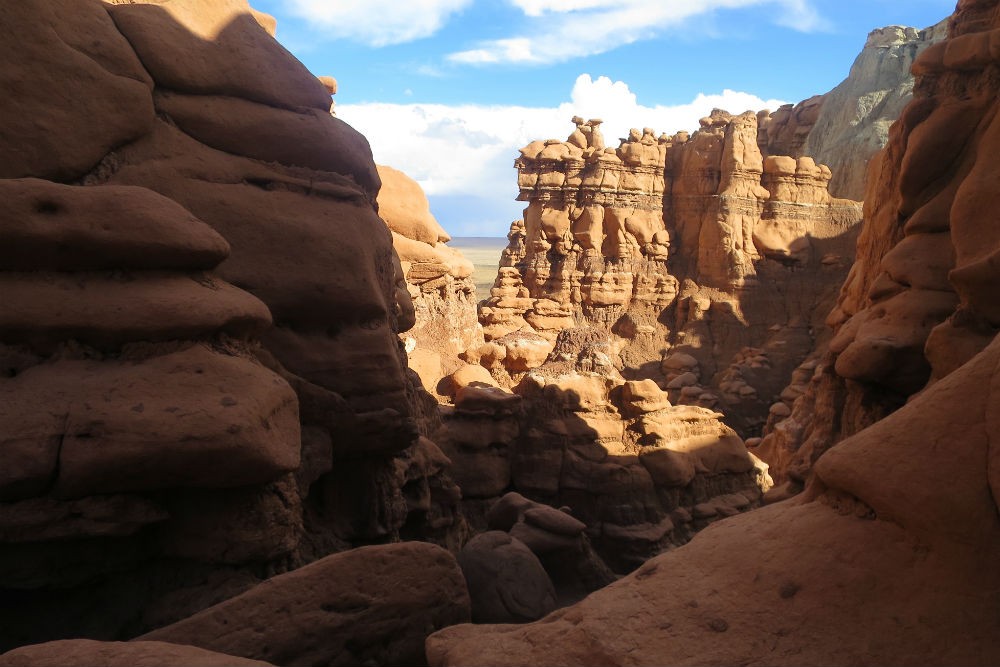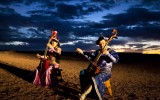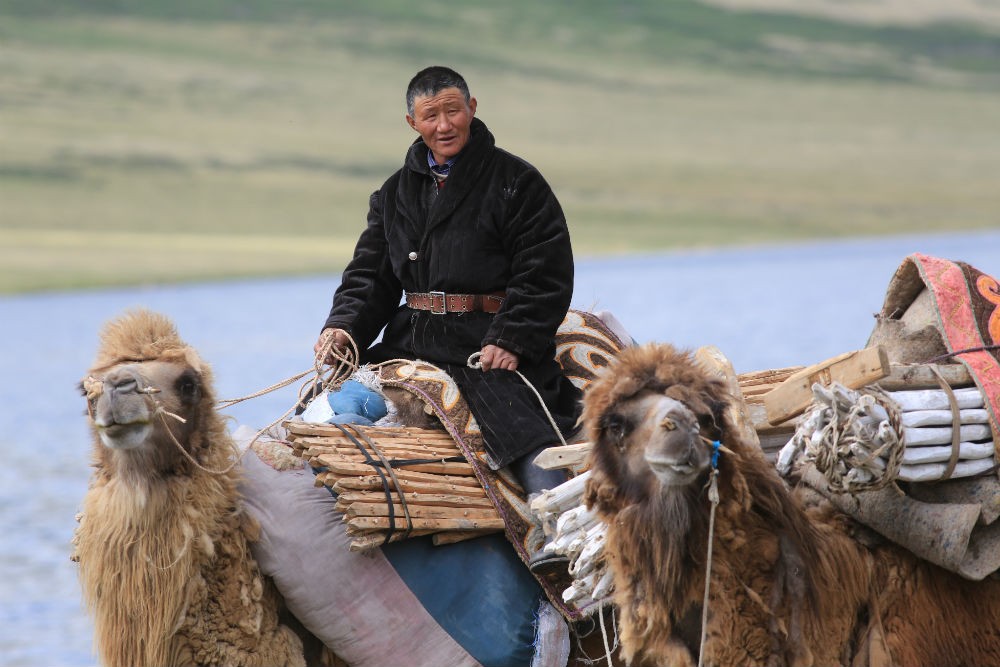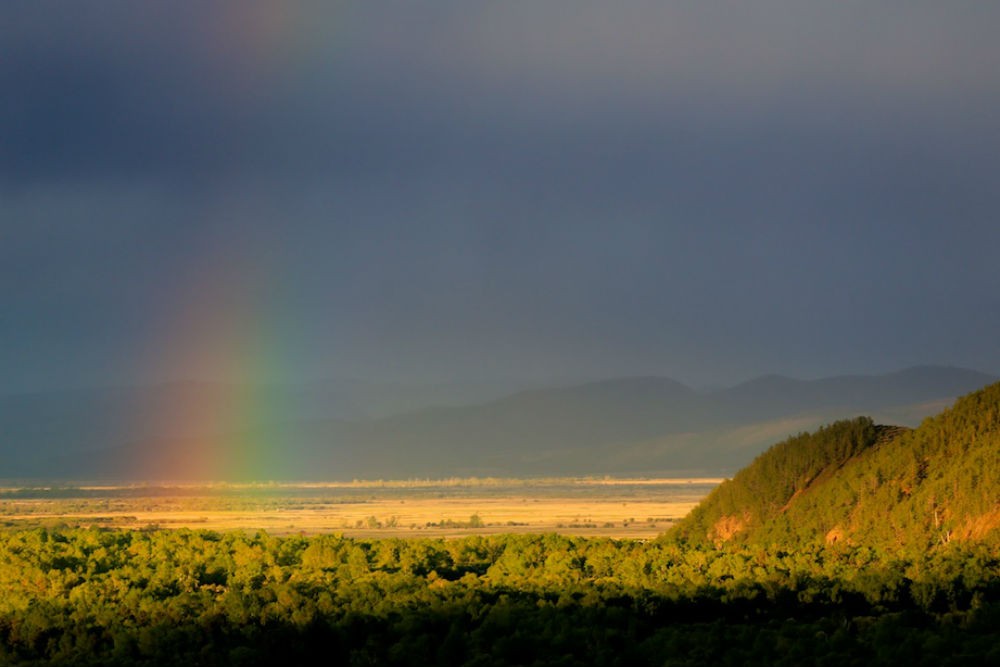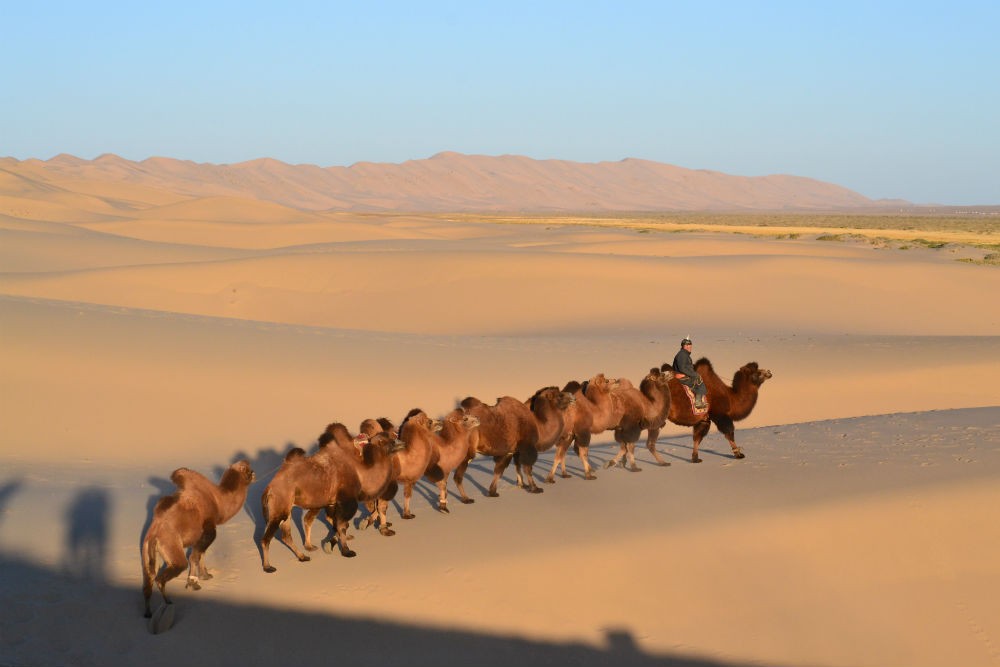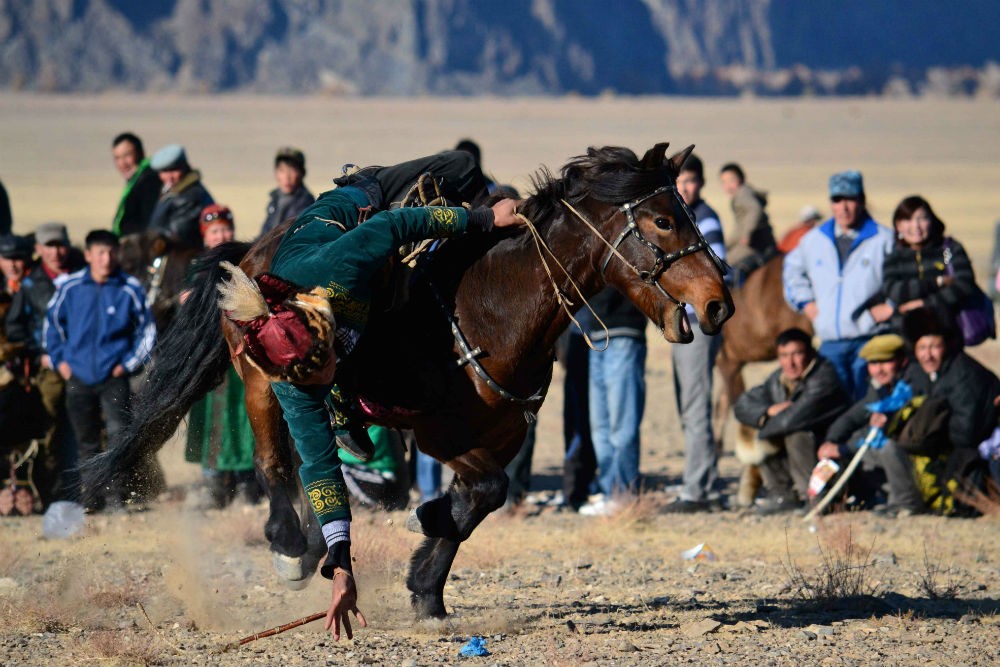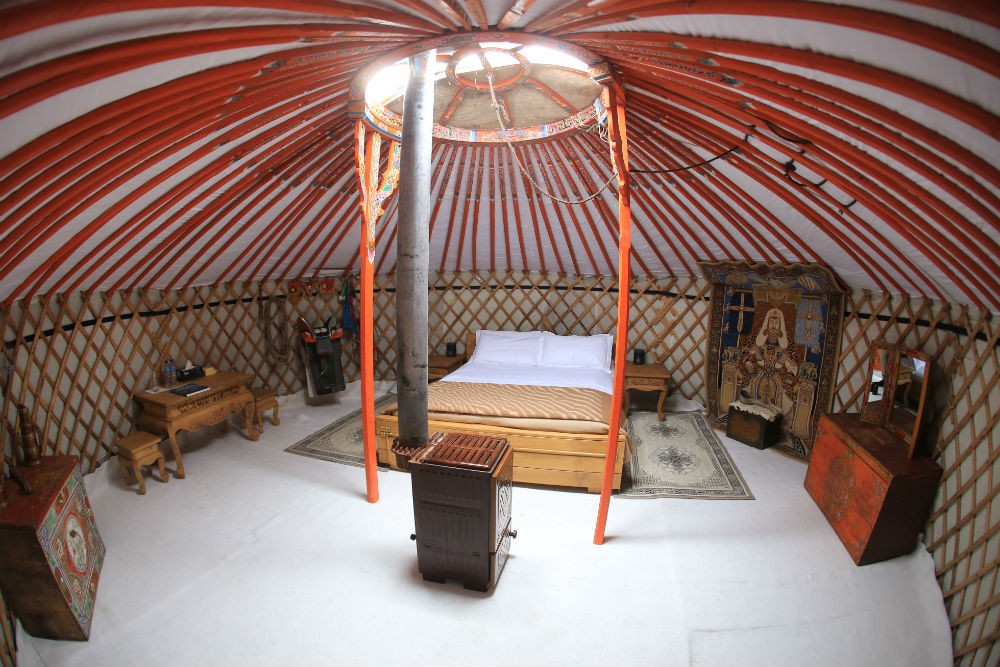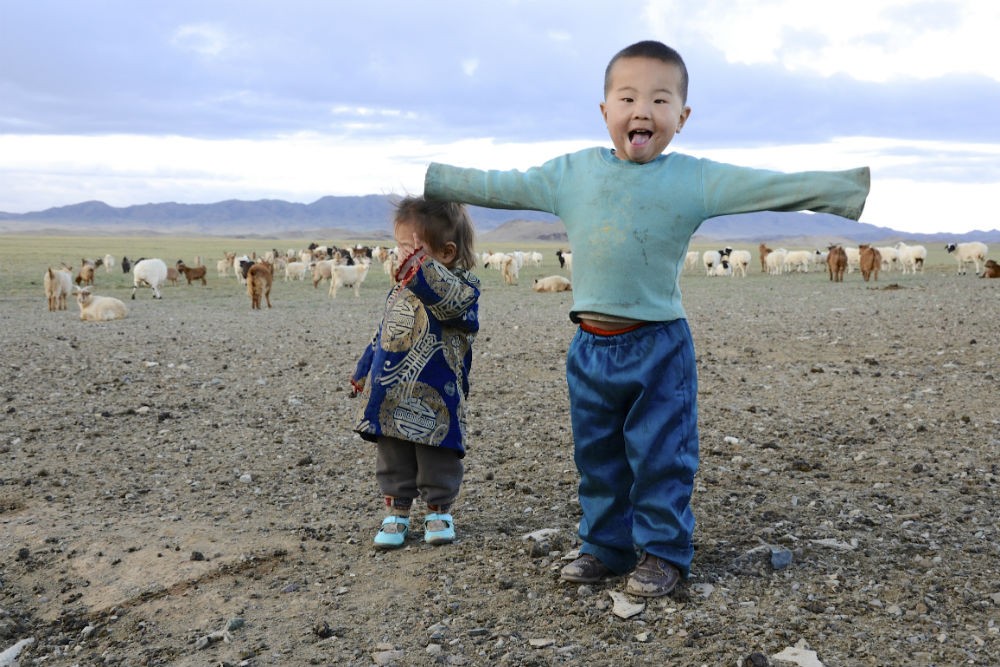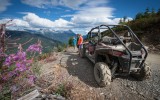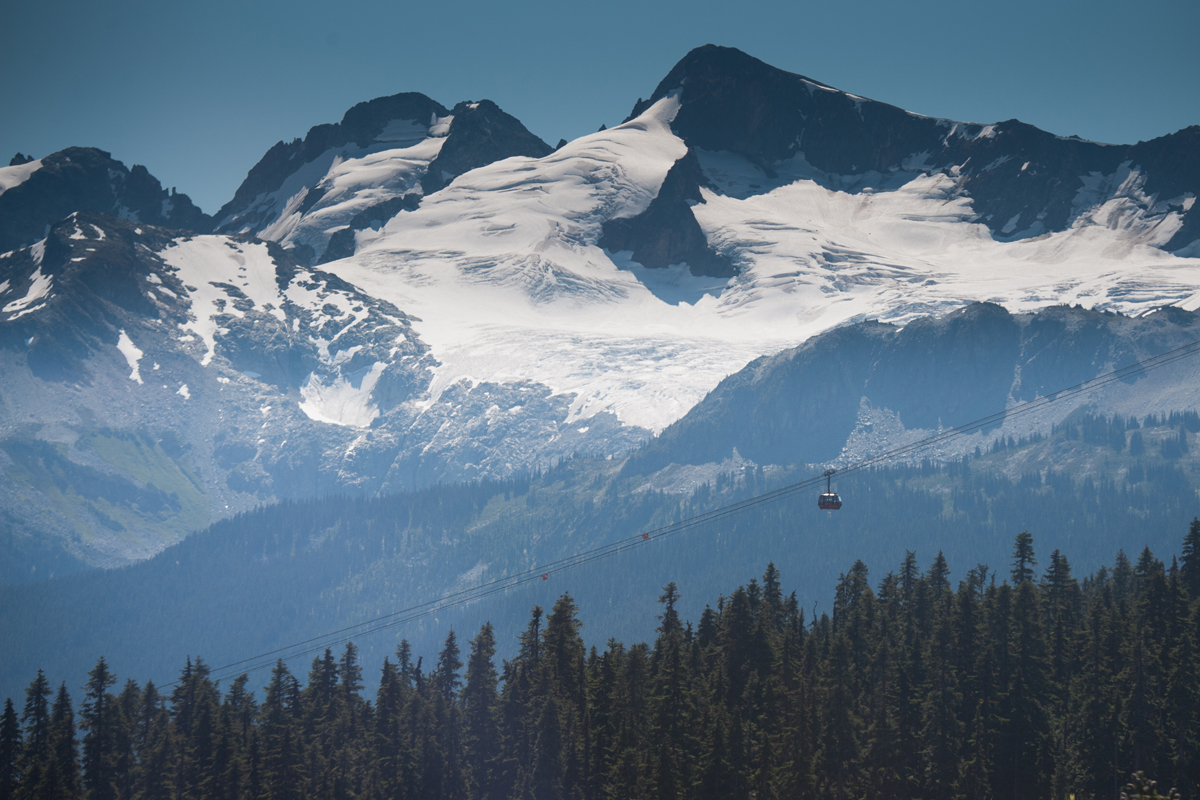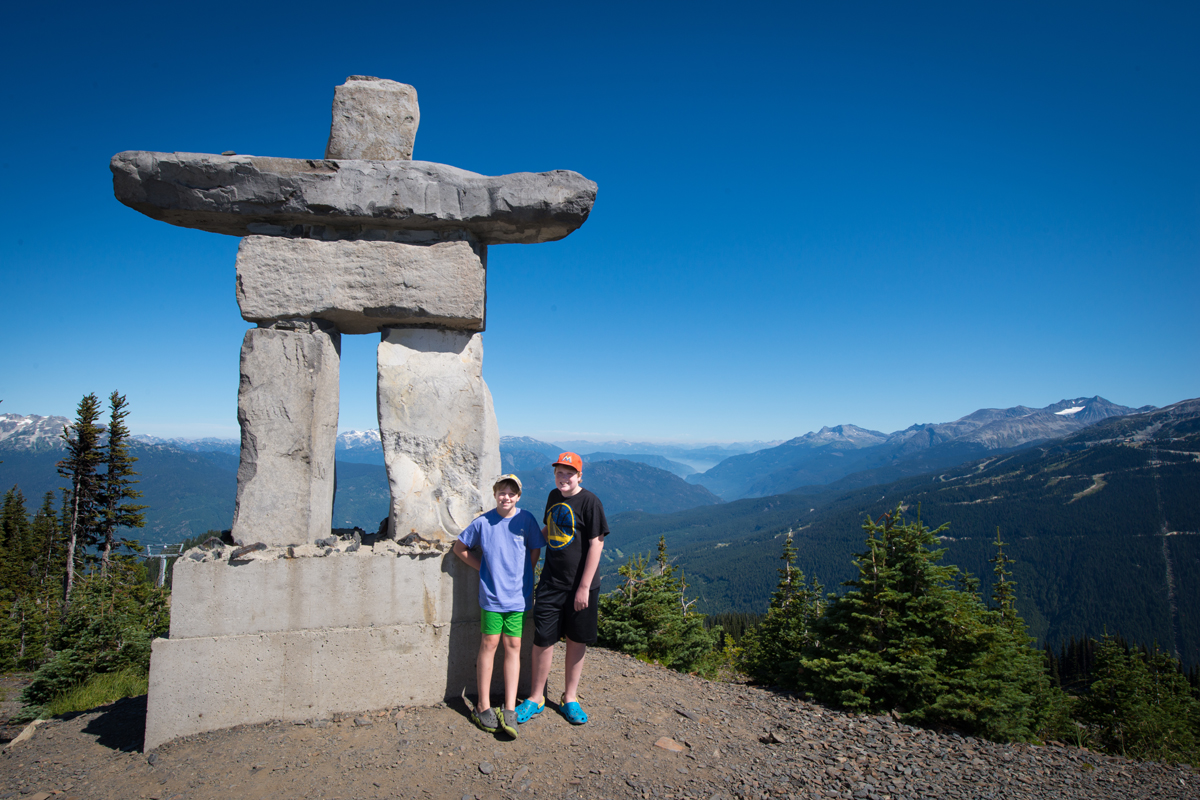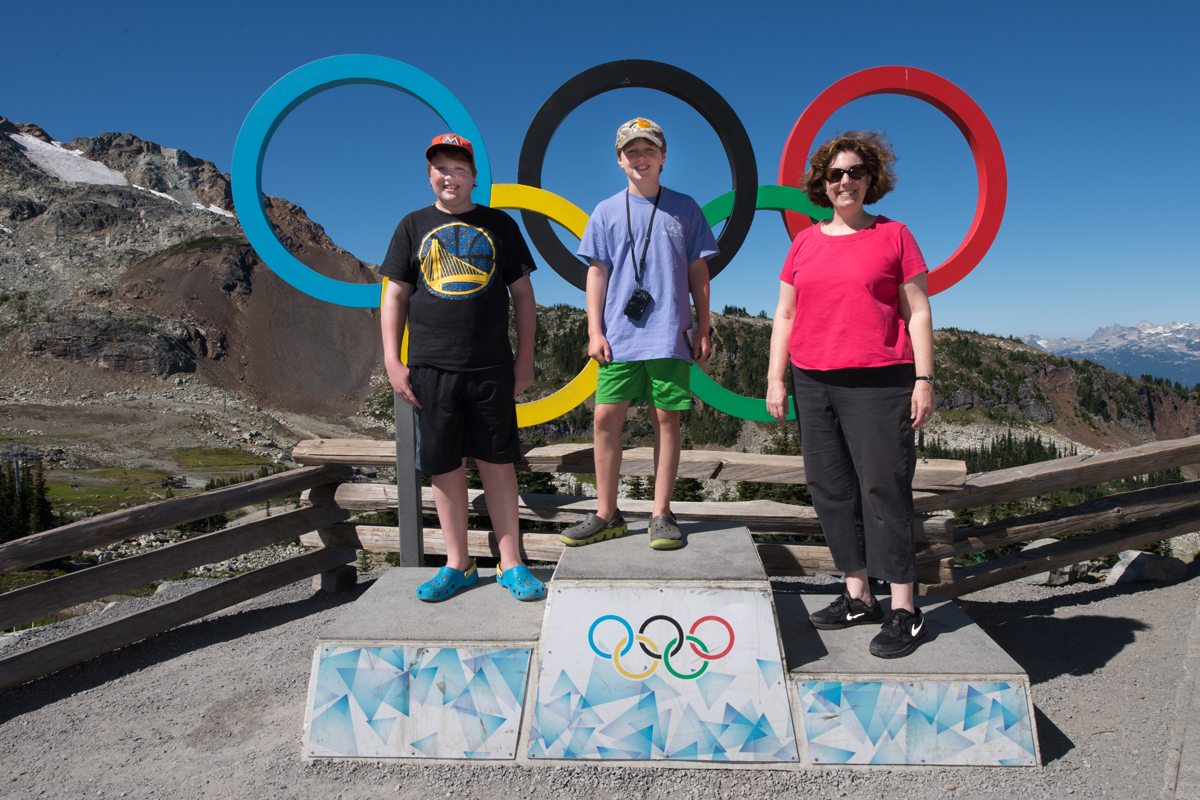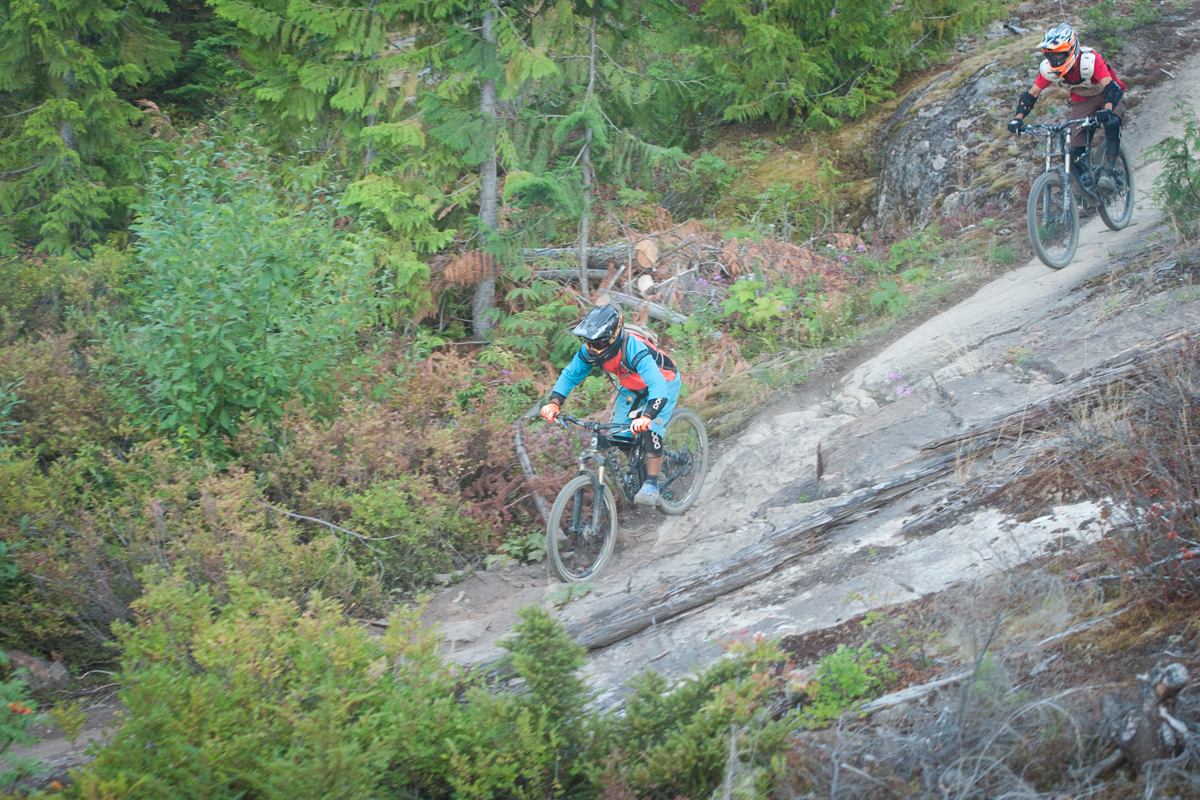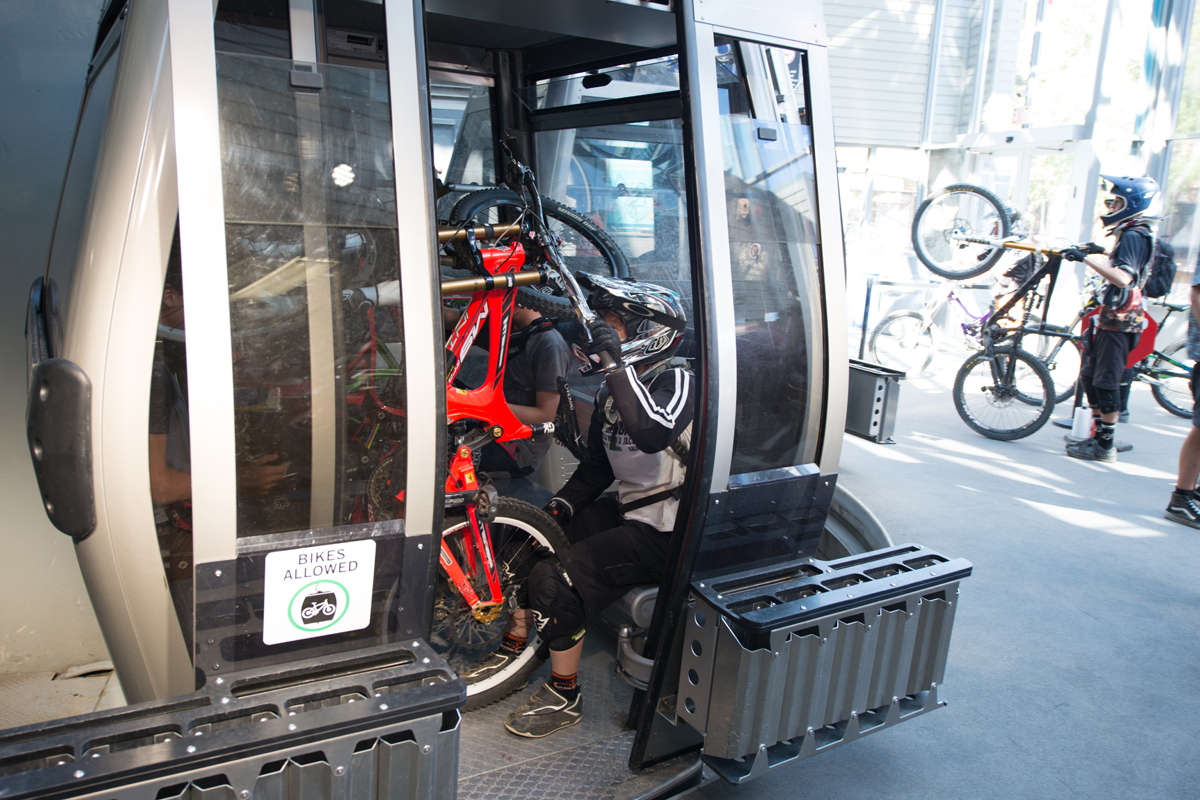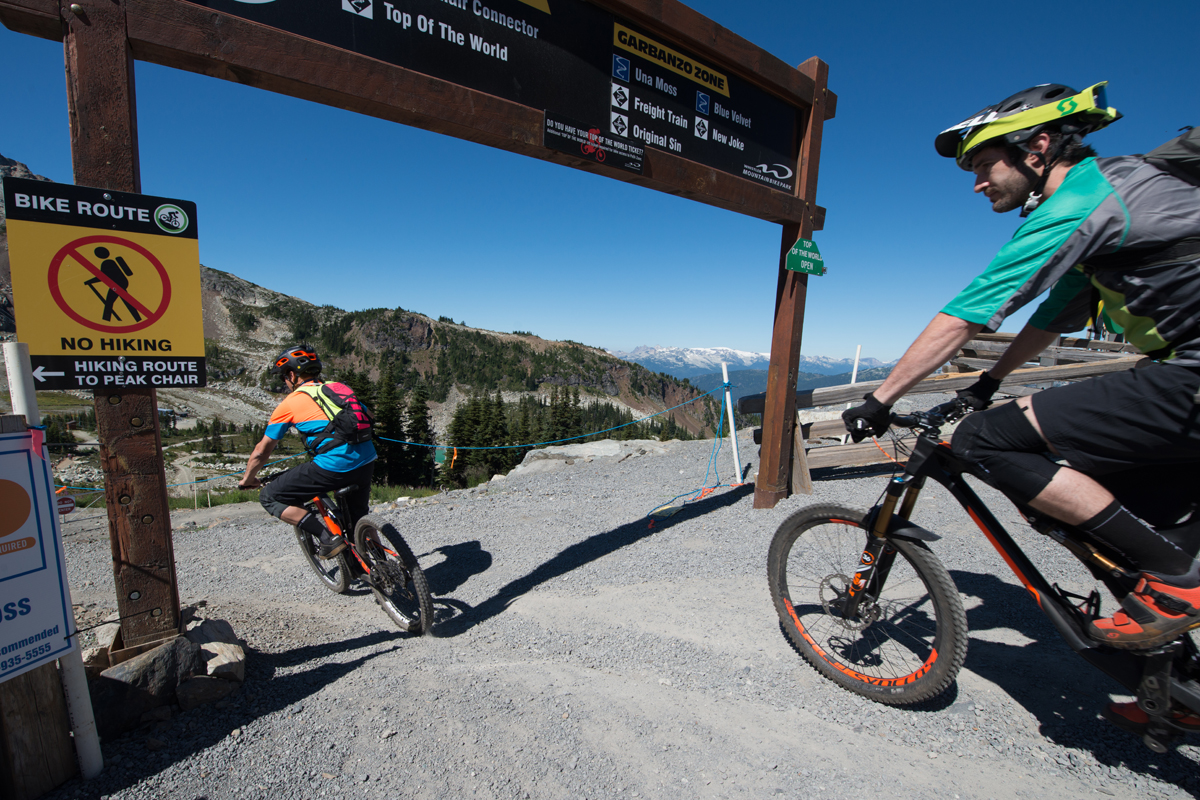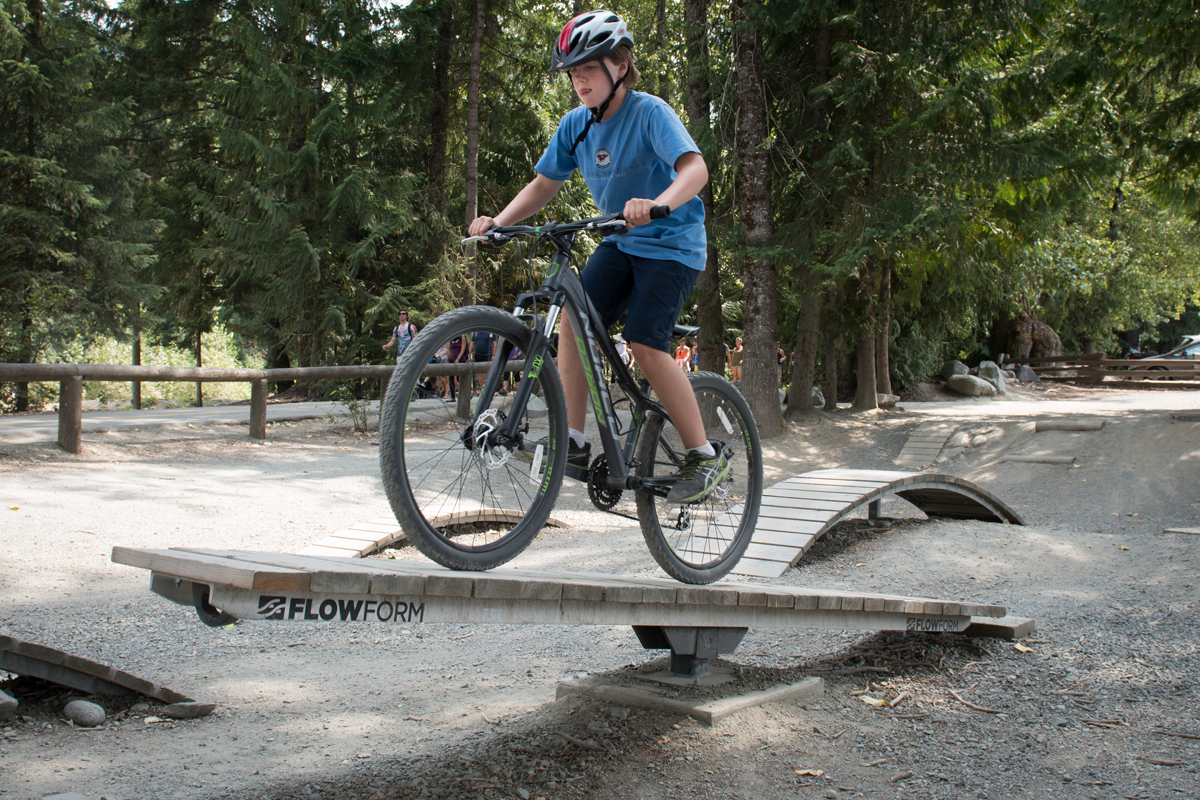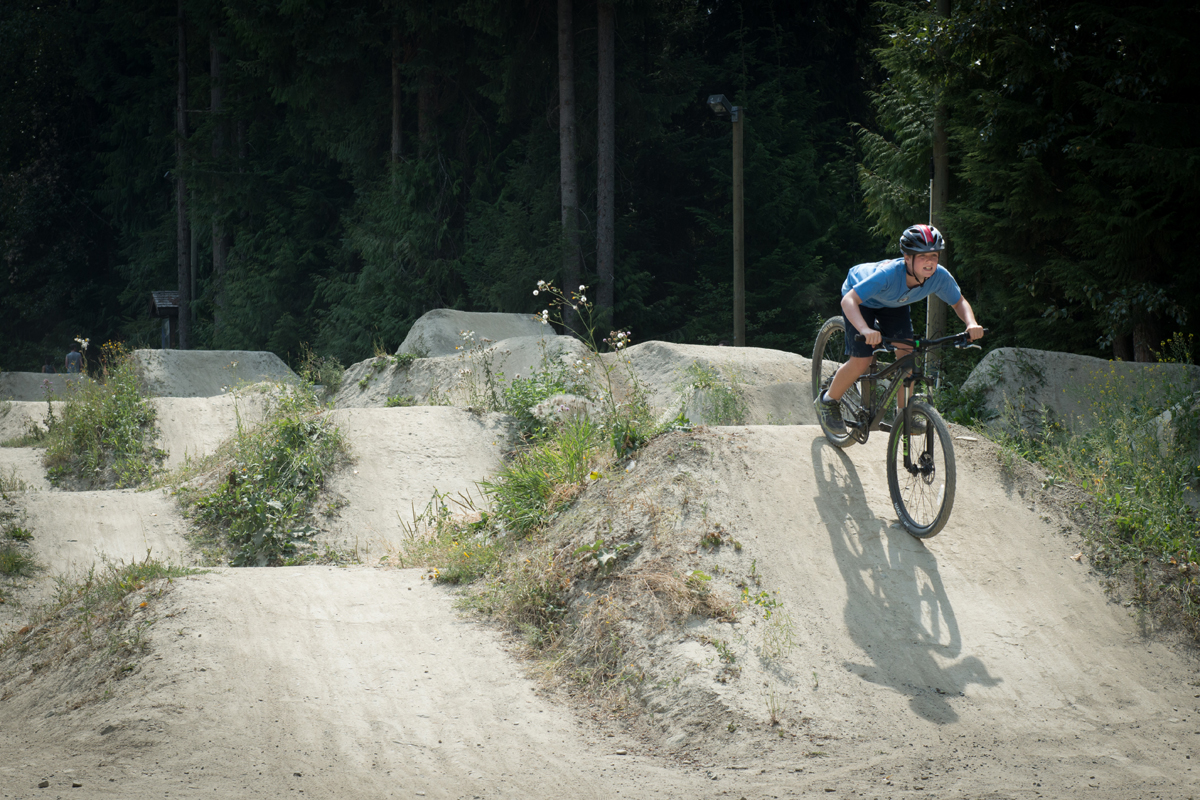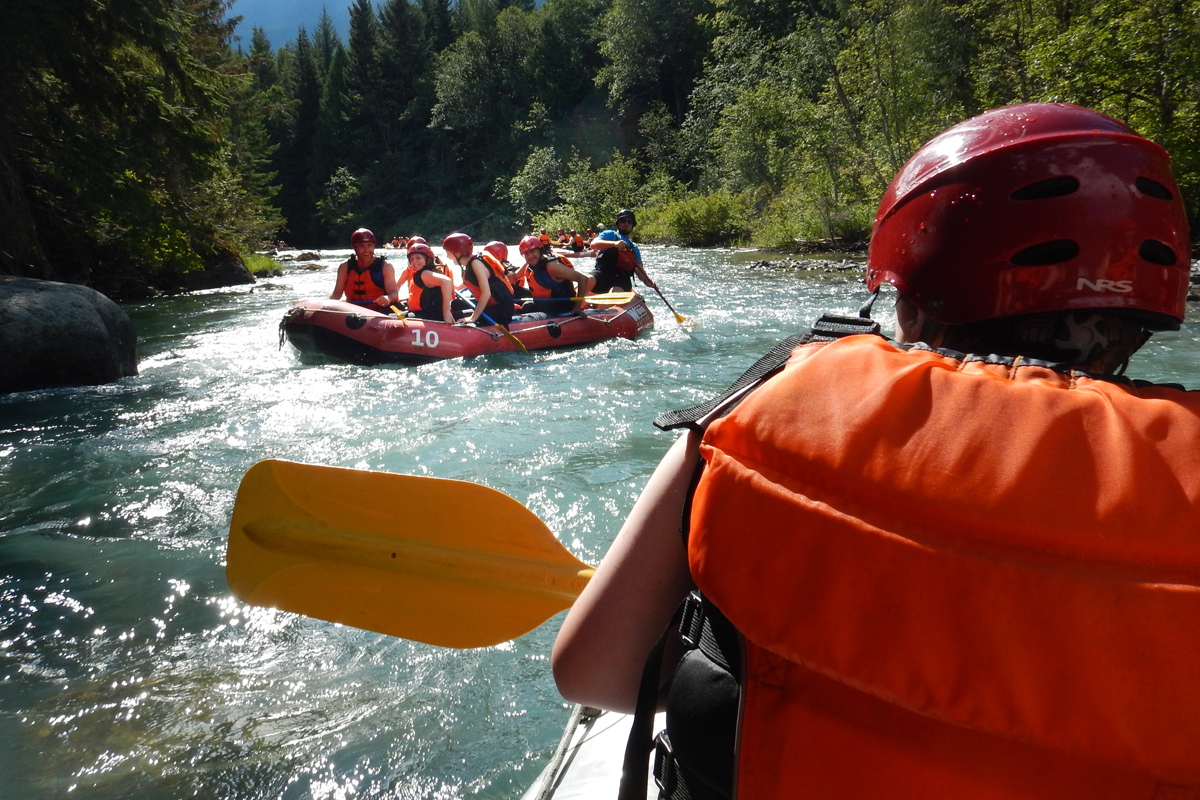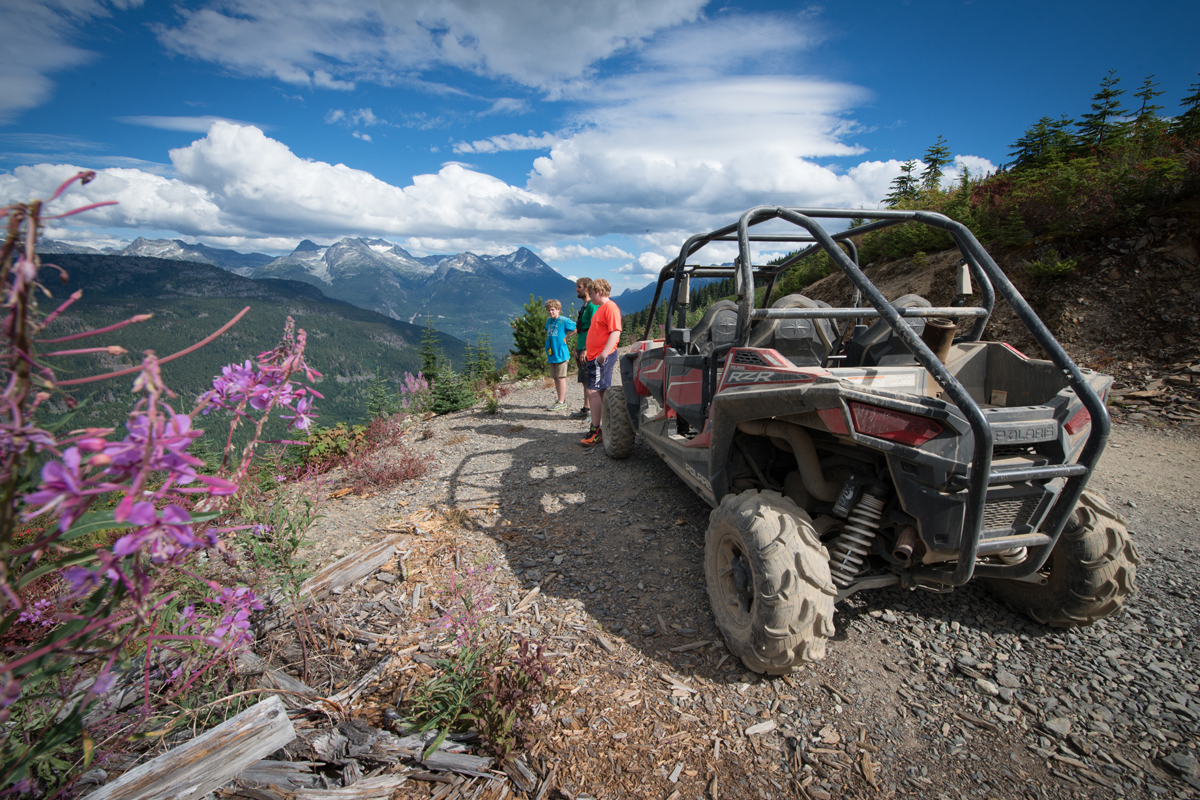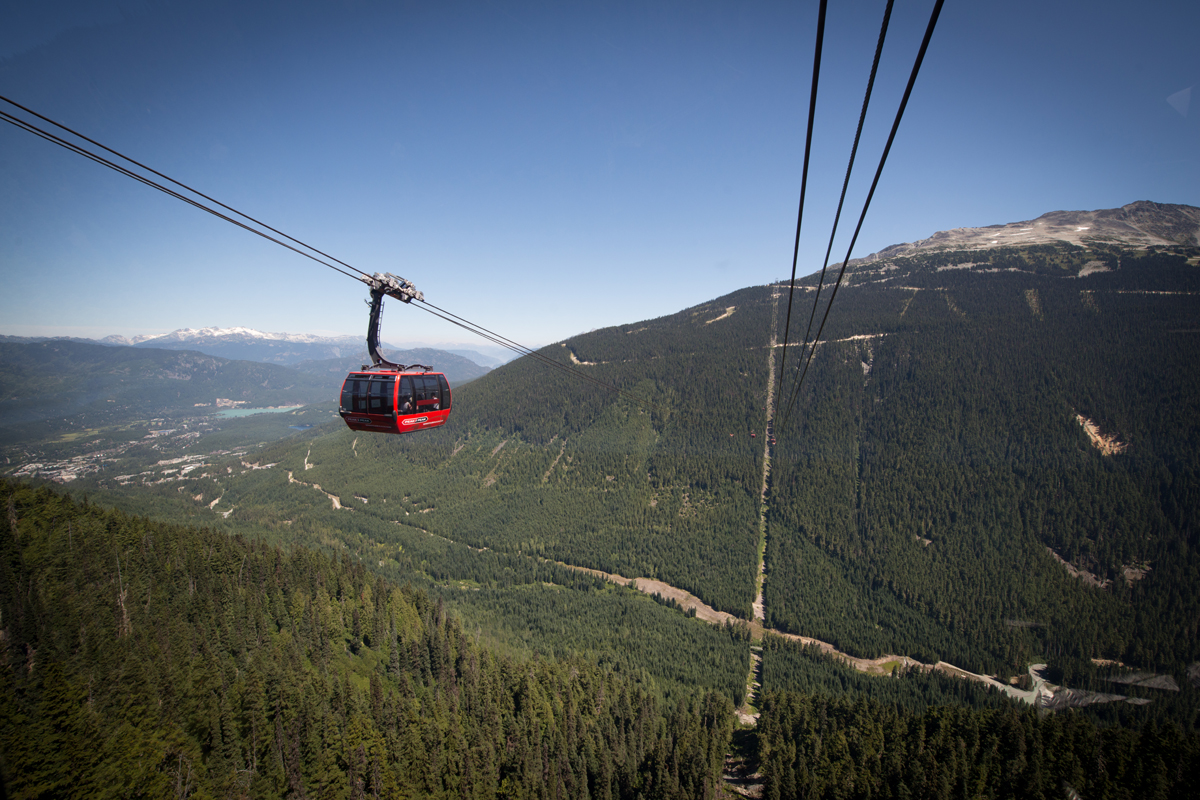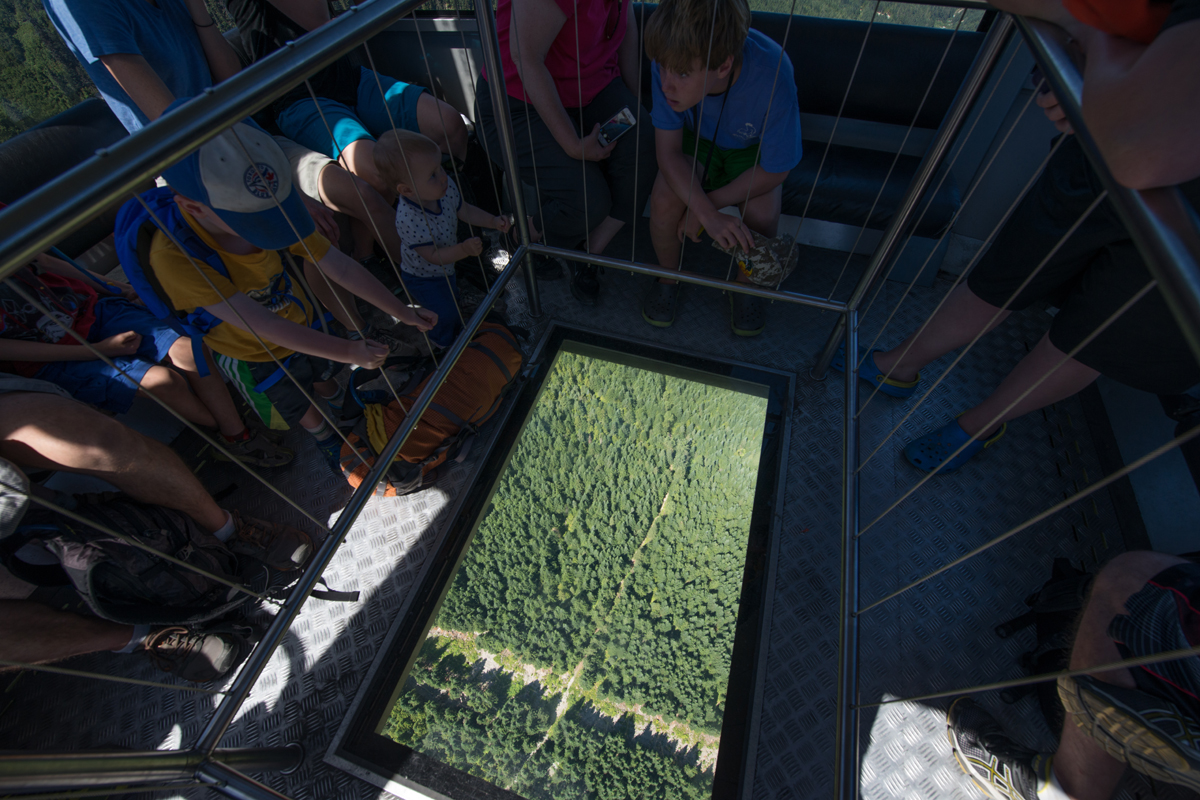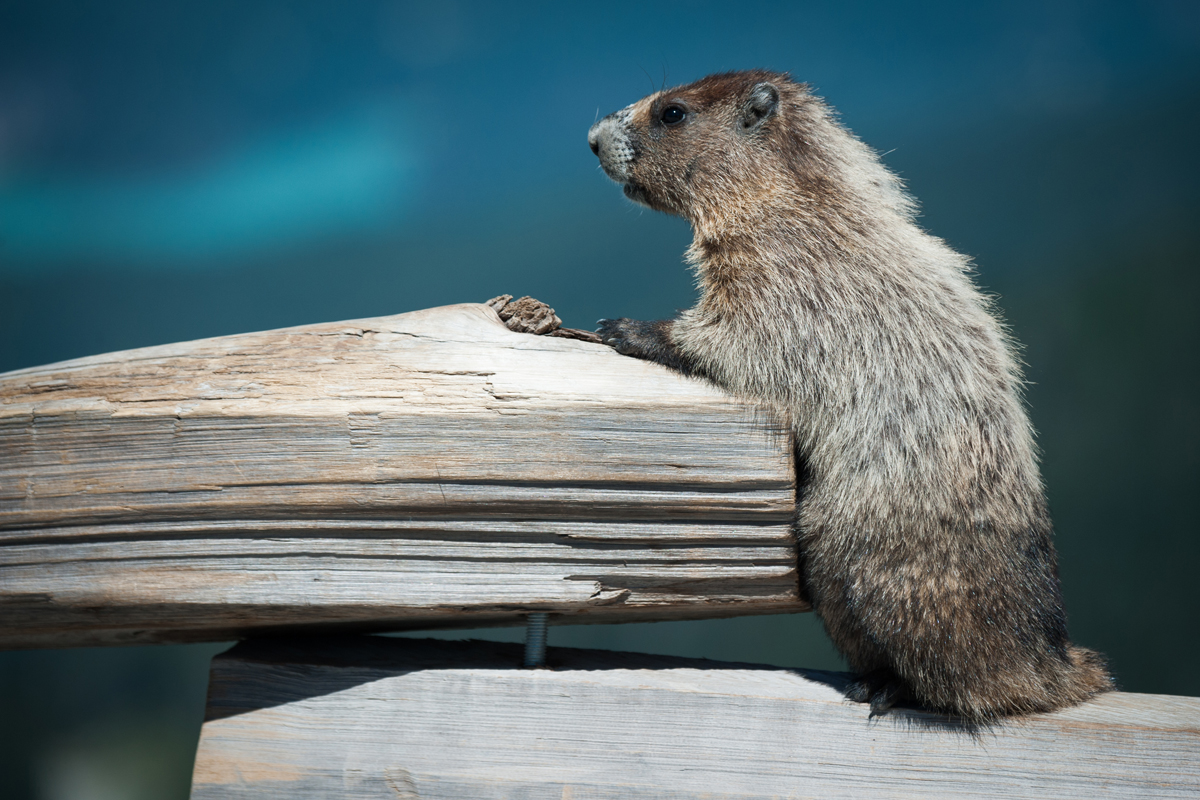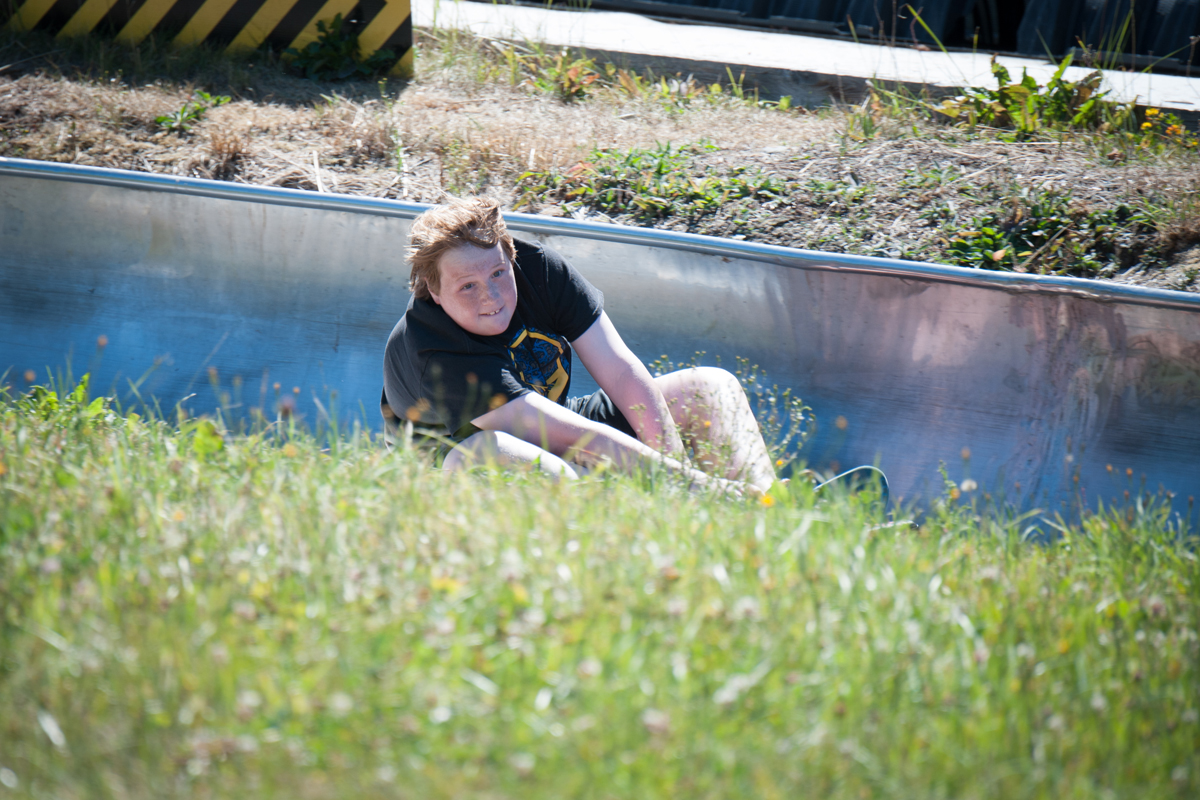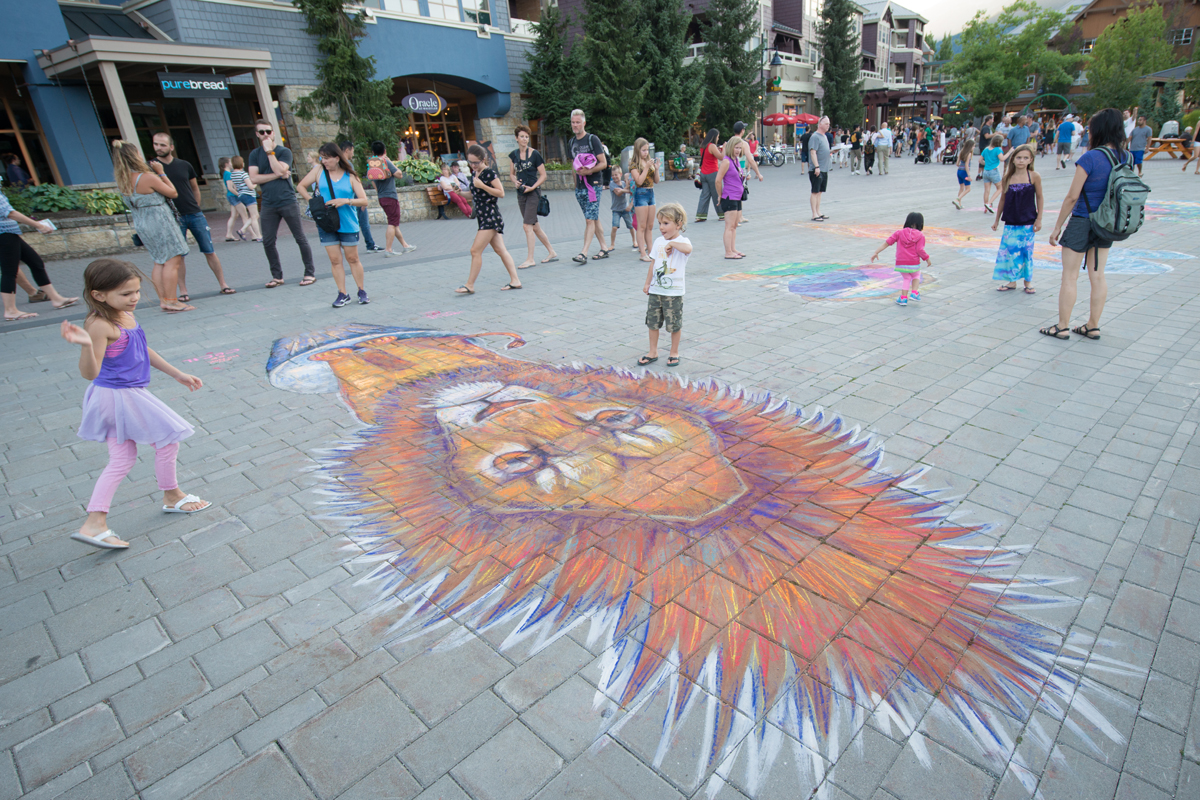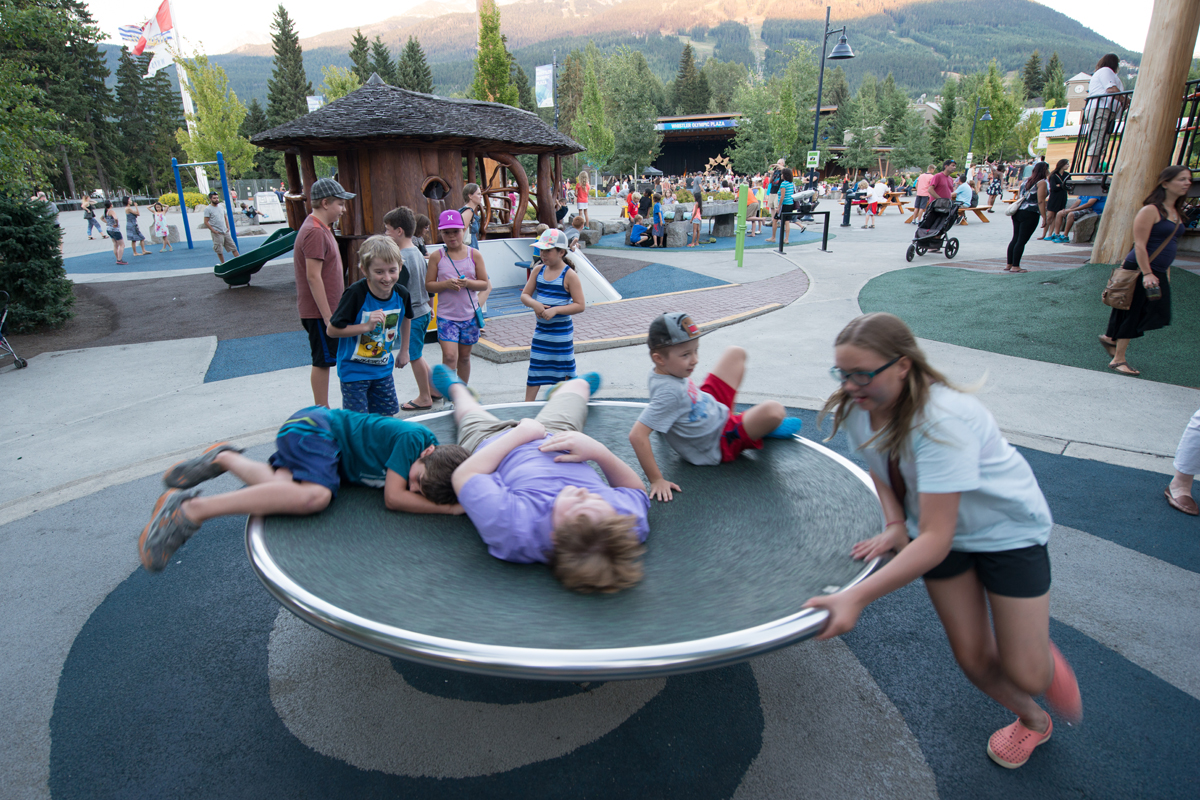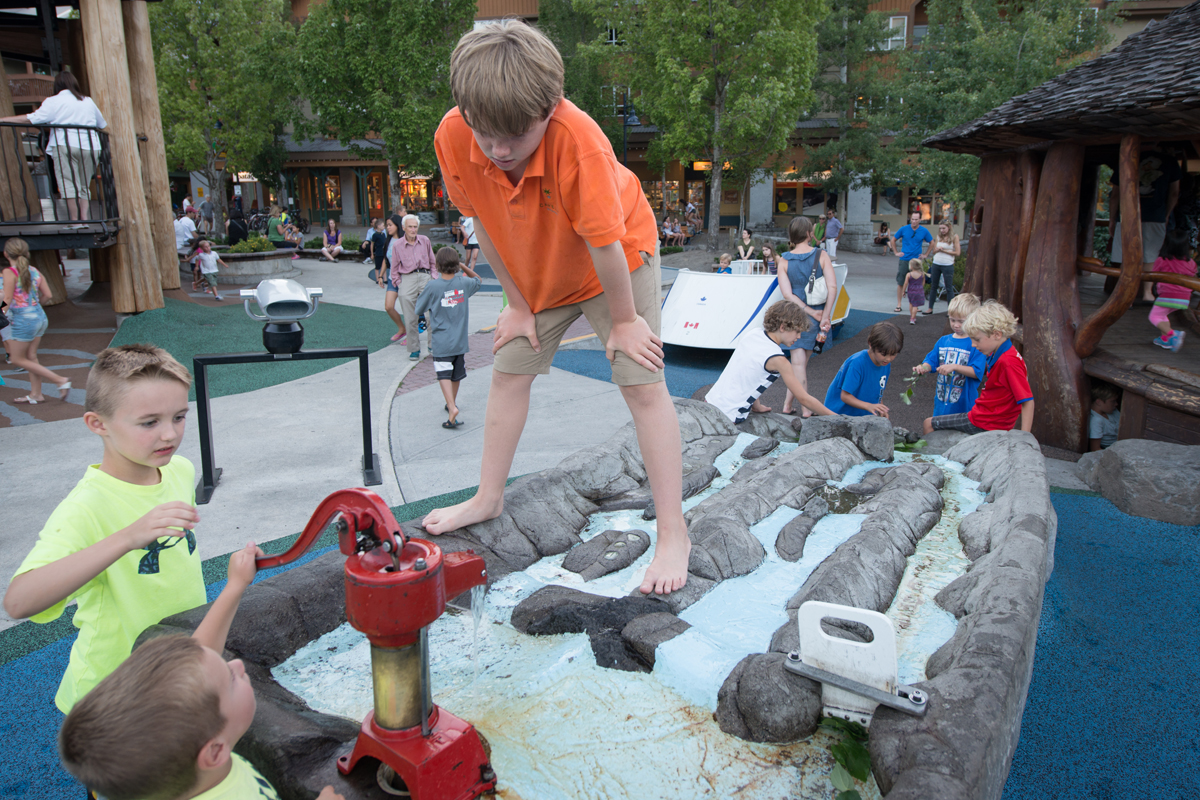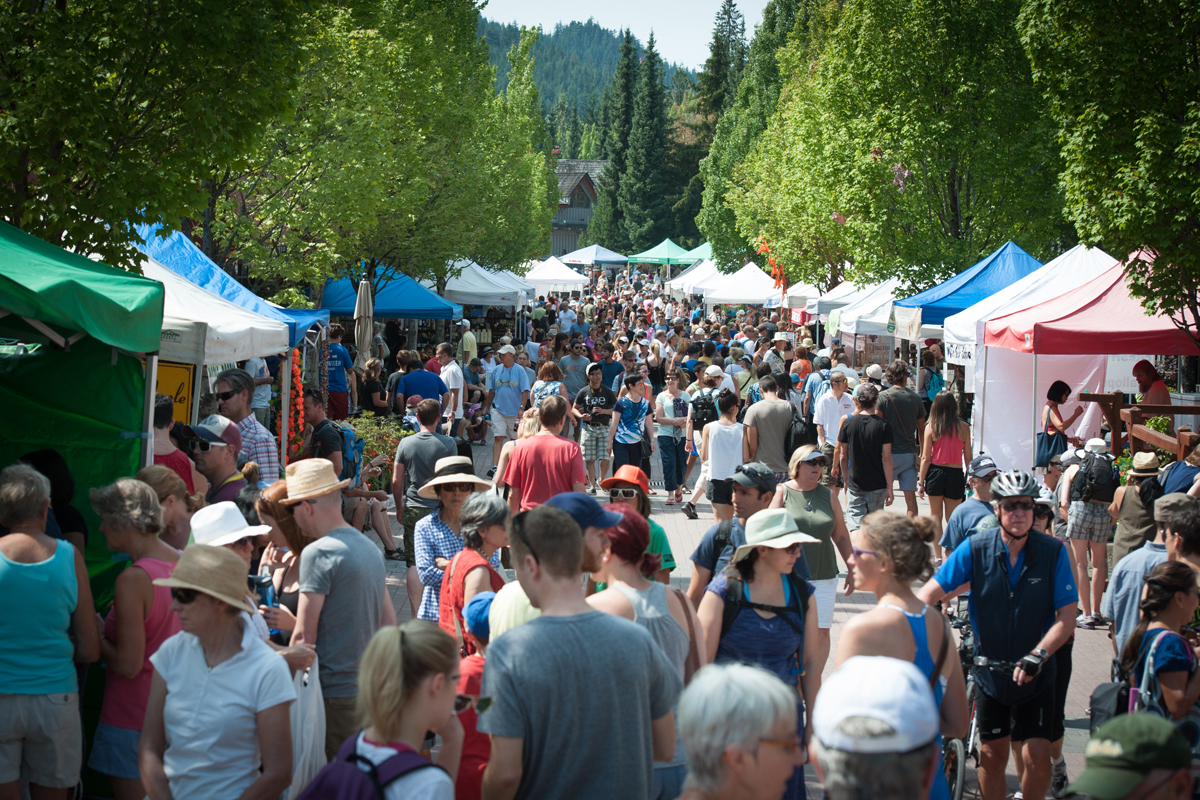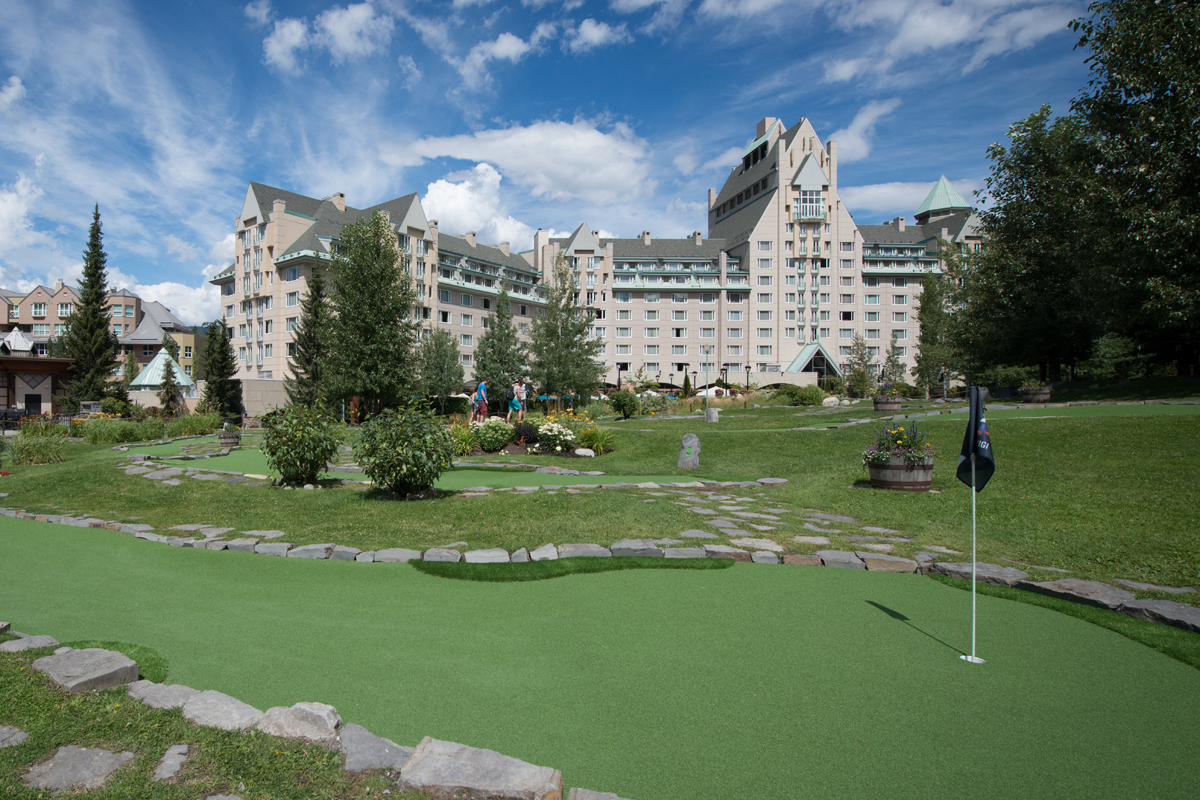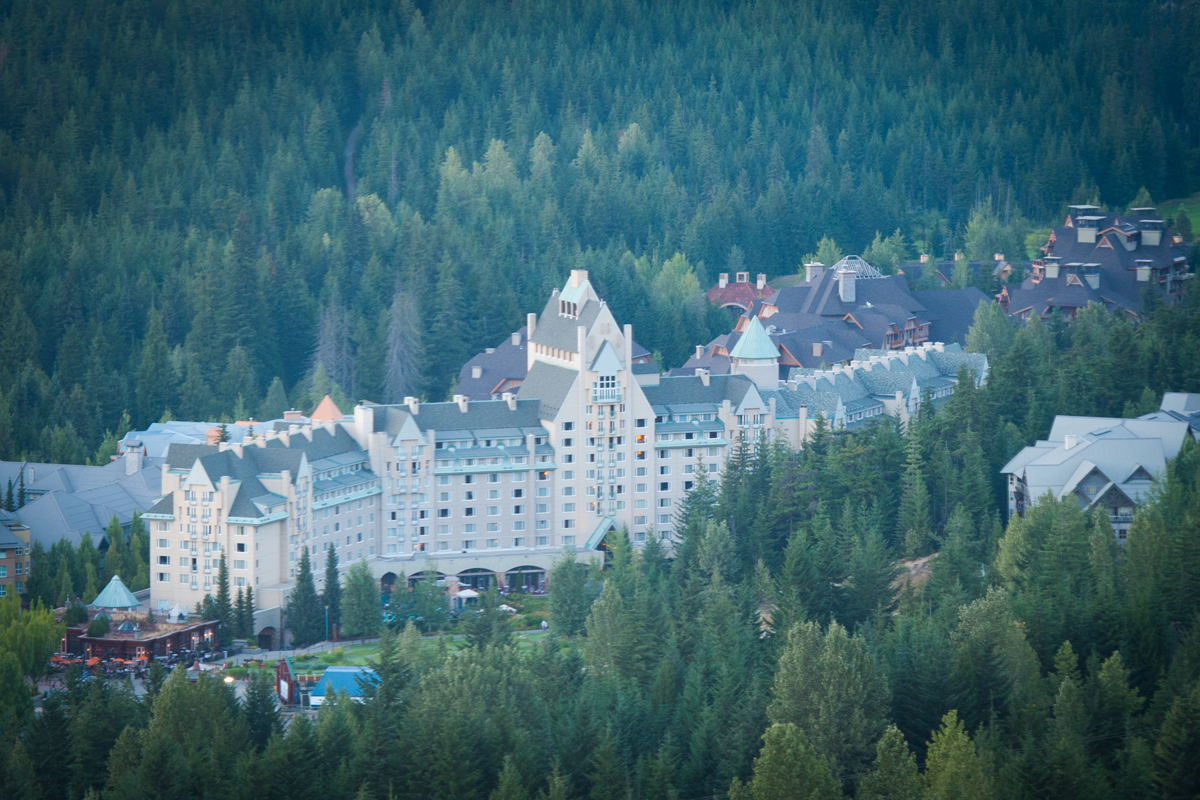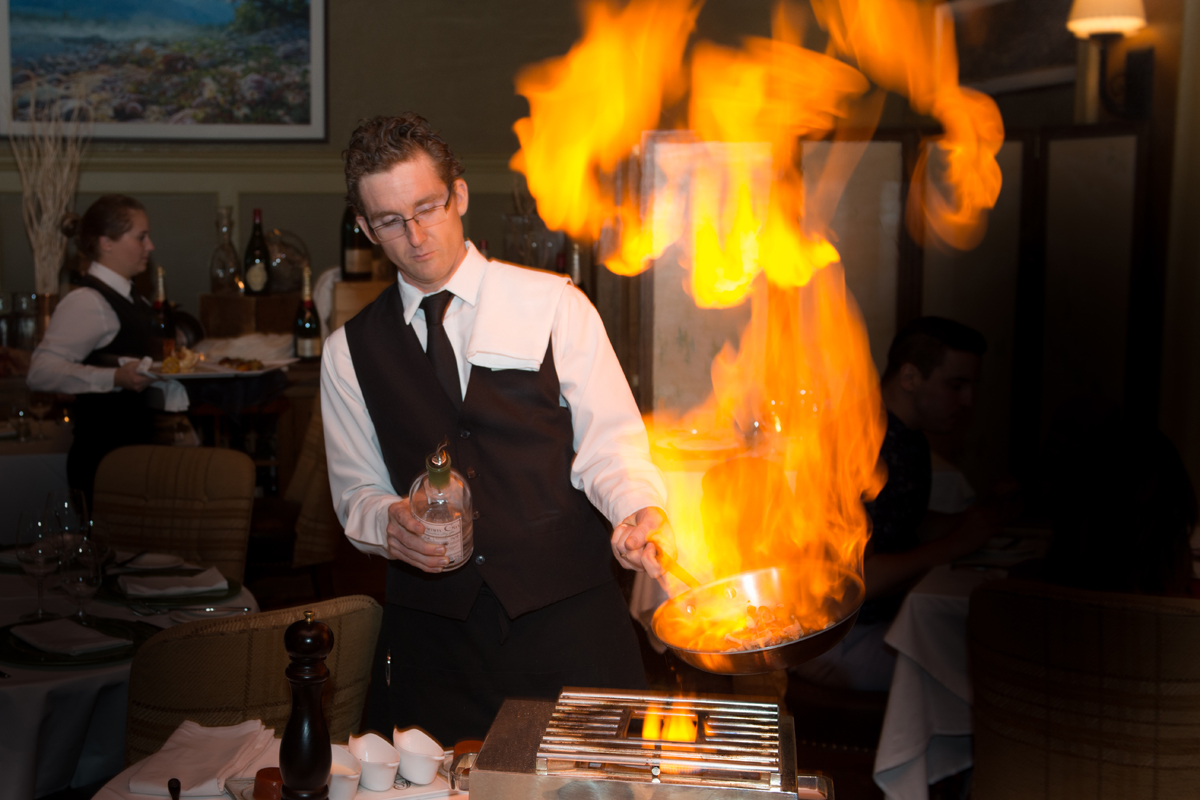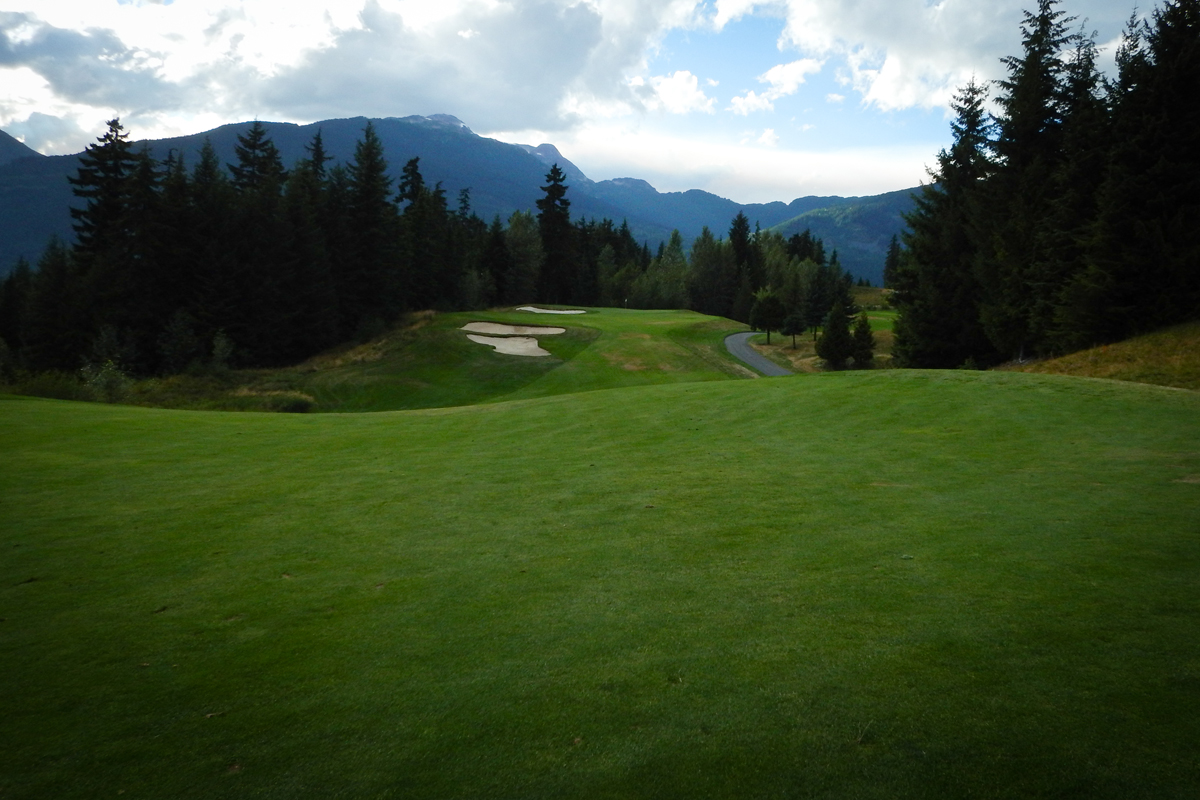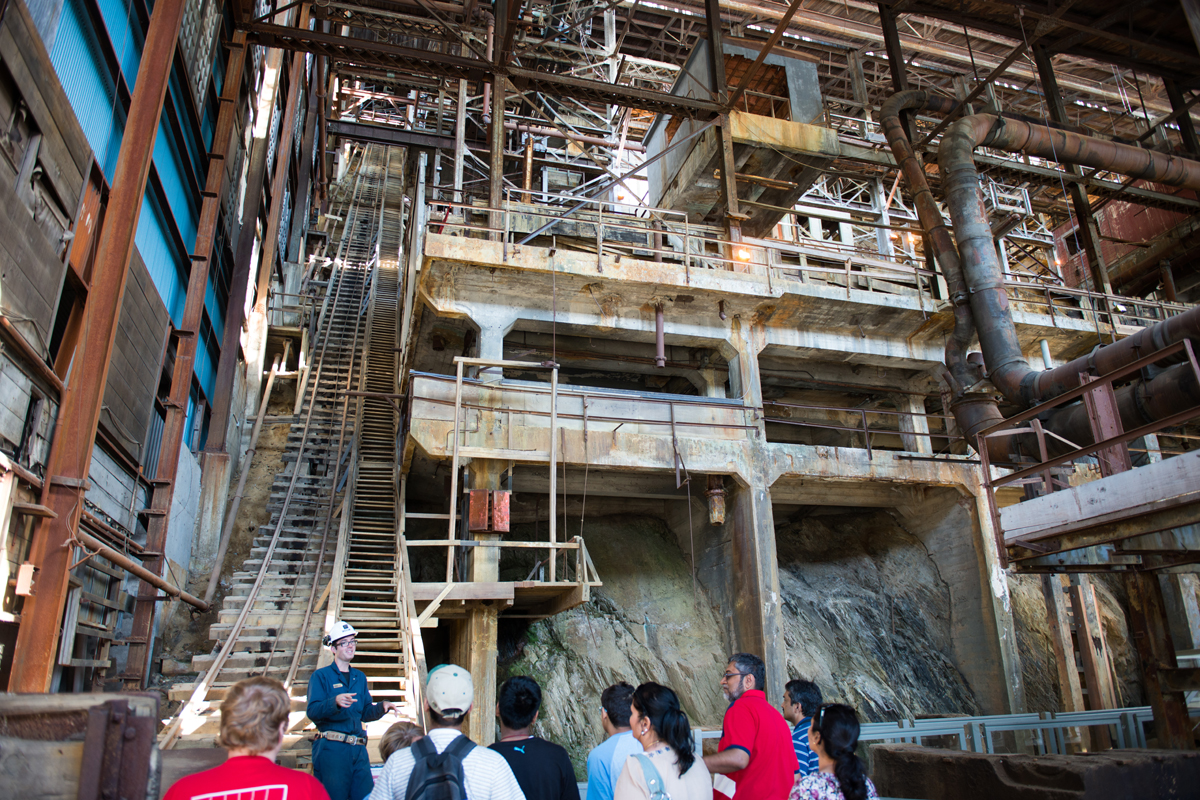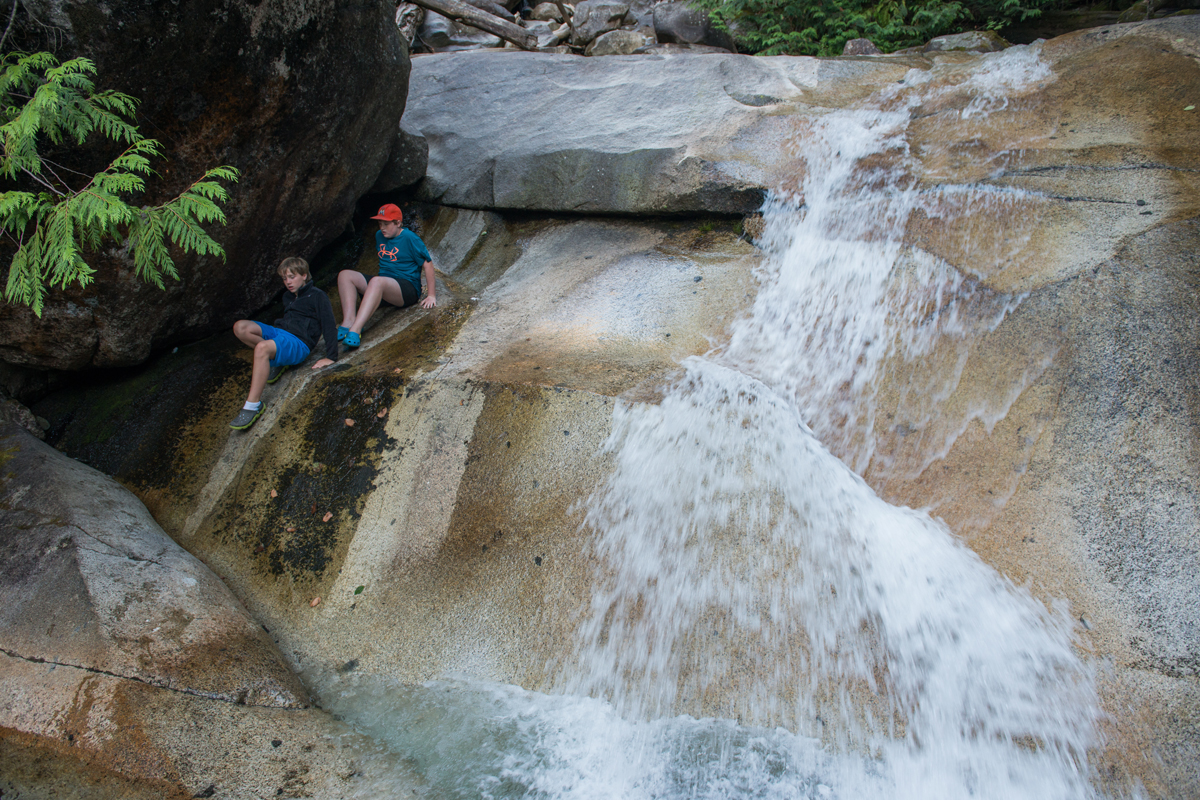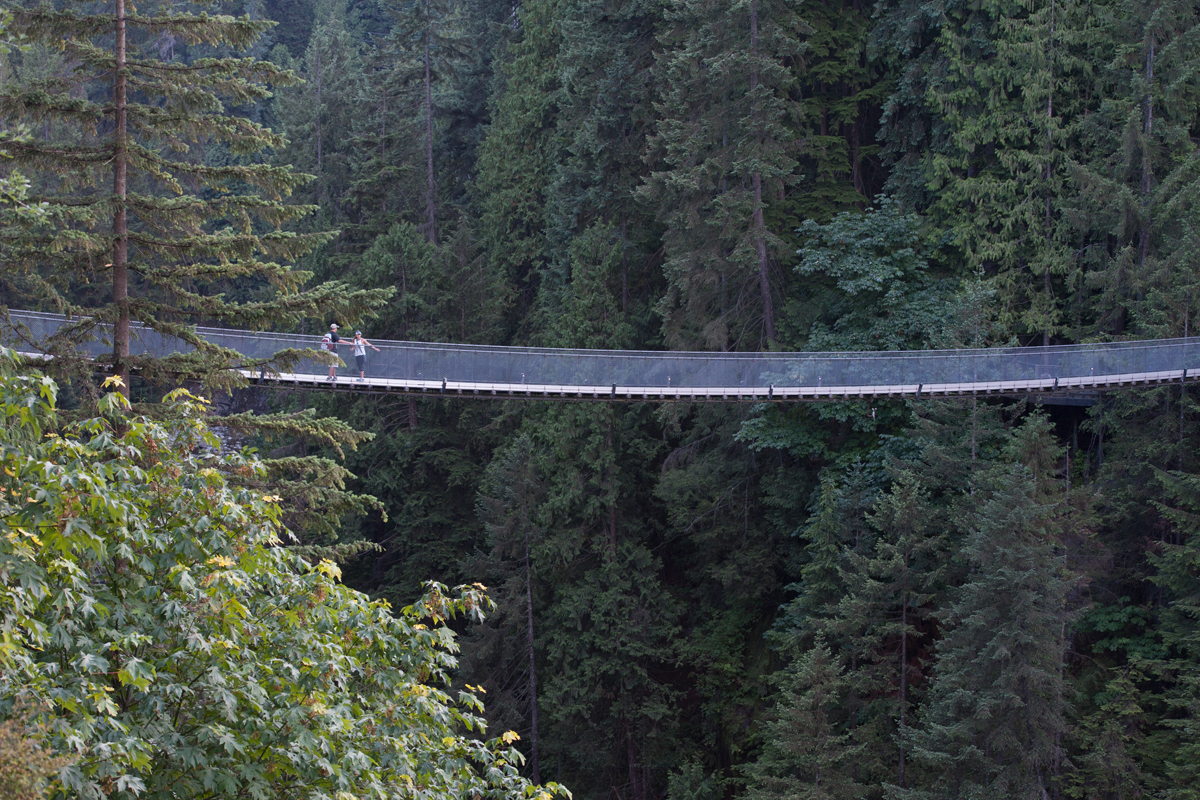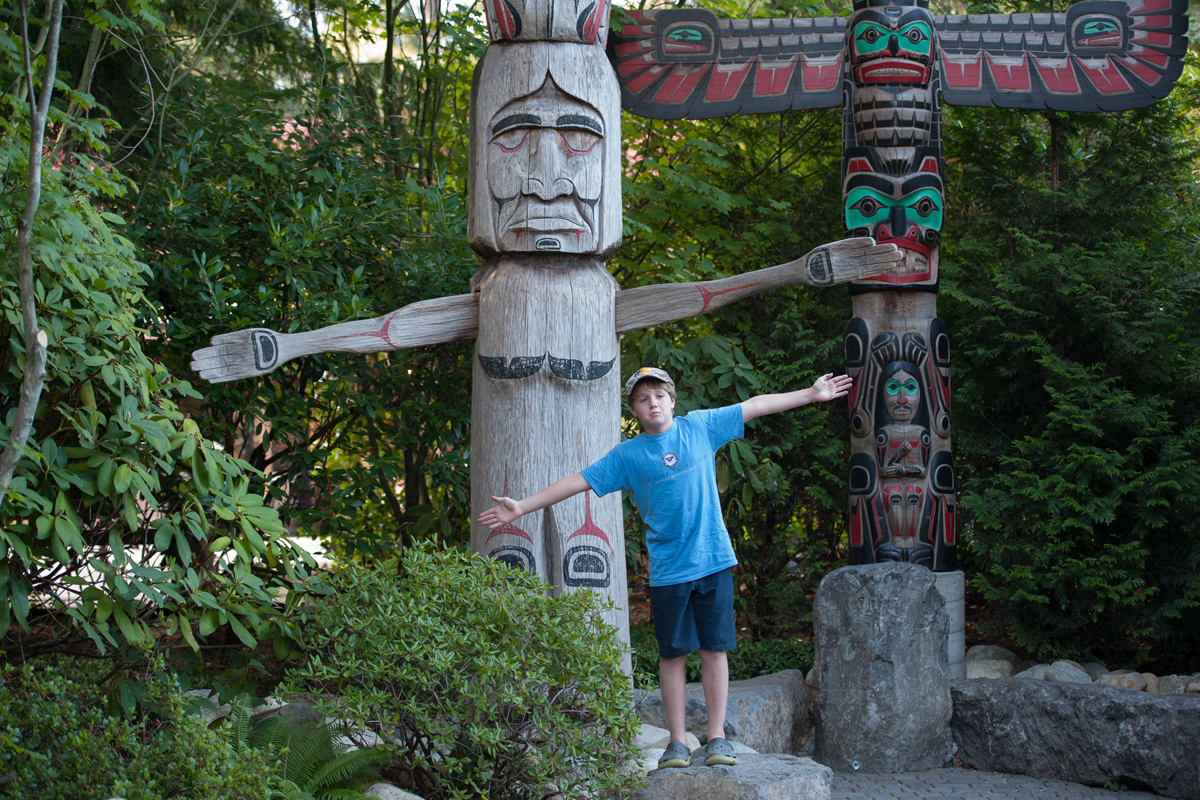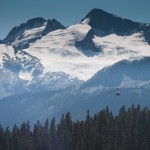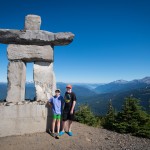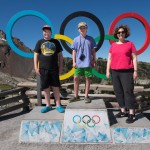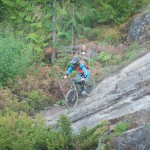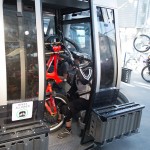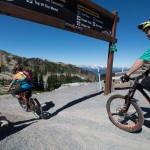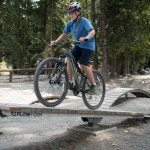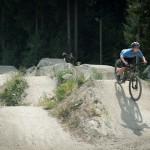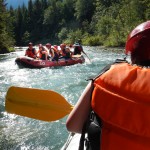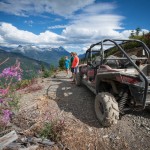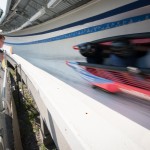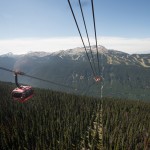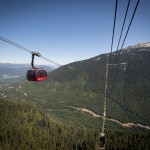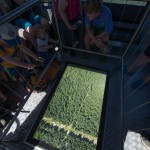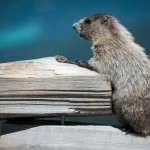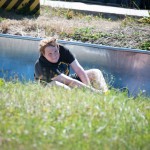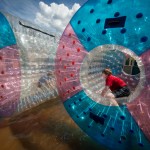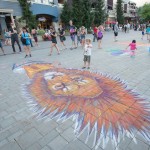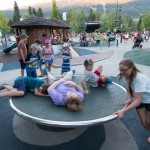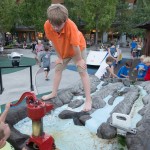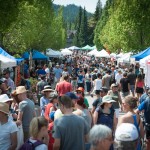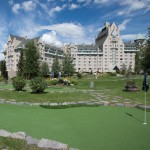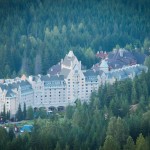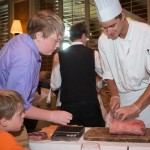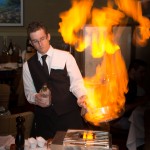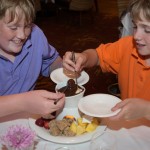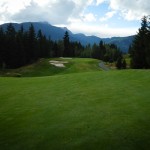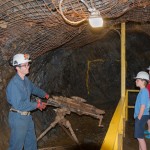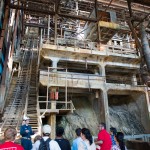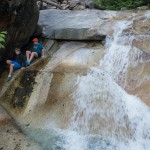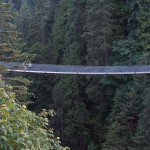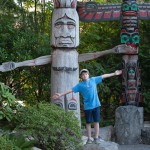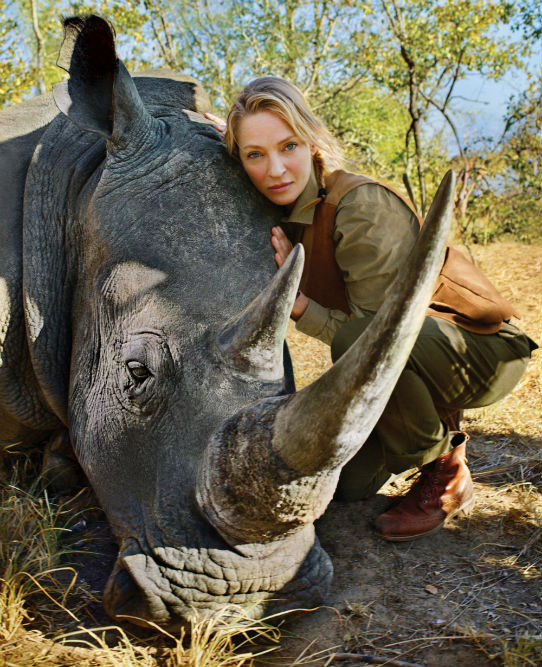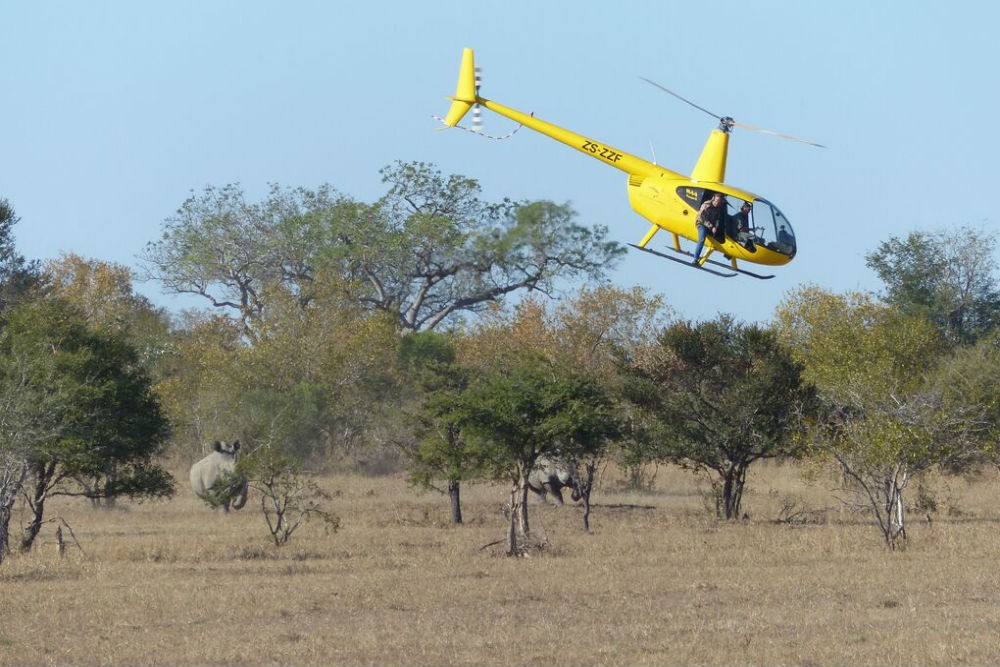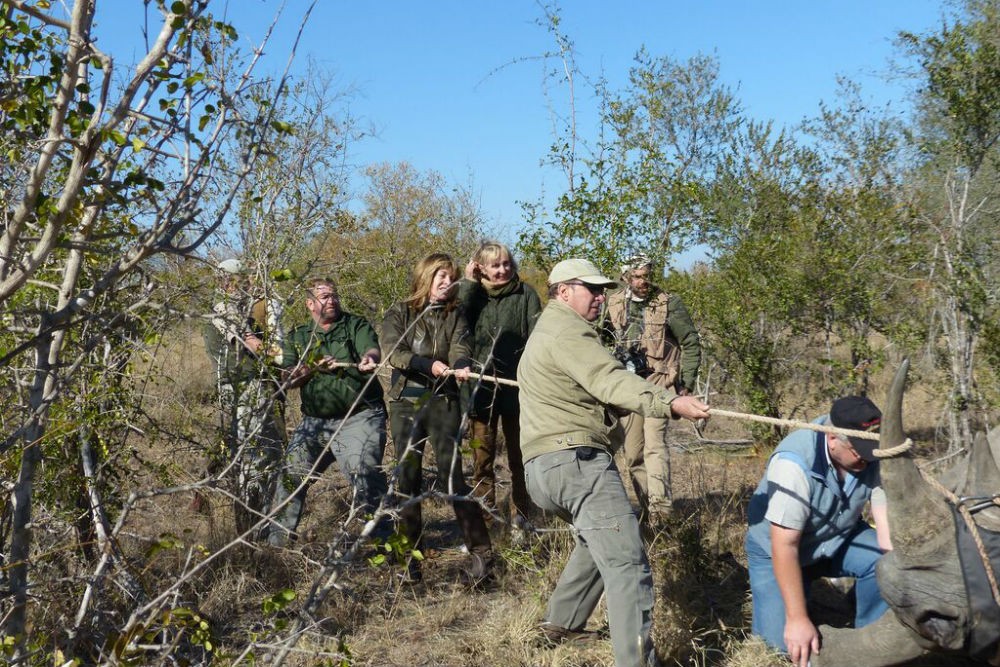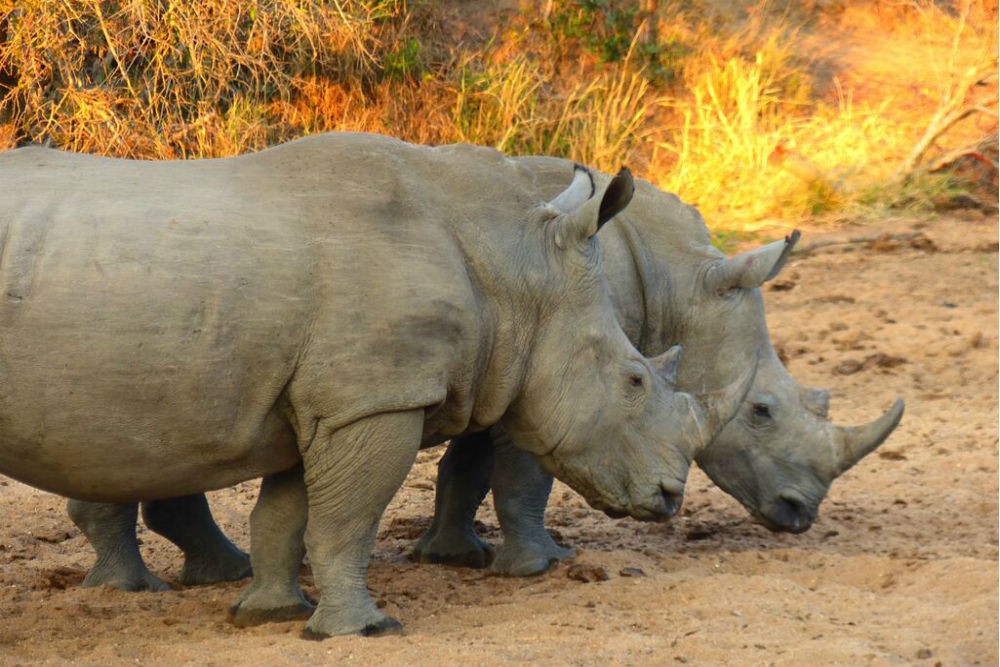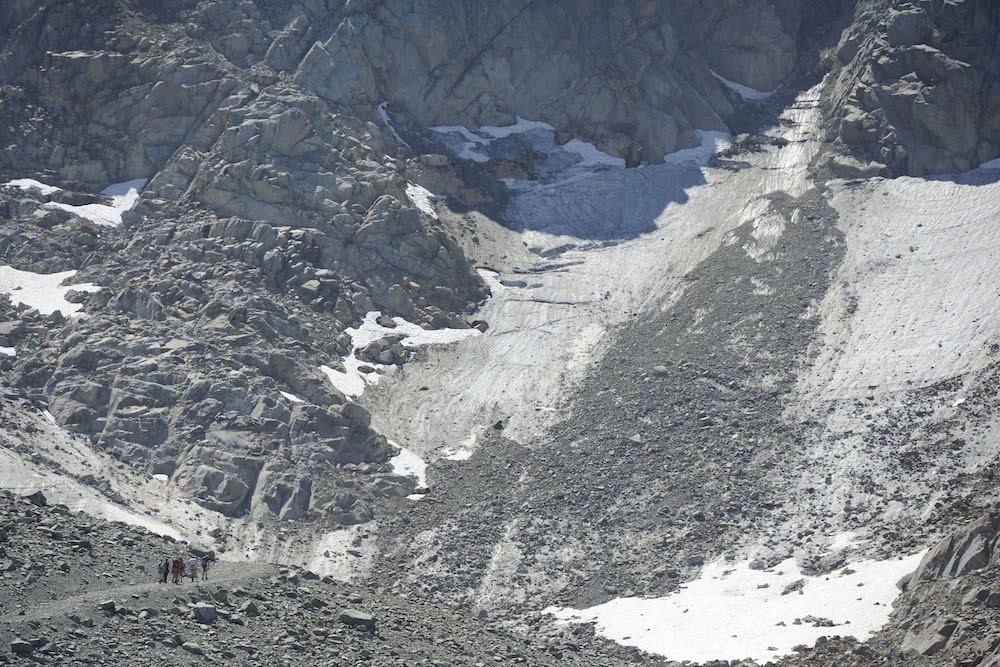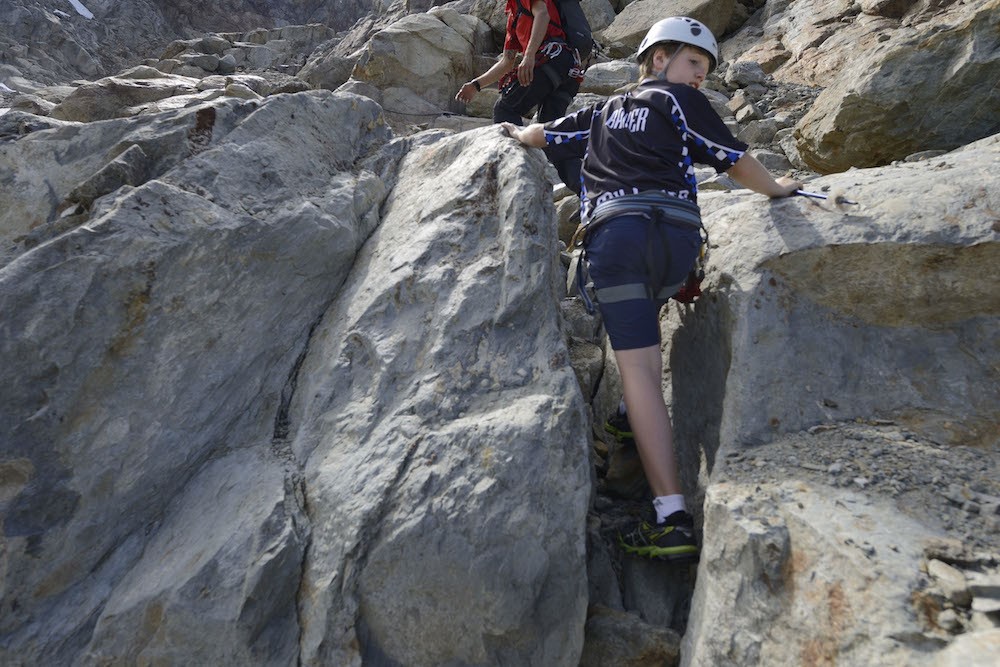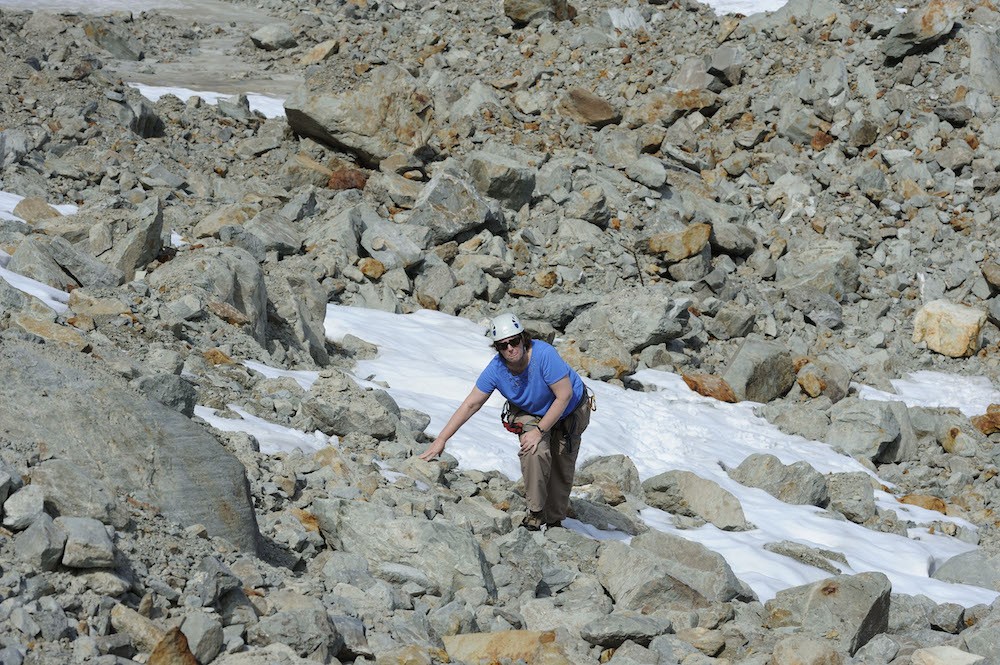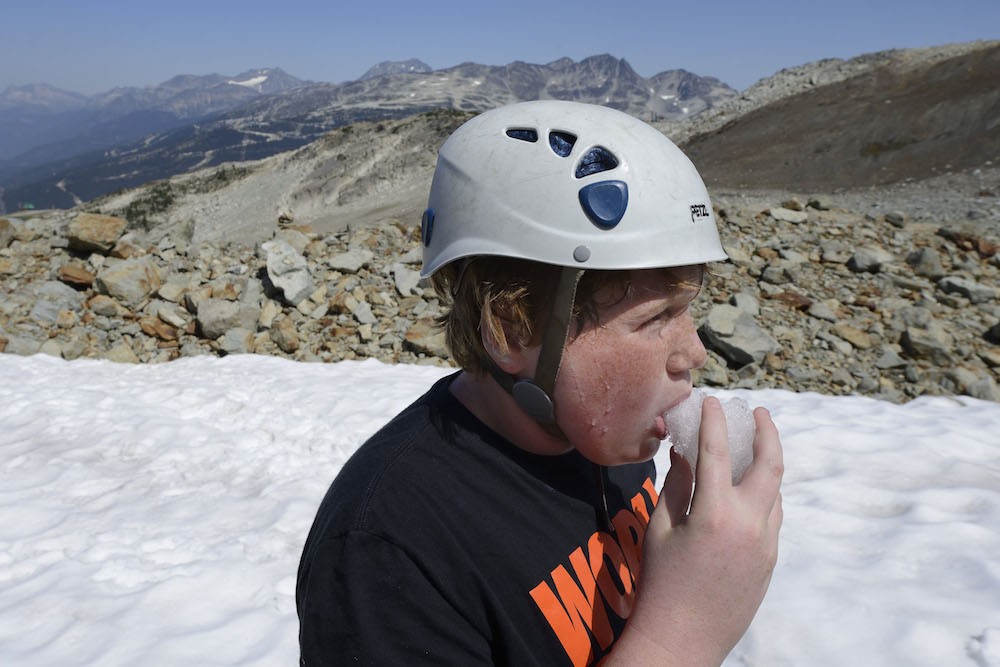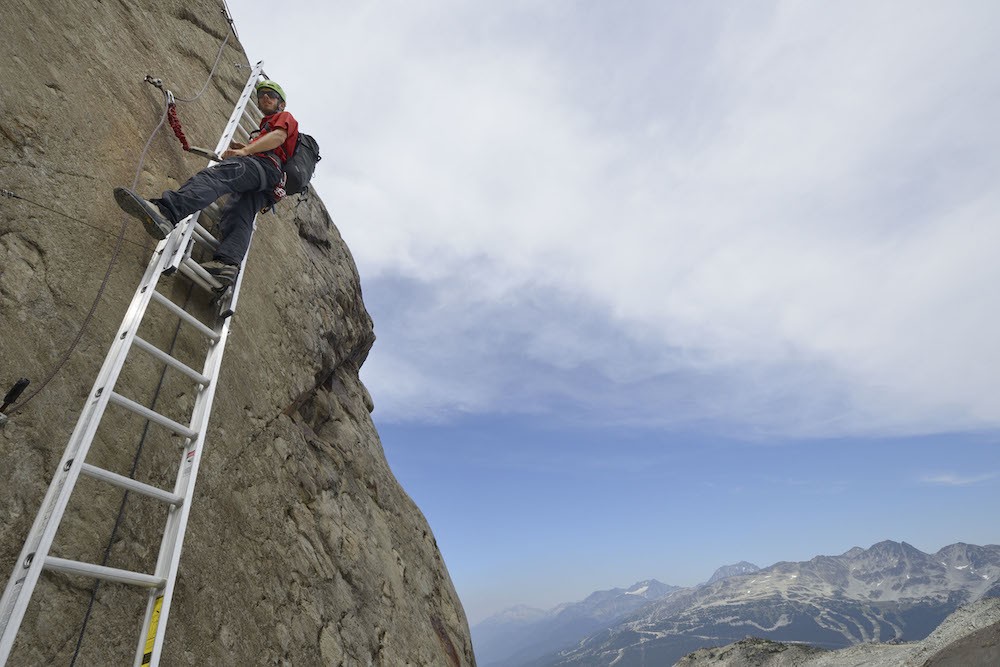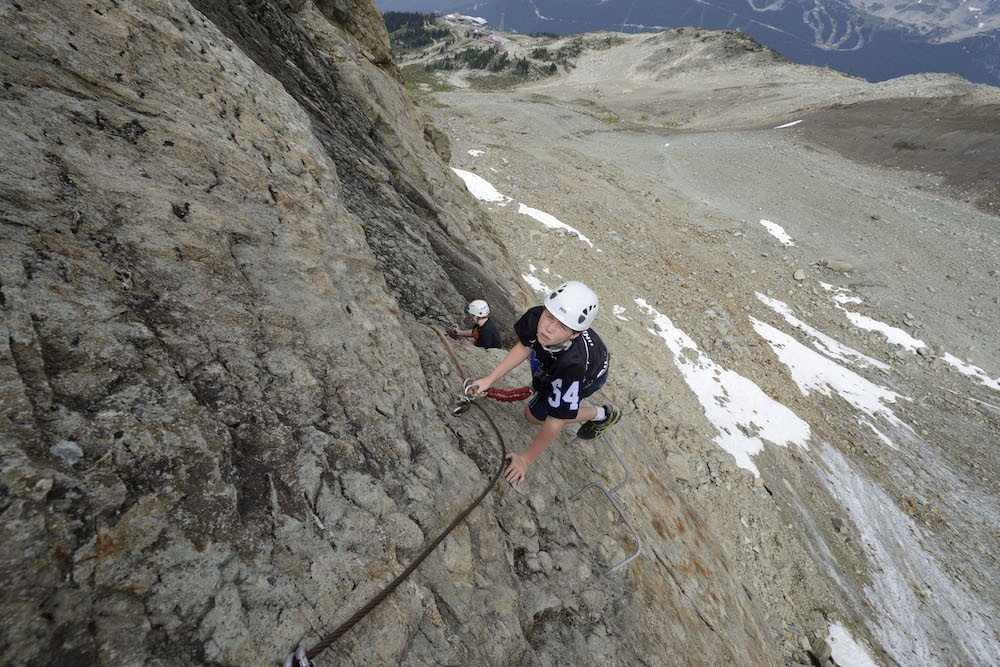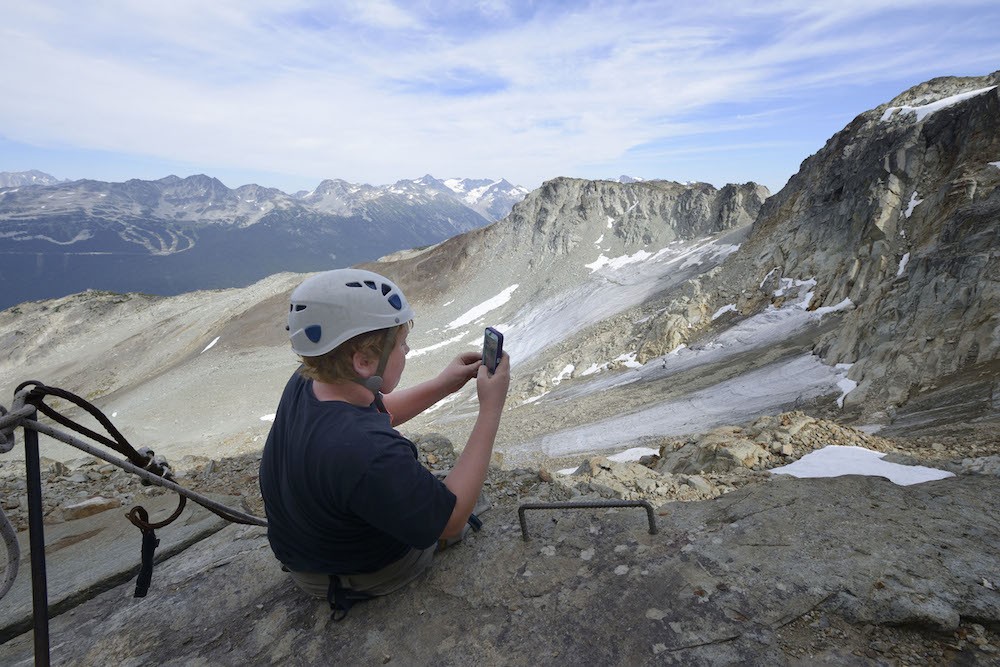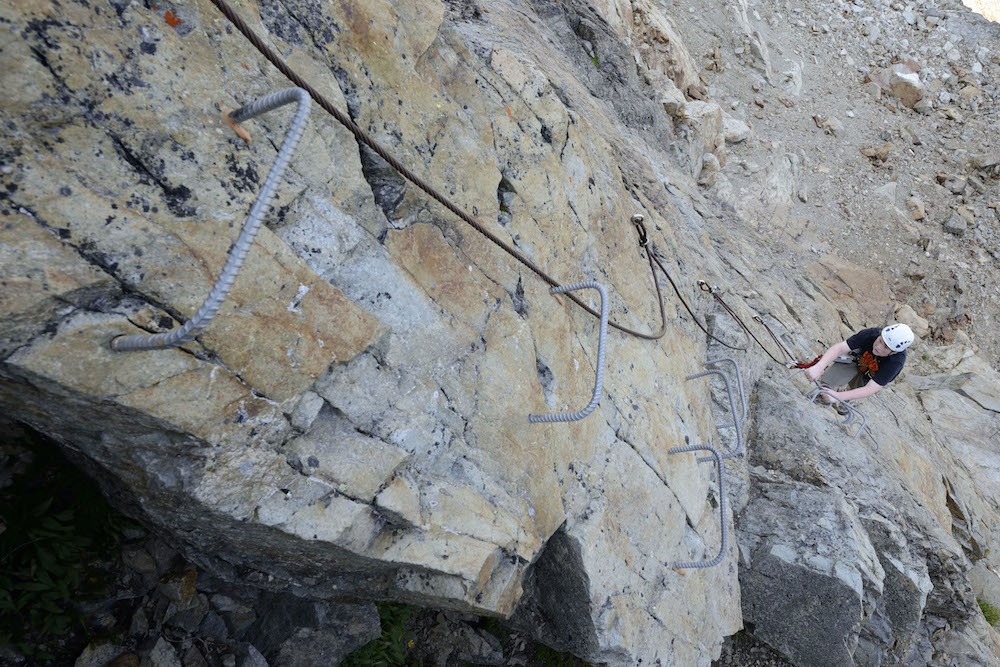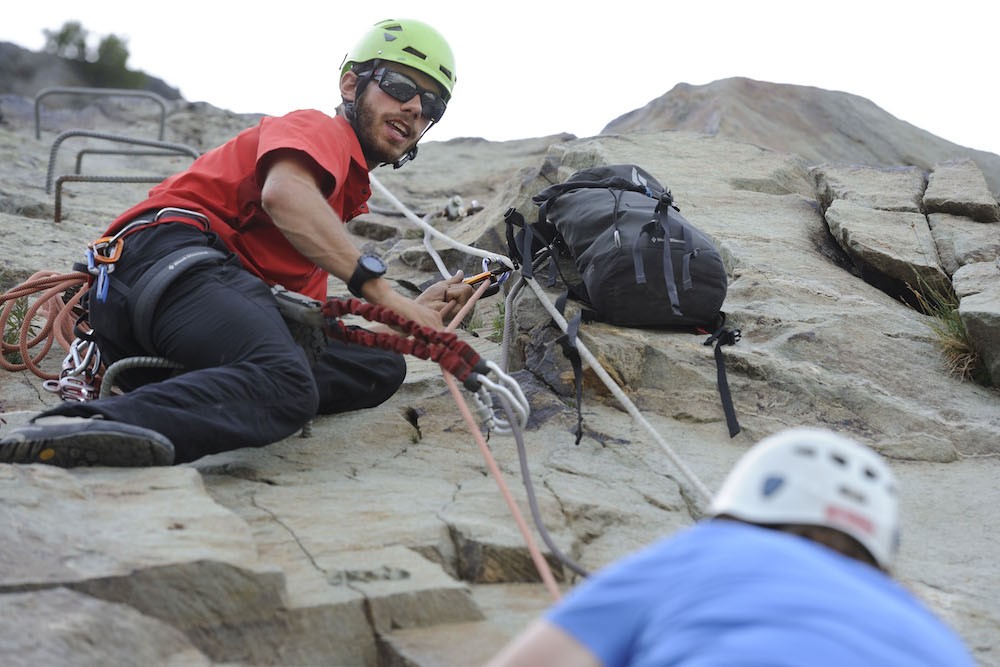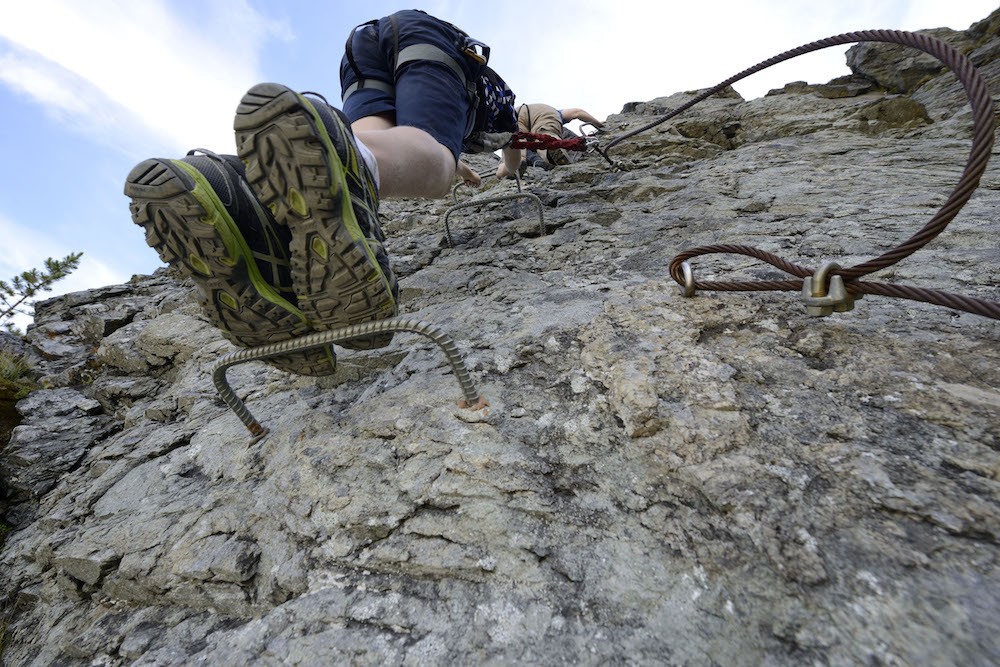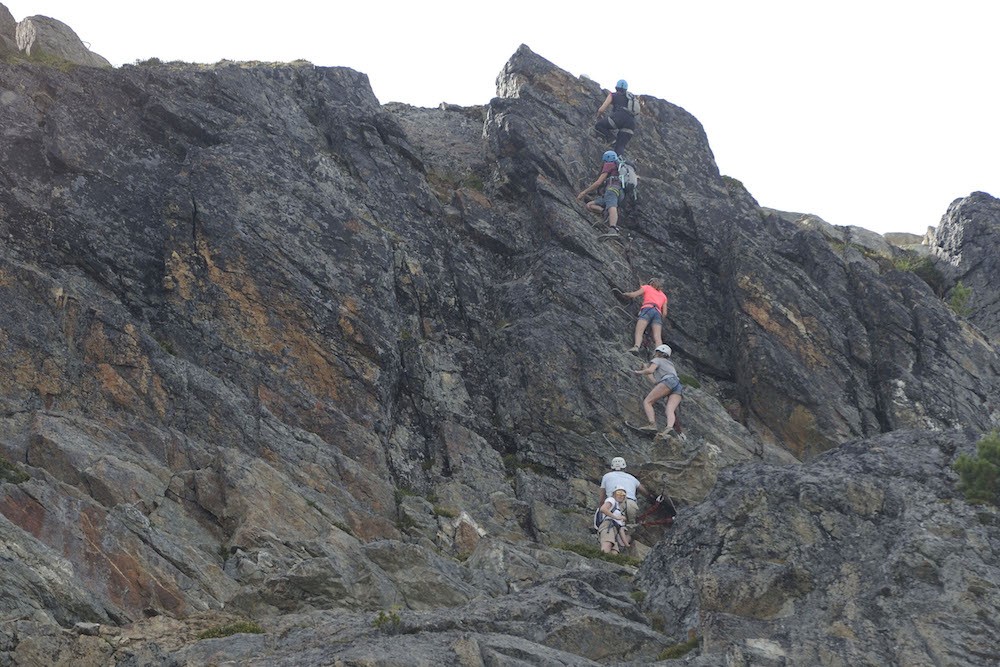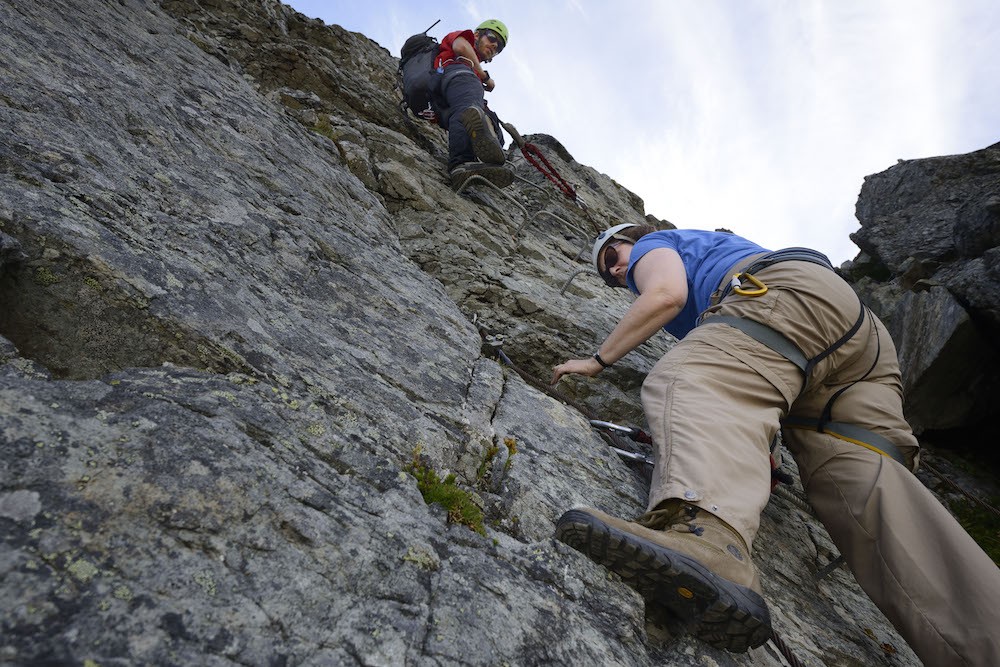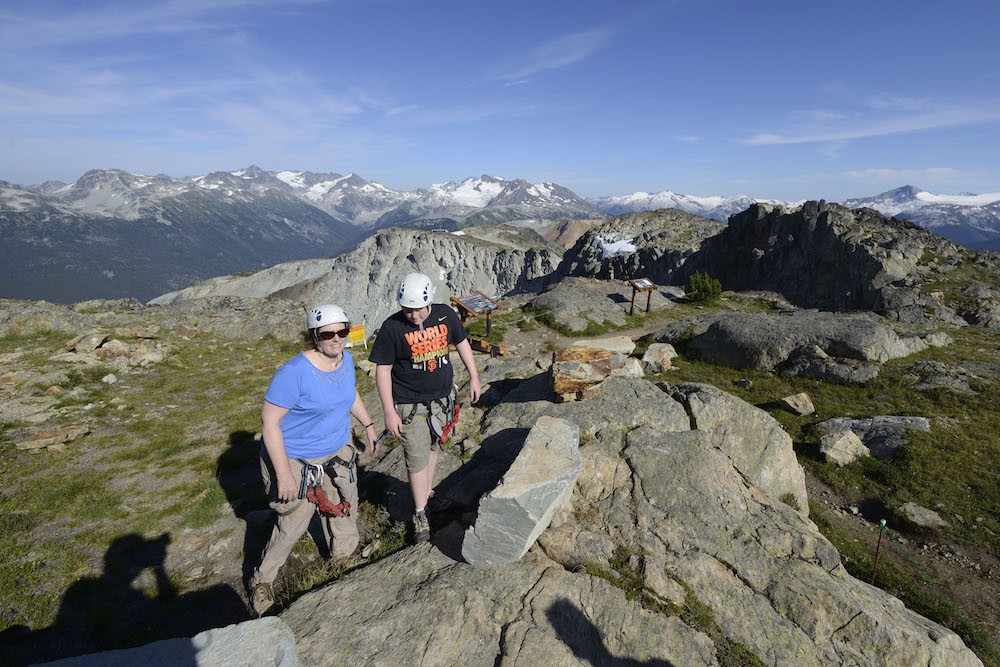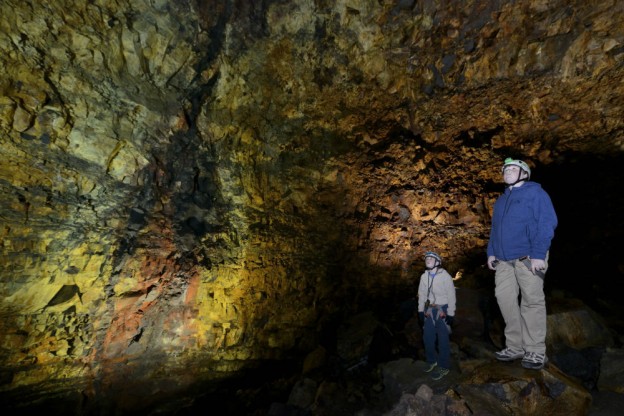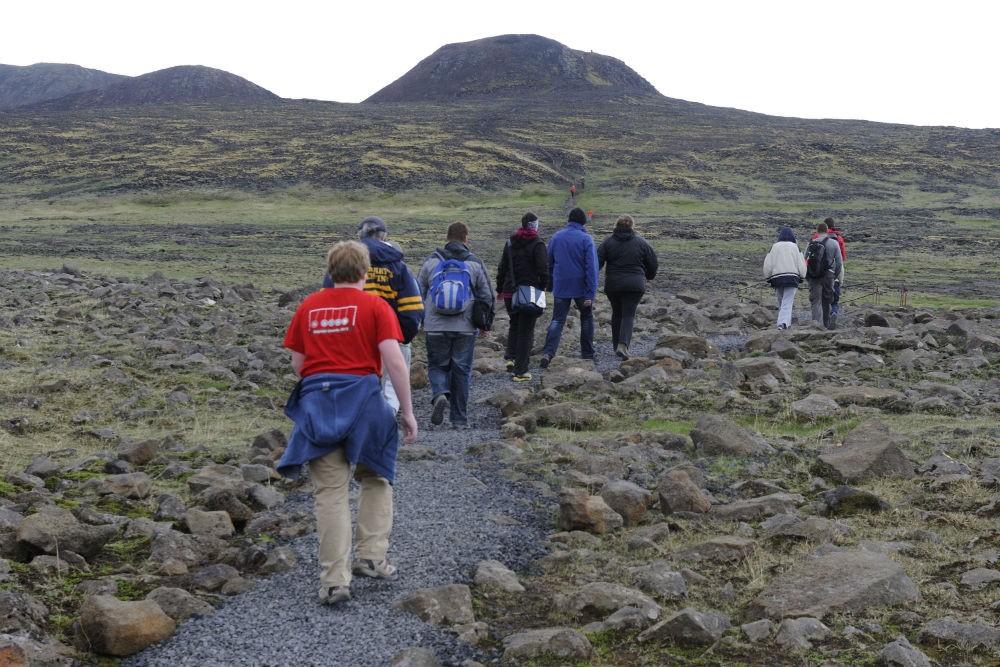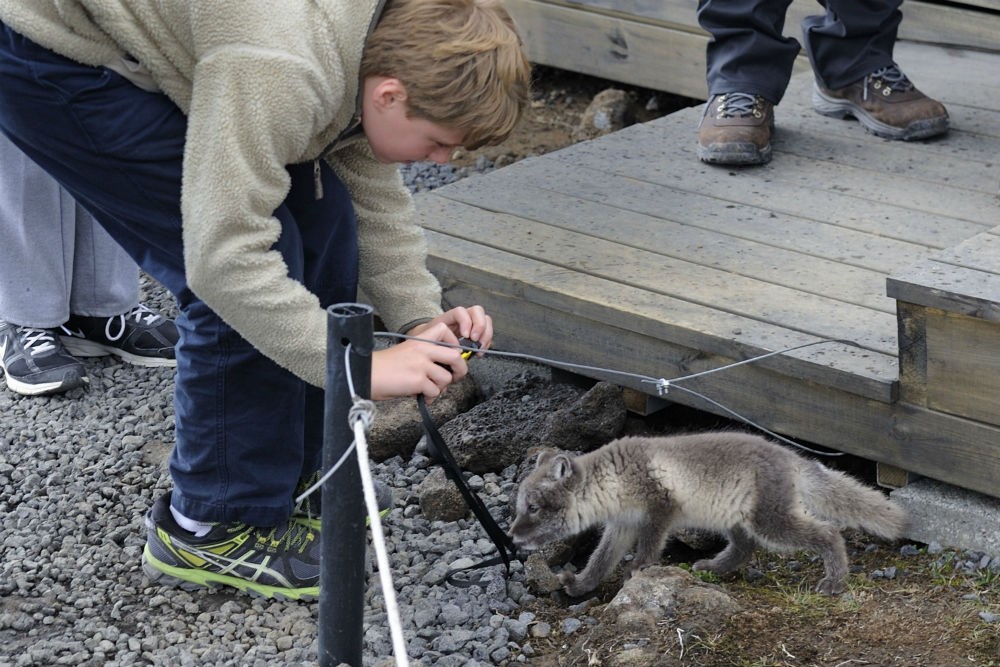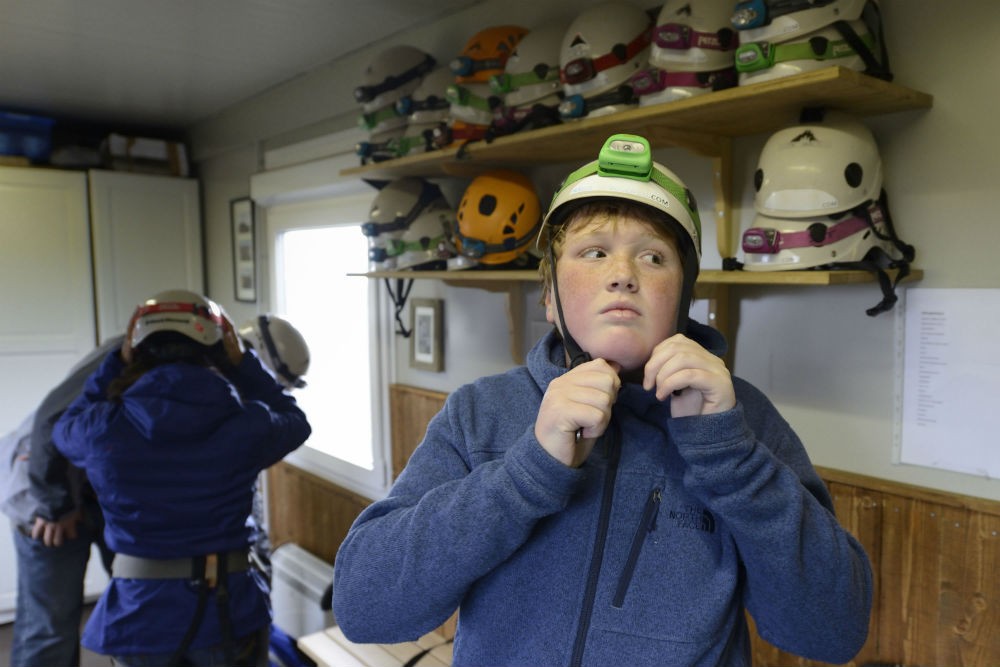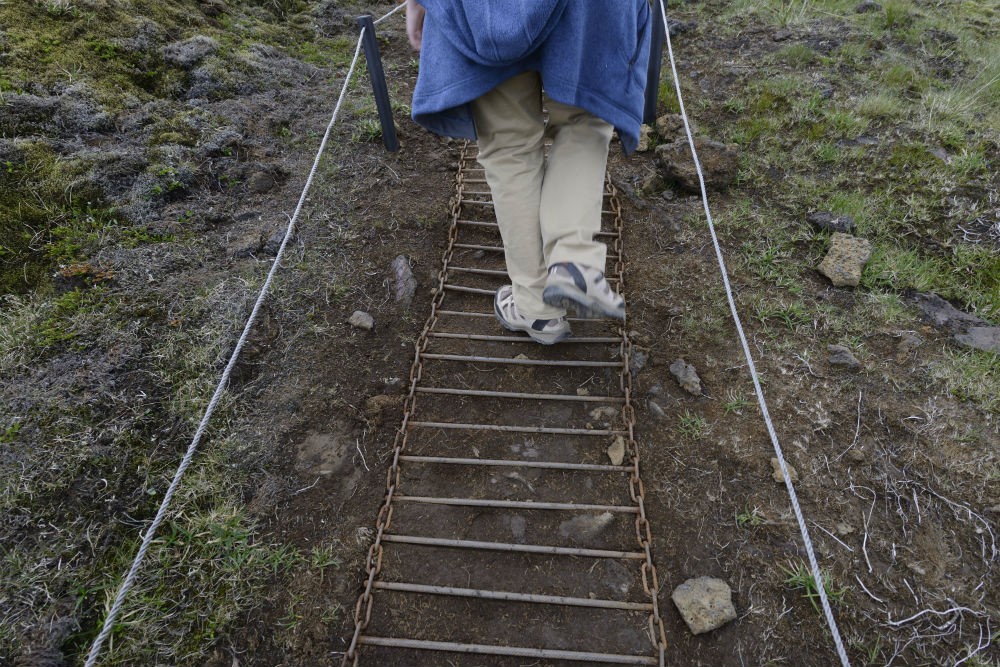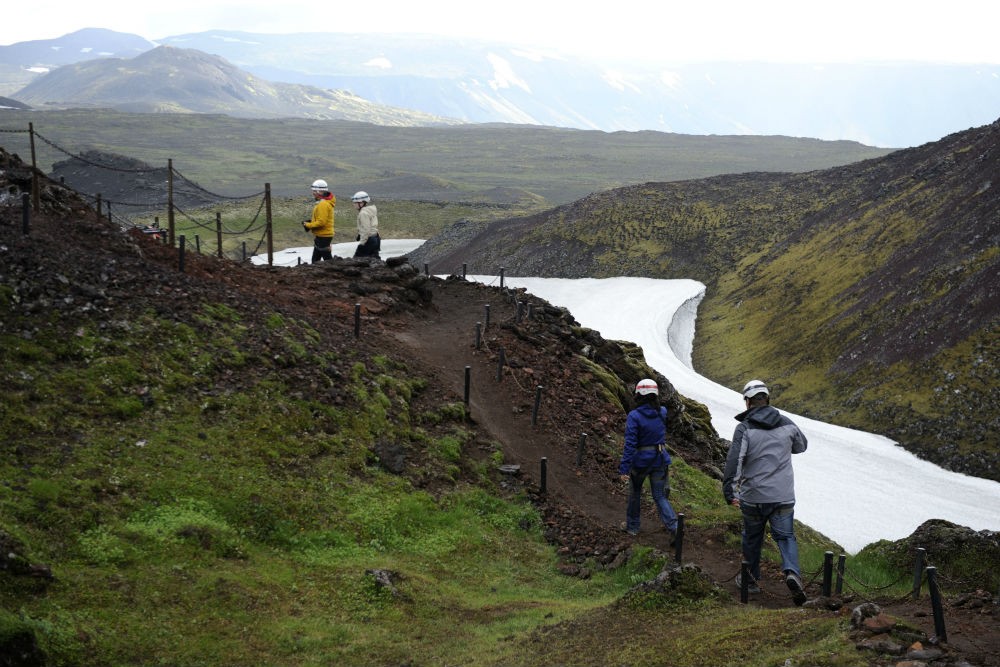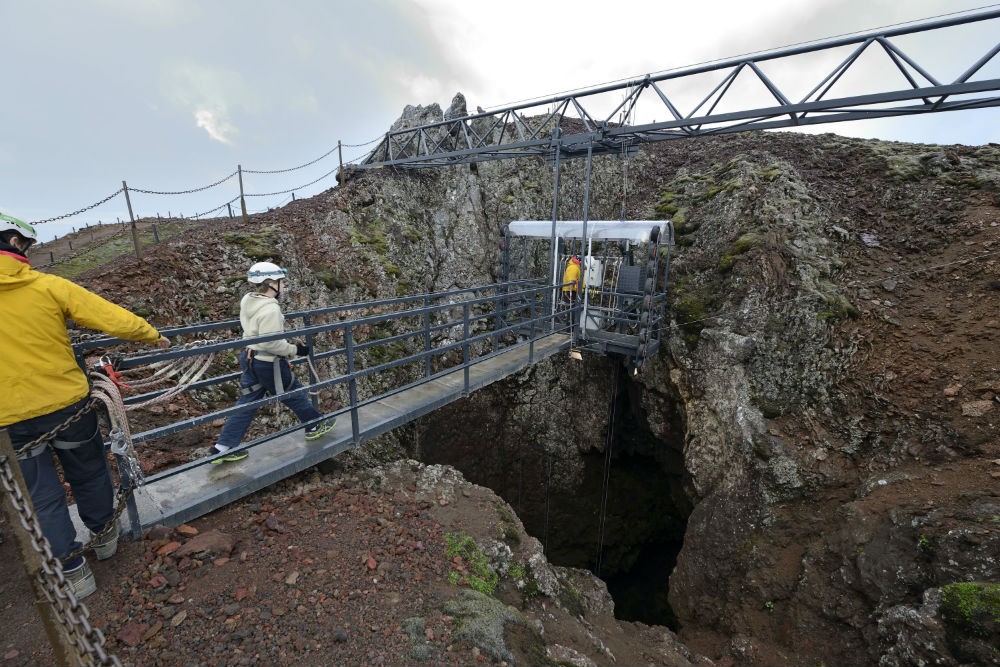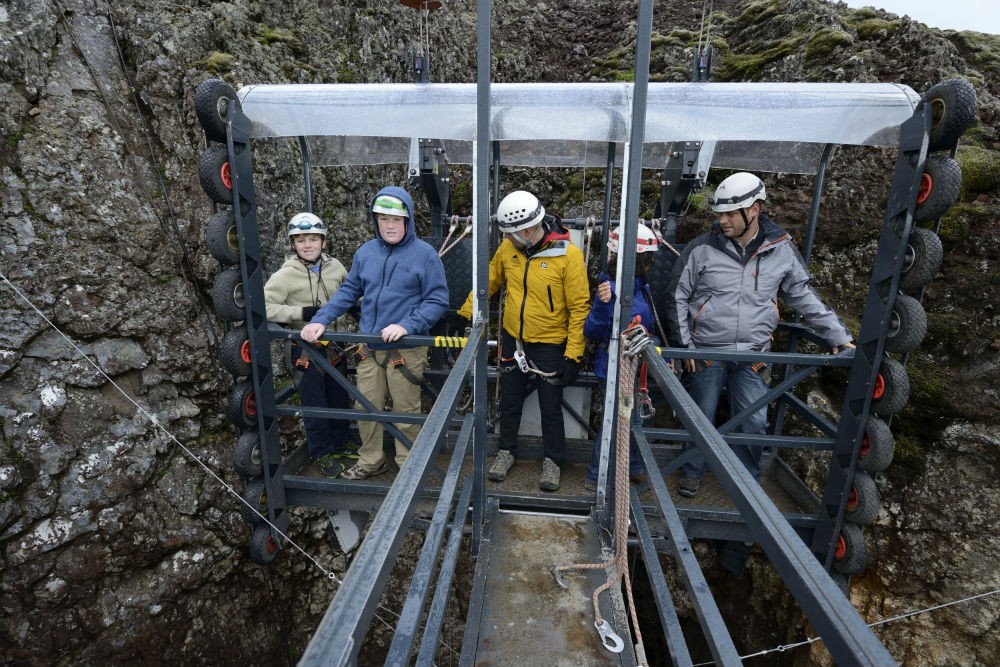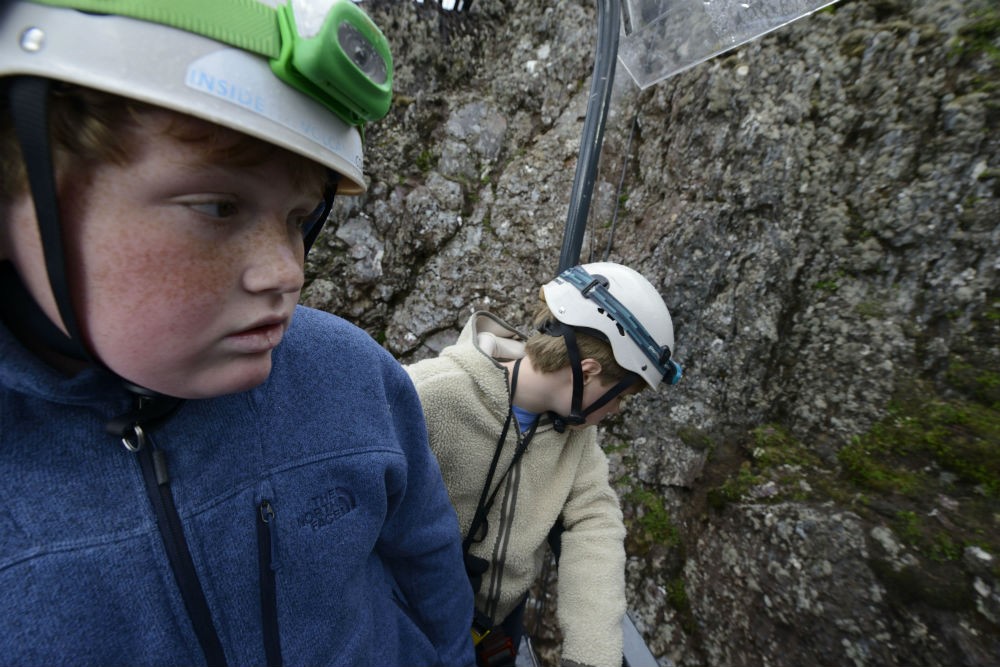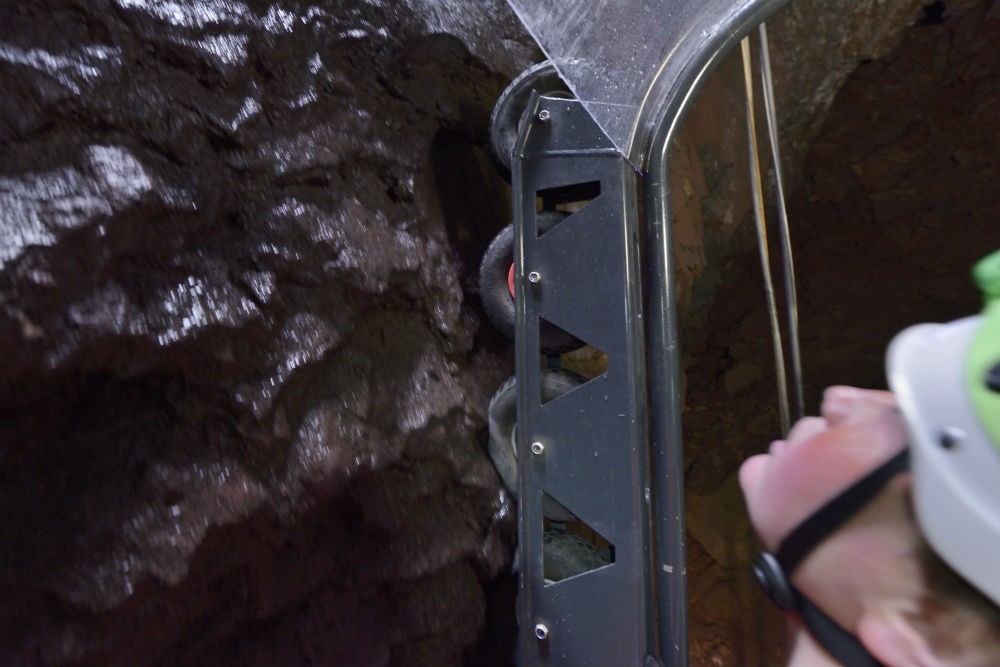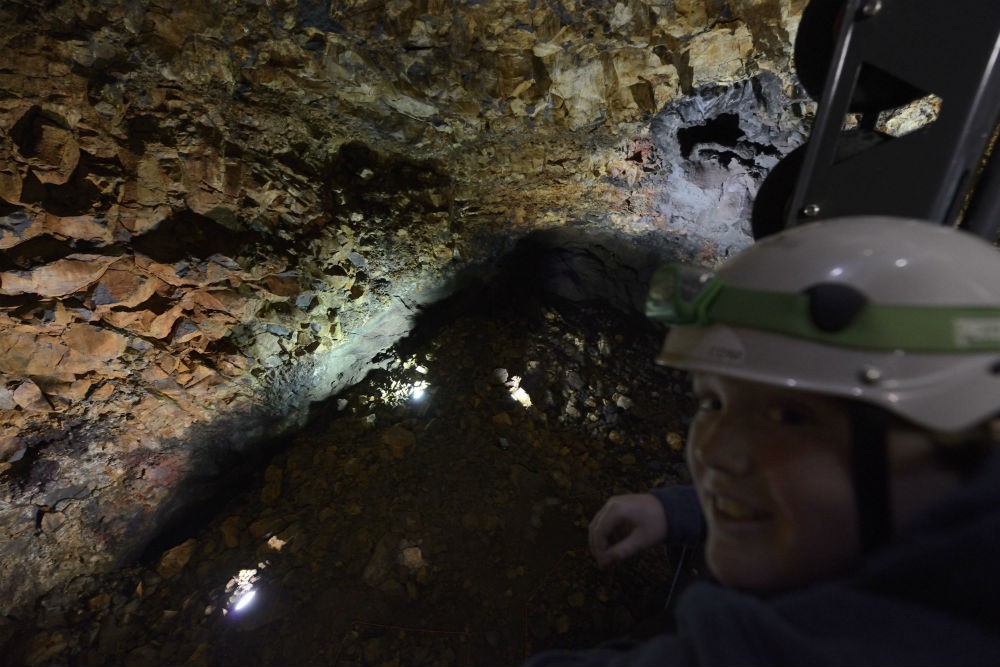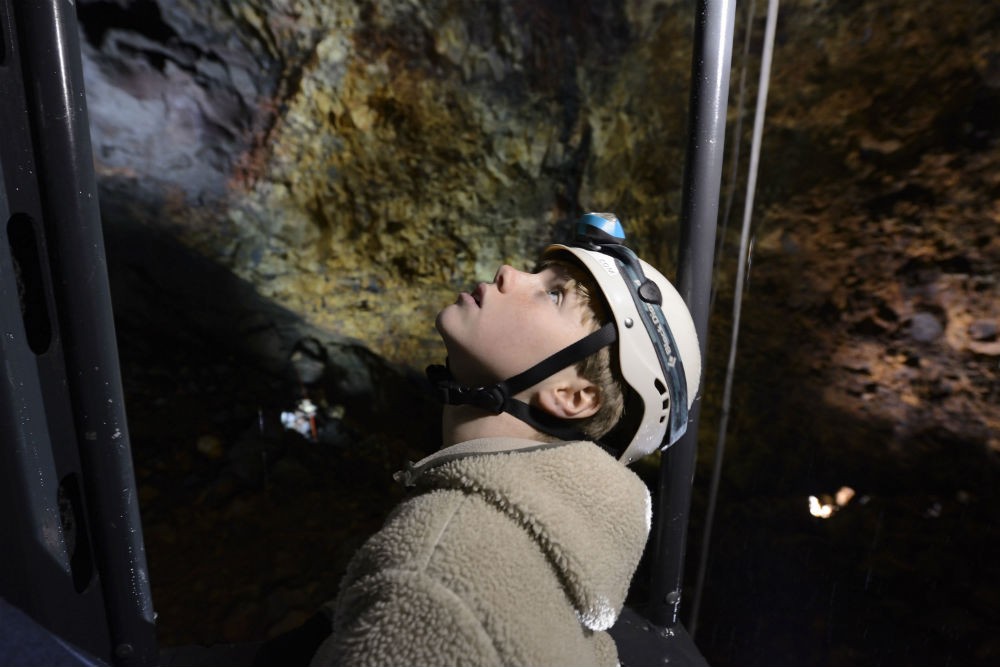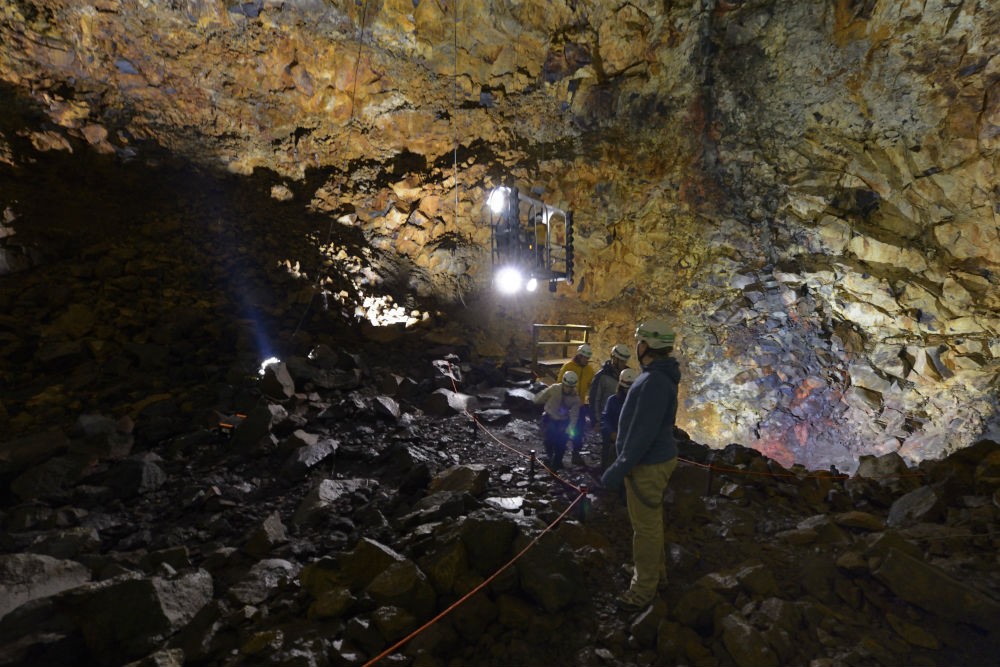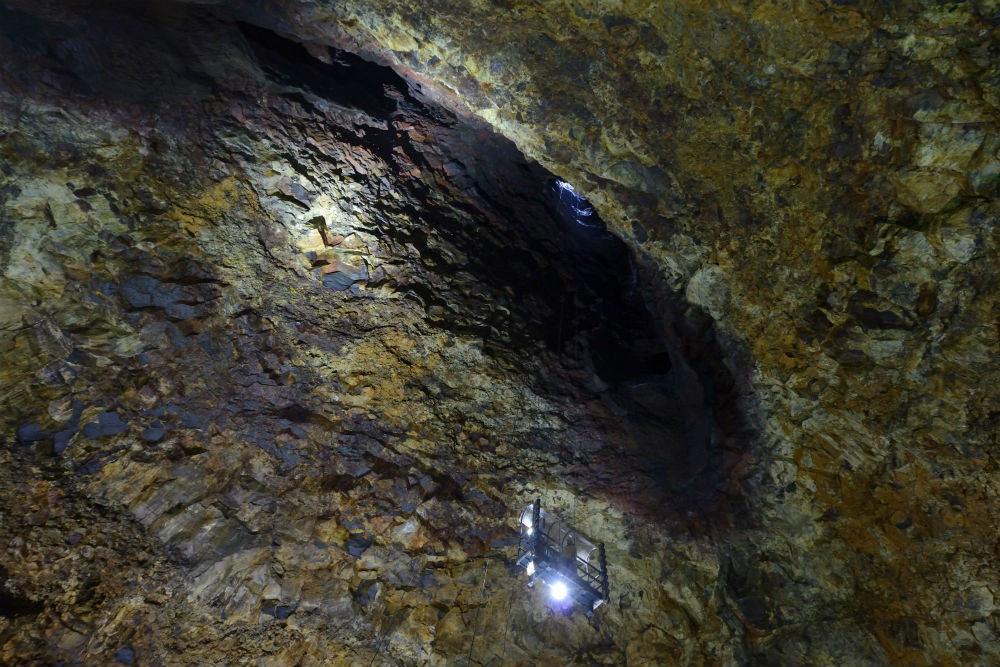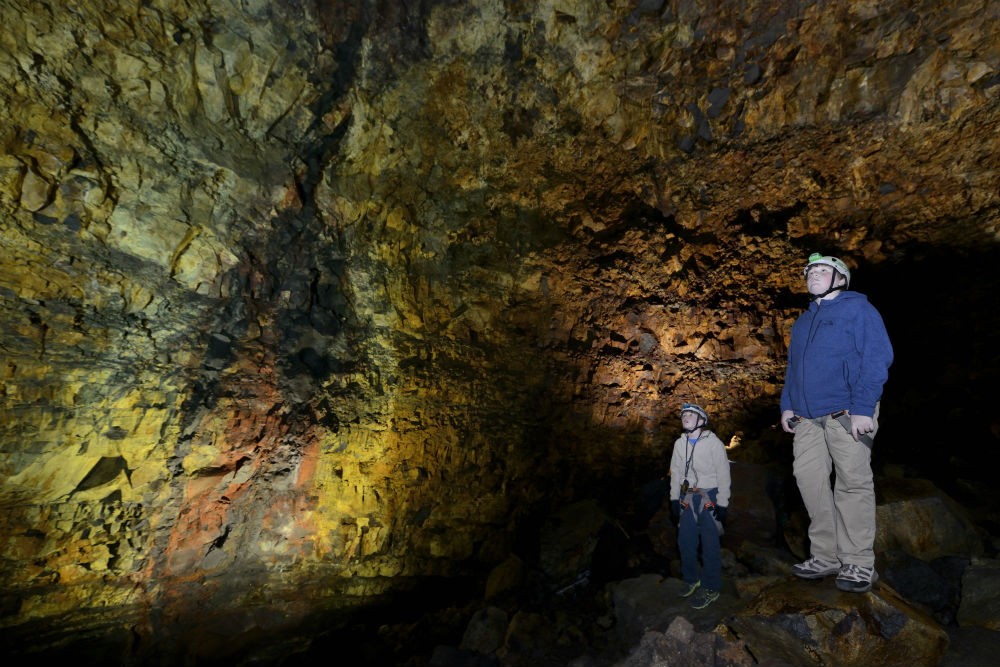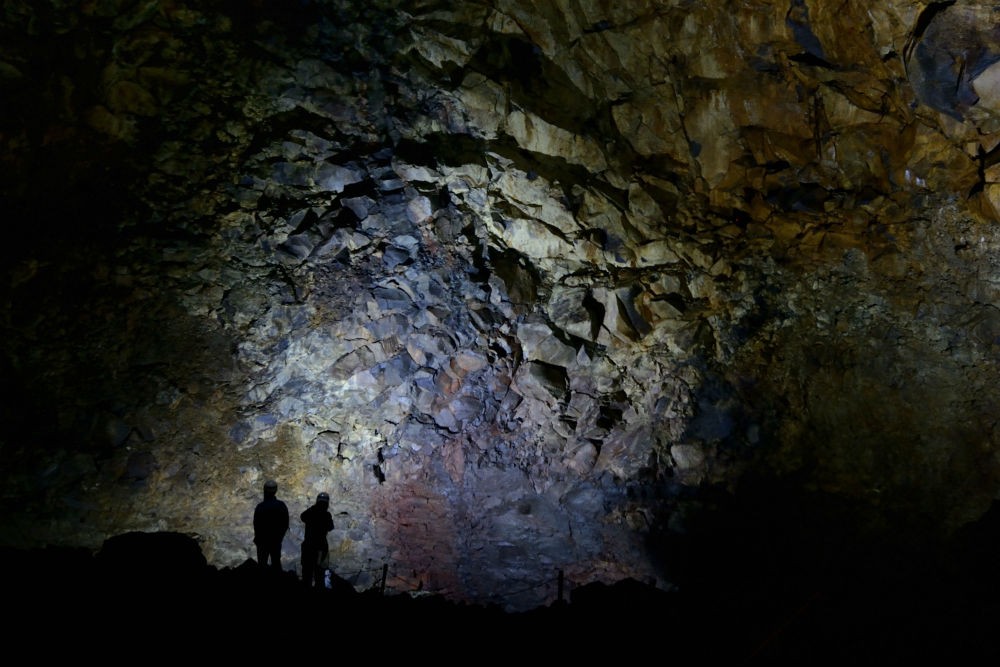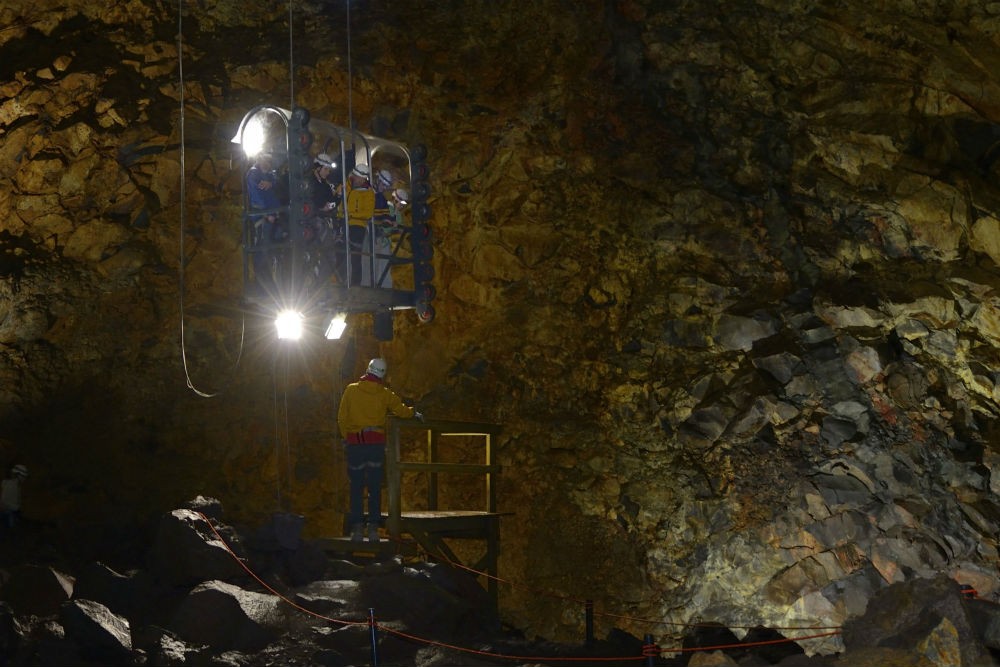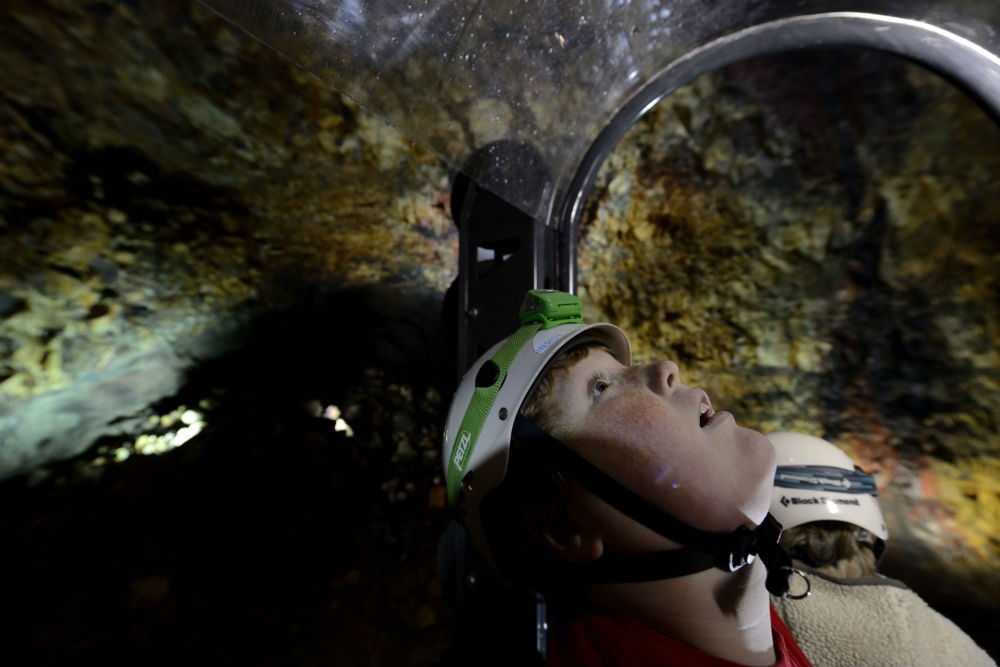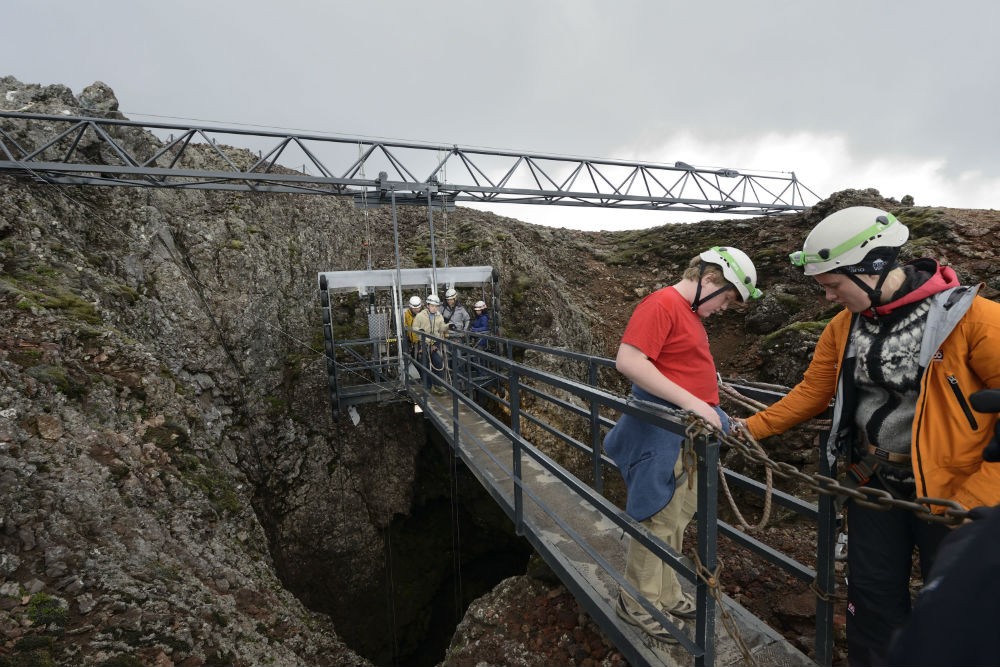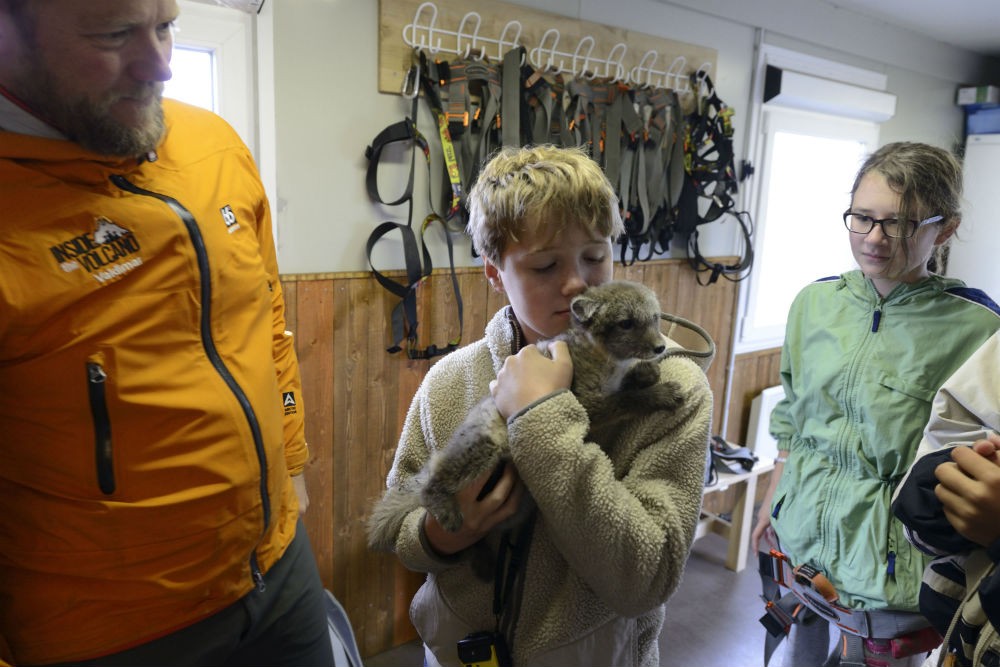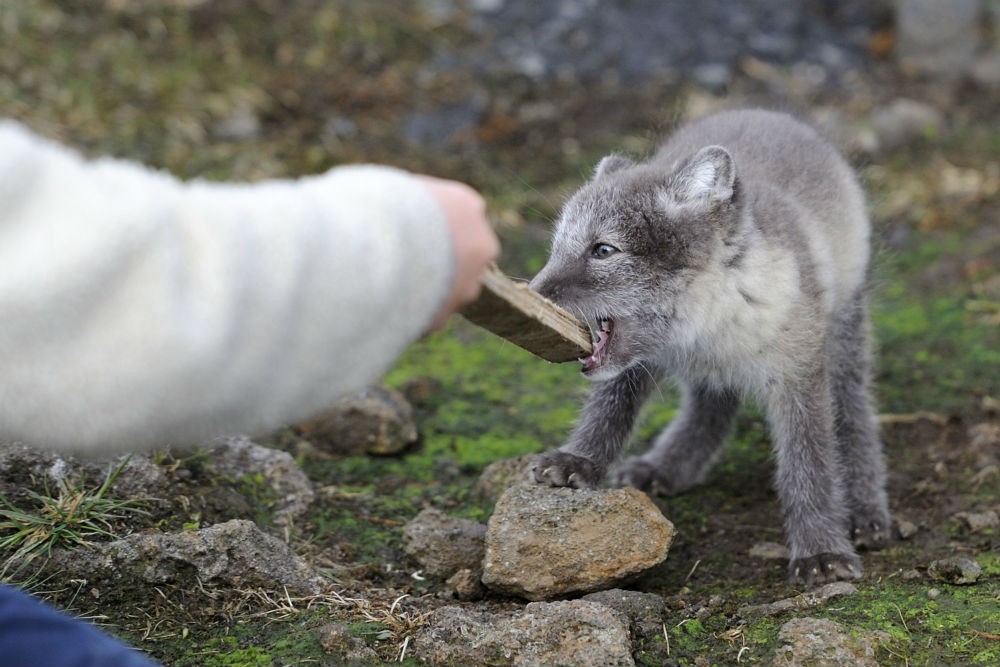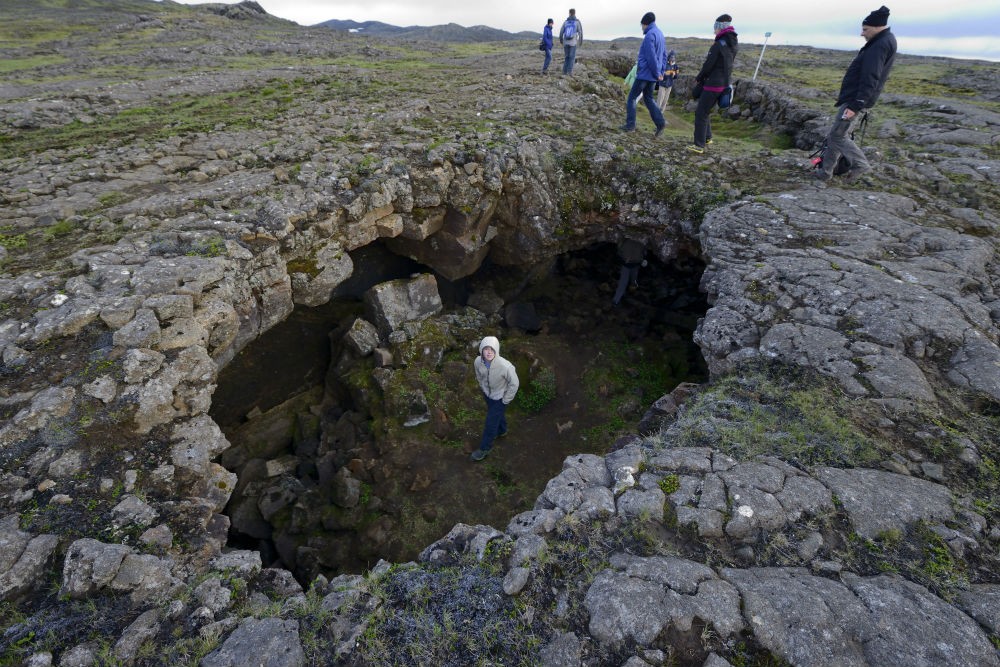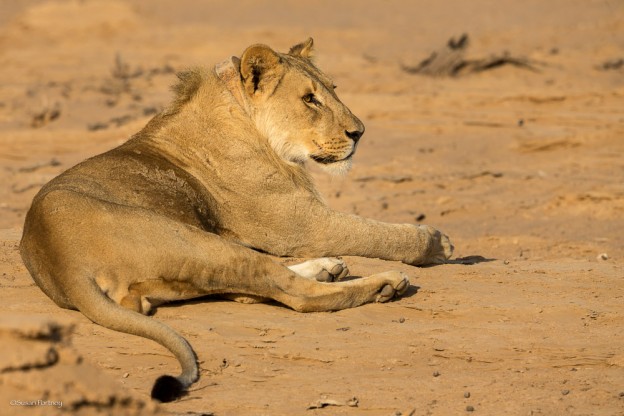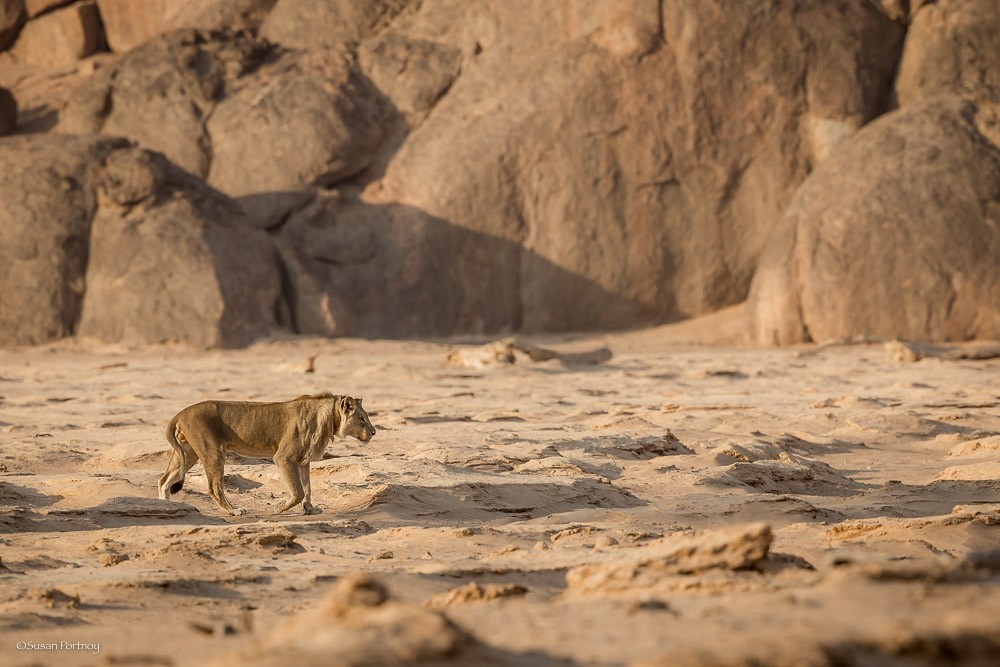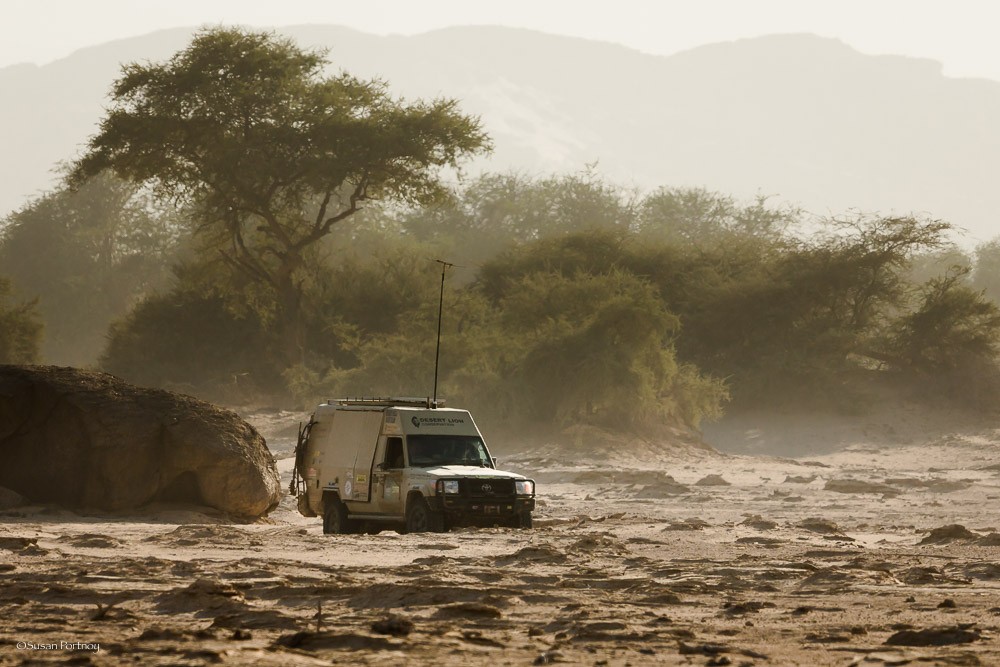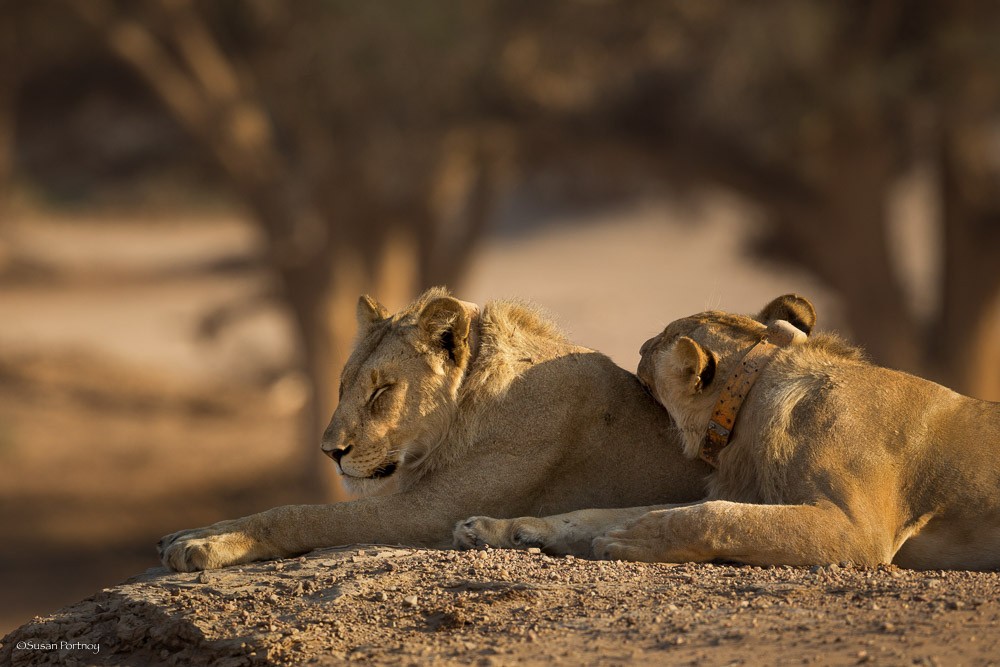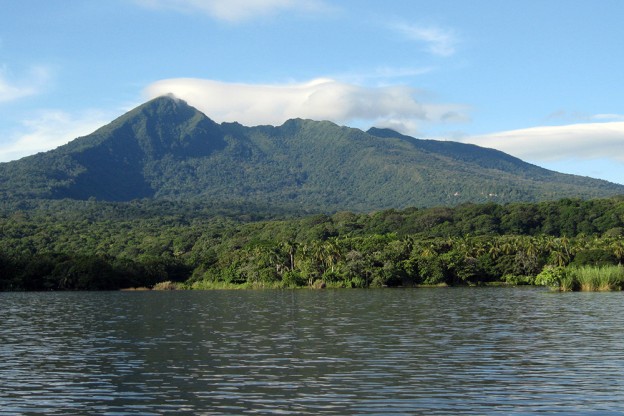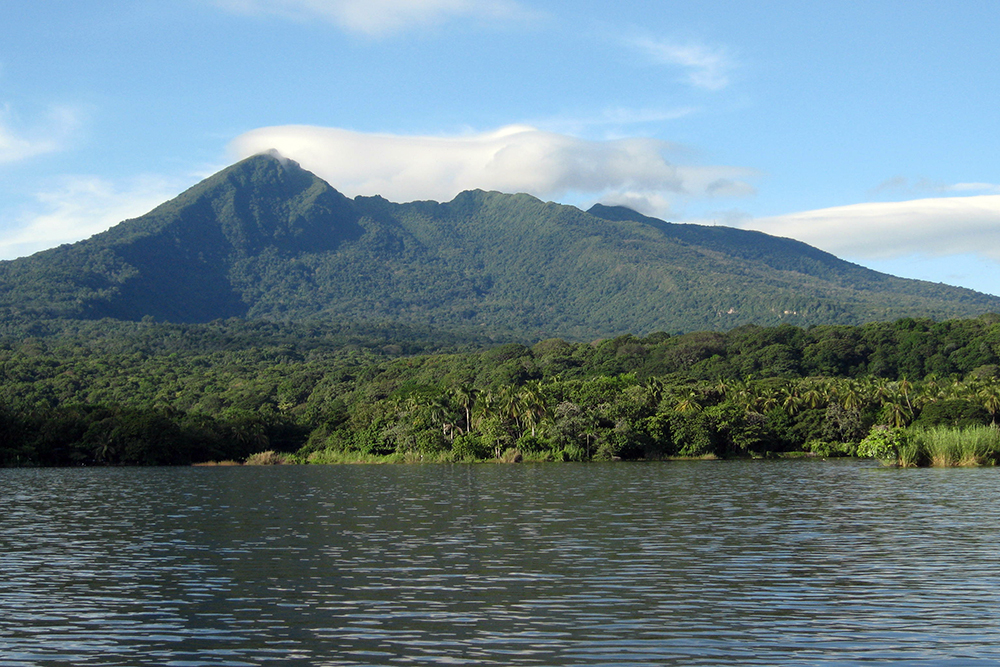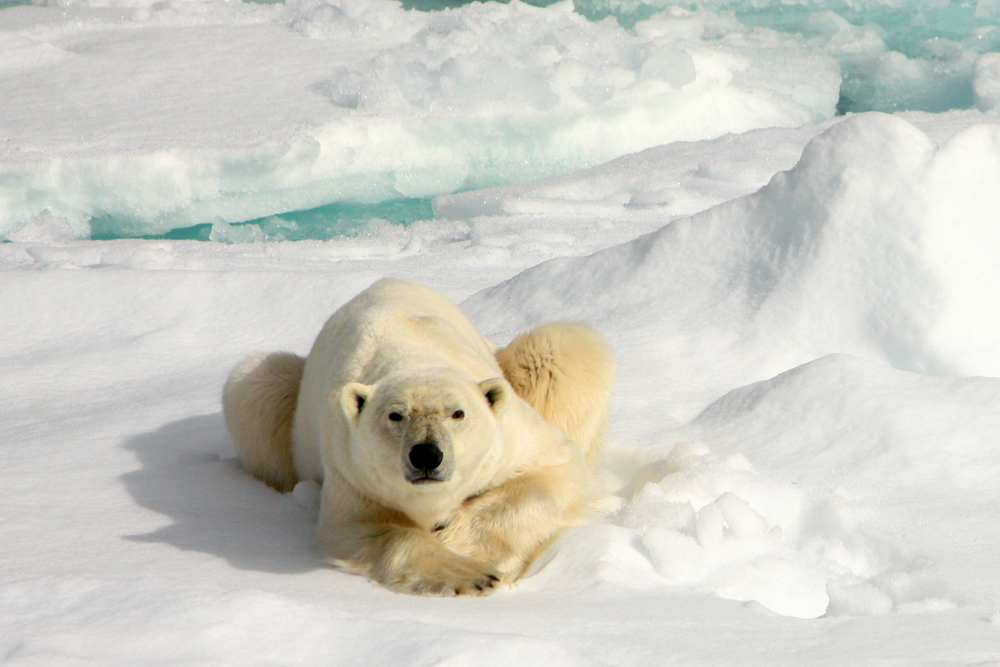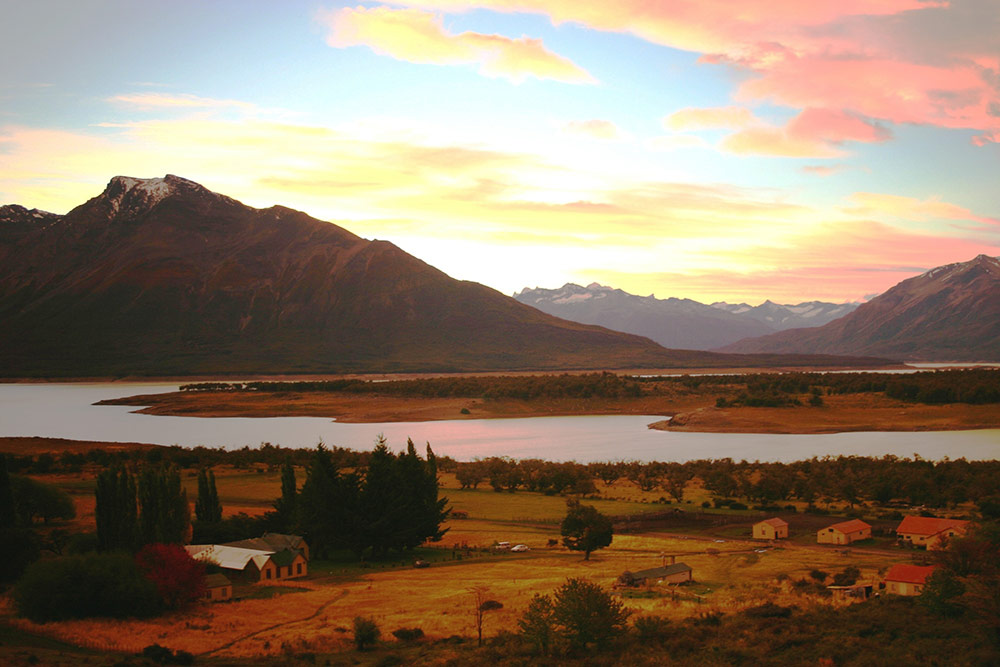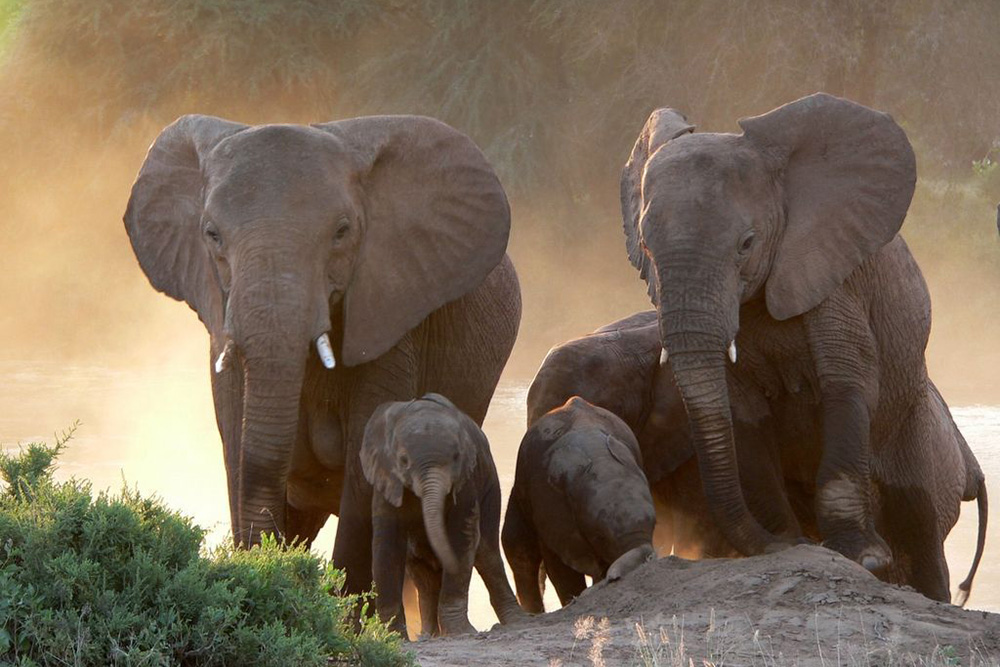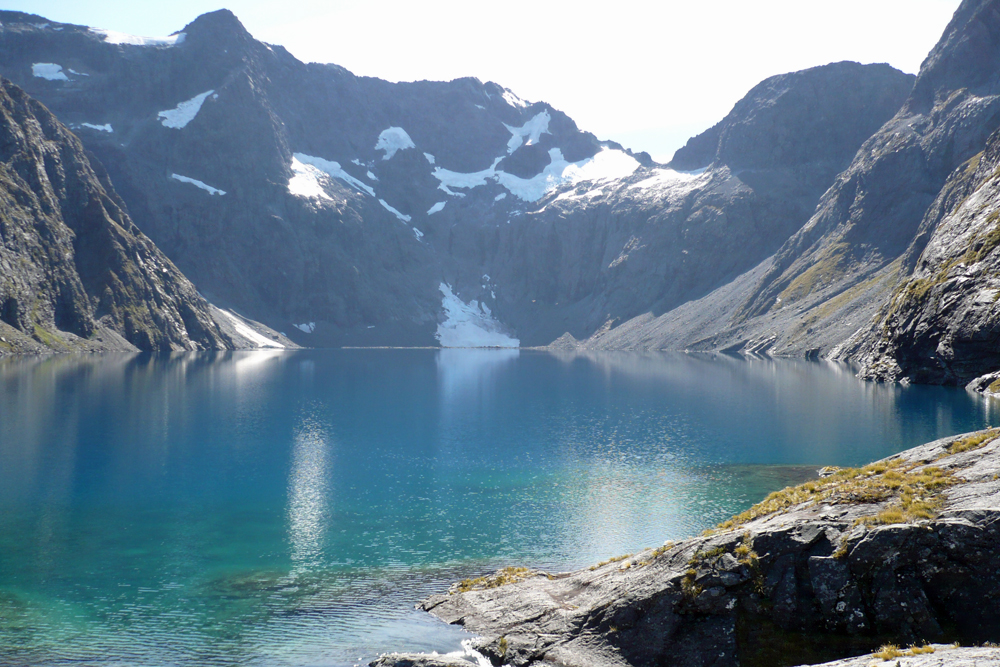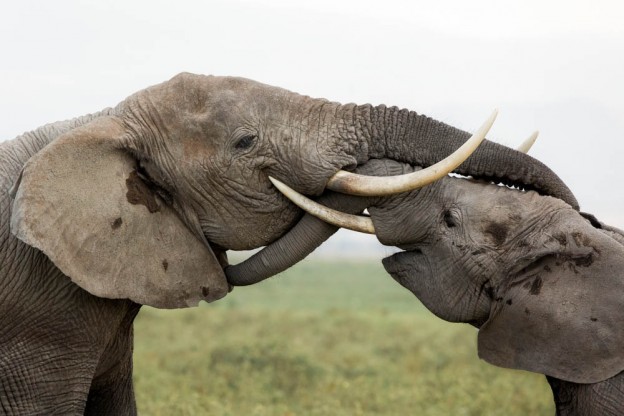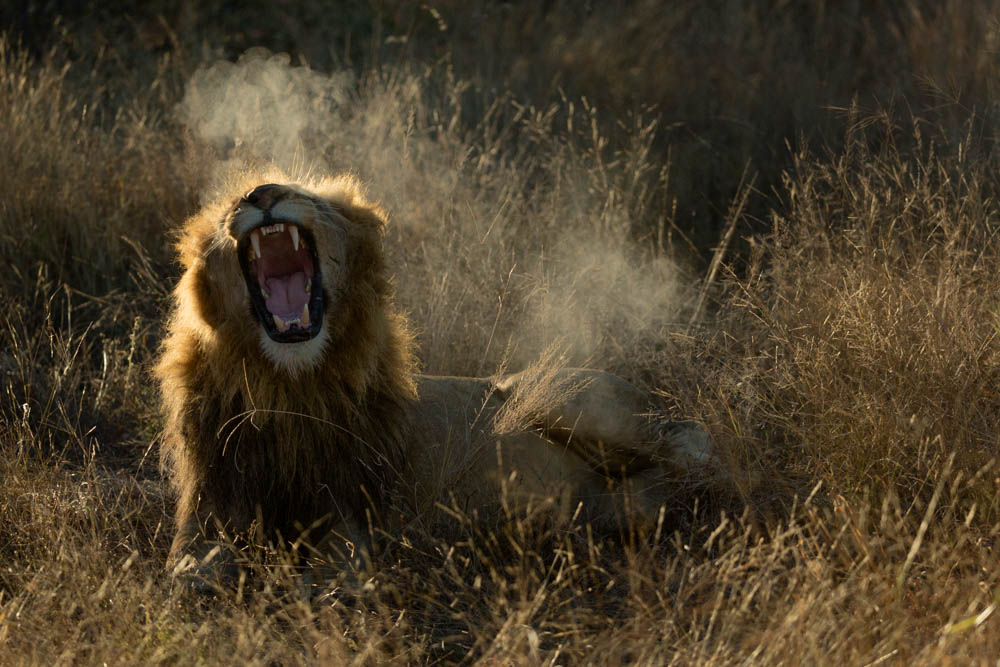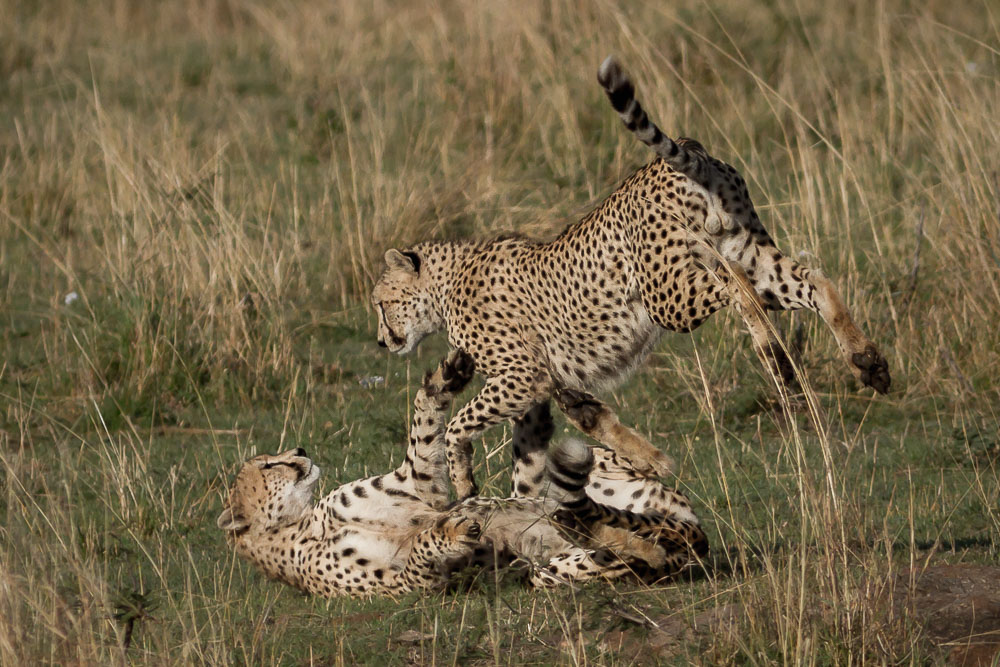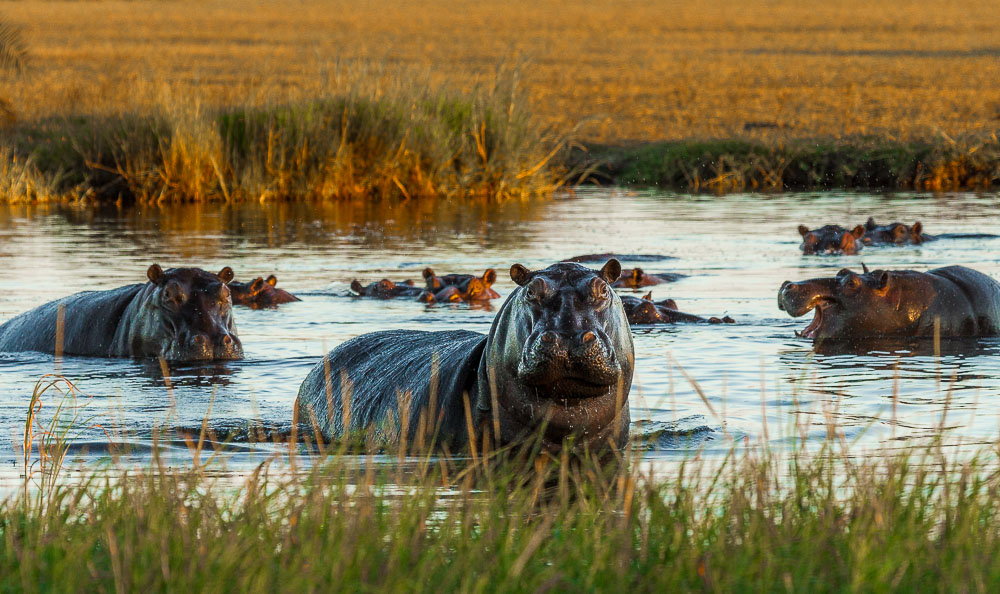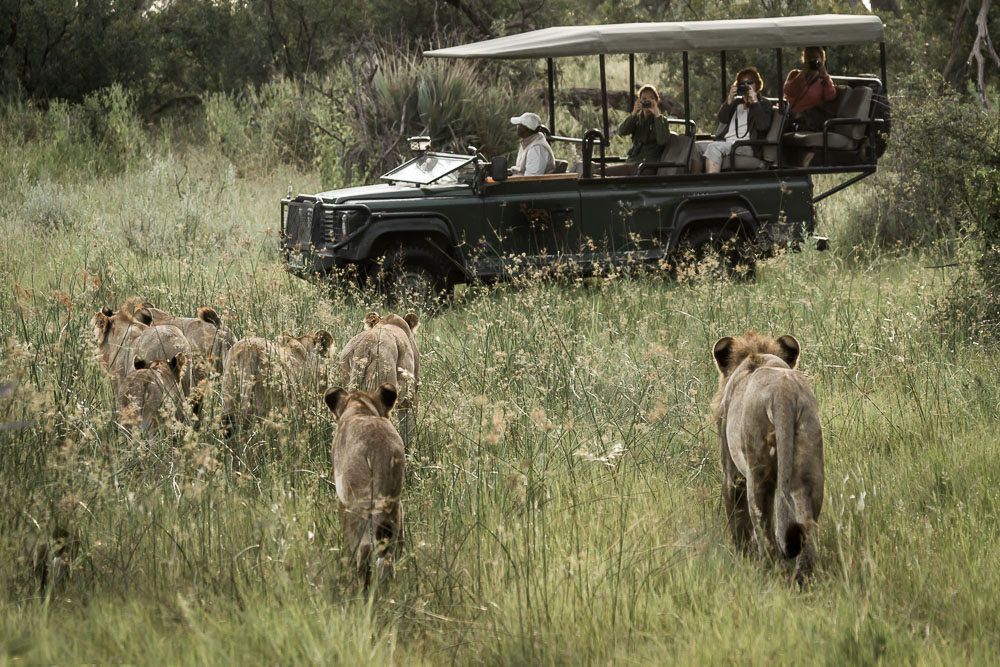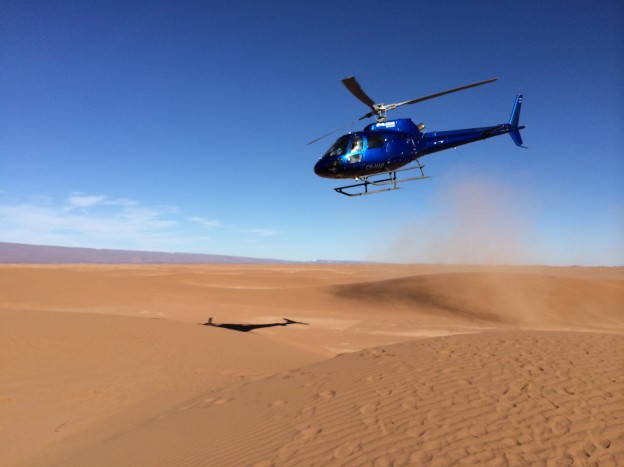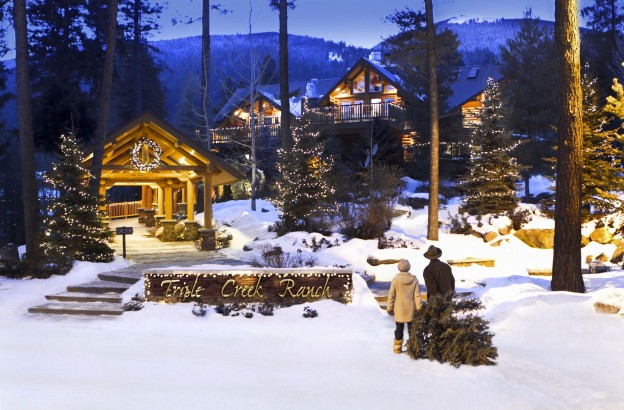More and more travelers are discovering the joy of experiencing a new place from the seat of a bicycle (or e-bike), the single-track of a hiking trail, or atop a horse, camel, or ATV. Count on our Trusted Travel Experts to add anything from some gentle countryside ambles to an adrenaline-stoking zip line into your next trip. Here’s what it means to get a WOW trip.
Japan: We pushed off, one by one, and dropped into snow so light it barely seemed to exist.
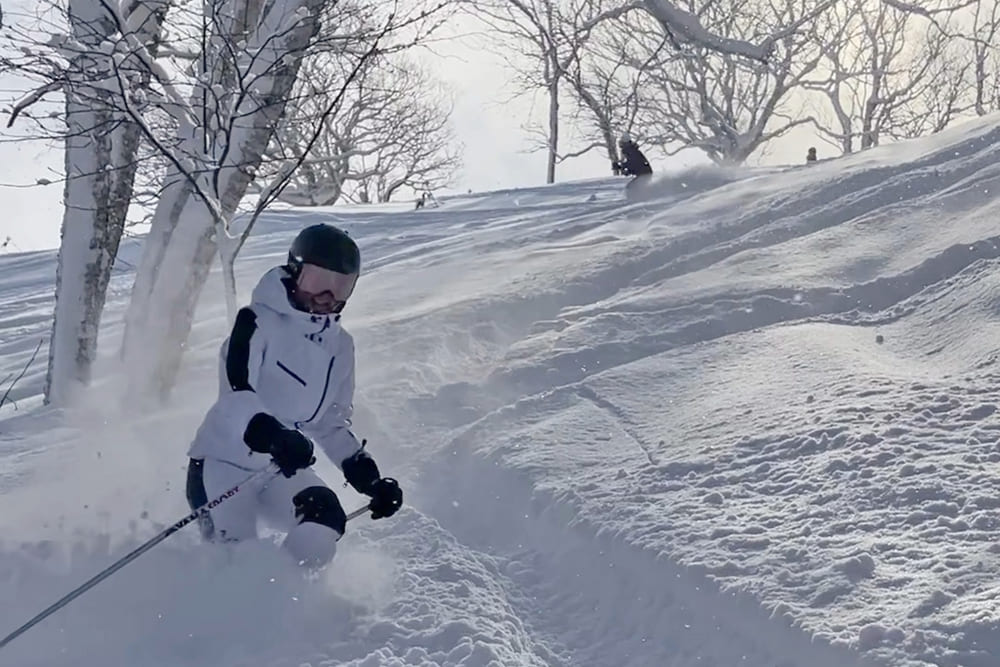
Skier Julie Lee pushes off and drops into first tracks: “untouched lines, that intoxicating sound of powder swallowing movement whole.”
“Skiing in Japan. The dream. The legend. The whispered tales of bottomless powder so light it evaporates between your fingers. A crisp bluebird morning after 30 centimeters of fresh snow—the kind of day that, back home, would mean hour-long gondola lineups. But here, in Japan, our guide just pointed off into the distance and asked: ‘Are you okay if we hike a bit?’
Now, if travel has taught us anything, it’s that when a local asks this kind of question, the answer is always yes. We kicked off our skis, shouldered them, and started bootpacking away from the lift-served terrain. A few others, clearly in the know, were doing the same. But then, just as we reached what seemed like the logical starting point, our guide stopped. ‘Let’s wait.’
Wait? Why? The first rule of powder days is that you don’t wait. But she had a look that said: Trust me.
So we stood there, watching as the others dropped in—first tracks, untouched lines, that intoxicating sound of powder swallowing movement whole. Then, as the last skier disappeared, she pointed with her pole to a small gap in the trees. ‘We’re going over there.’
What had looked like a sheer drop was, in fact, the entry point—the real one. A barely visible opening in the forest, a portal to something deeper, quieter.
We pushed off, one by one, and dropped into snow so light it barely seemed to exist. A floating sensation, weightless, almost silent—except for the occasional gasp, the involuntary ‘Oh my god’ that sneaks out when something is too good to keep inside.
Halfway down, we pulled into a clearing, breathless, needing air, needing to process what had just happened. These are called ‘wow moments,’ but that feels insufficient. It was more than that. Something closer to reverence.
Before dropping into untracked powder, Japanese skiers often say: Itadakimasu (いただきます). A phrase traditionally spoken before a meal, a way of expressing gratitude. But here, it means something just as sacred. A quiet thank-you to the mountain before taking what it has offered. Because powder—like the best meals, the best moments—isn’t something to be consumed. It’s something to be received.
From the planning to the execution, from the perfectly timed detours to the unshakable calm in the face of our endless questions, Andrea and his team made it all seamless. And for that, Itadakimasu.” —Anson Lee
Read more reviews of Japan trips. To get your own WOW trip, start with our trip questionnaire, reached via the black button below.
Argentina: “We could tour, hike, bike without being too strenuous…”
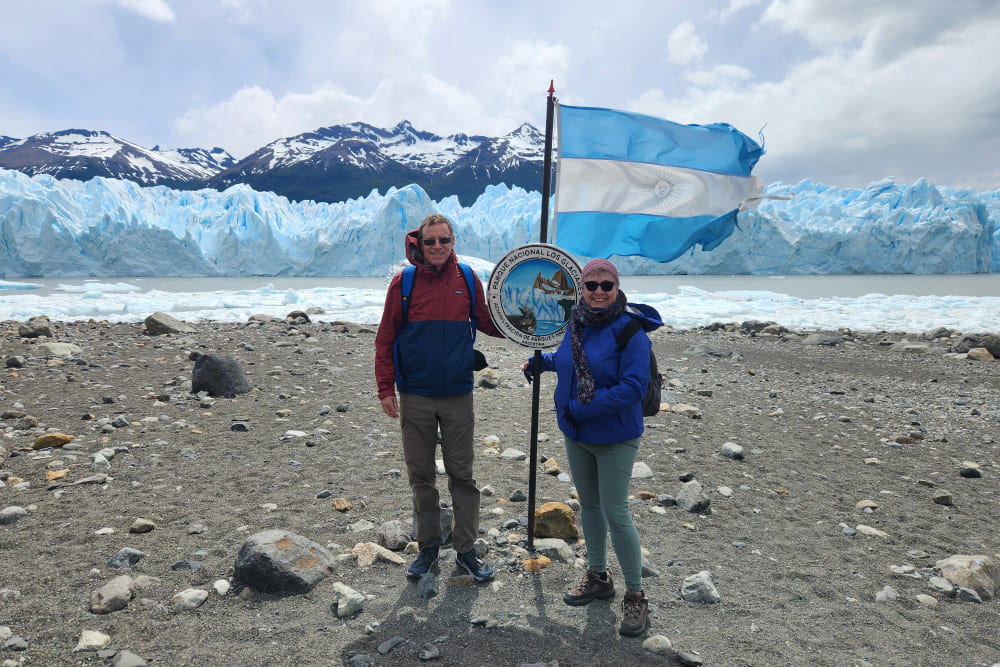
Travelers David and Sheila Cahnman hiking the “magnificent” Perito Moreno glacier in southwest Santa Cruz Province, Argentina.
“We just completed a wonderful 14-day trip to Argentina planned by Paul and Lucinda. They suggested four different locales that represented Argentinian highlights where we could tour, hike, bike without being too strenuous.
The trip started with four nights in Buenos Aires, including a private architecture tour and Jewish sites tour with very knowledgeable guides. We then went for a few days of sailing, hiking and biking in Bariloche, which was very similar to the Bavarian Alps. Next we headed to EOLO resort in El Calafate and the magnificent Perito Moreno Glacier: Make sure to spend a full day hiking there!
Our last stop was Peninsula Valdes and Estancia Rincon Chico, an 8-bed lodge and conservation area. The three days we spent there were a cross between a safari and the Galápagos. We especially enjoyed when our hosts took us to see 600,000 Magellanic penguins nesting on their private property.” —Sheila and David Cahnman
Read more reviews of Argentina trips. To get your own WOW trip, start with our trip questionnaire, reached via the black button below.
Whistler for summer peak-to-peak hiking, helicopter flightseeing, and a glacier cave adventure
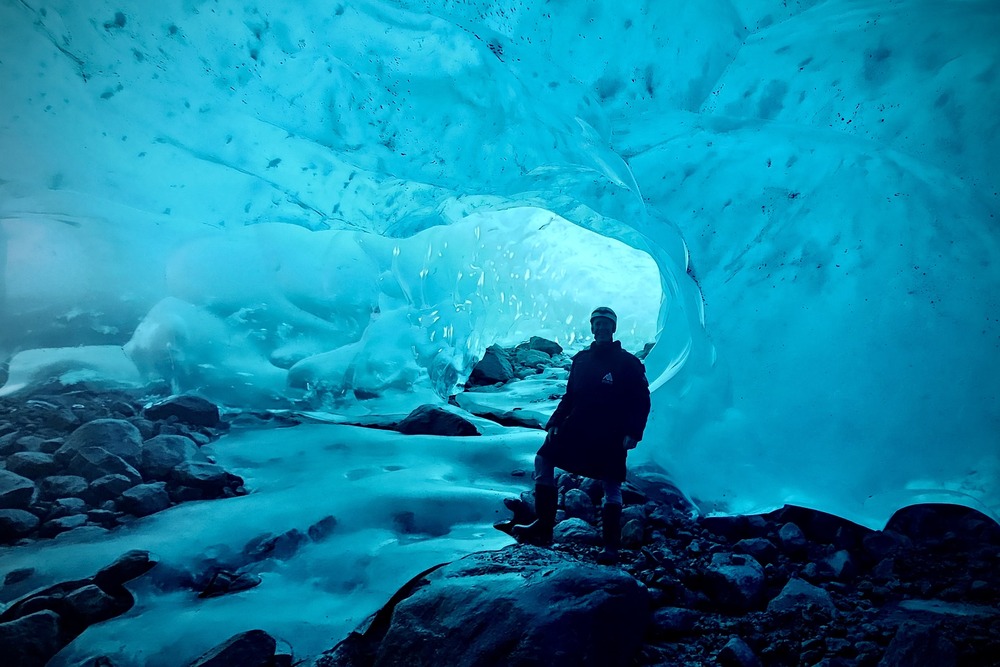
Traveler Todd Fitzwater hiking in a glacier cave in Whistler, British Columbia.
“Traveled to British Columbia and visited Whistler and Nimmo Bay Wilderness Resort. Marc created a fantastic trip for us and went above and beyond to make our trip exceptional. We had originally planned on visiting the Lake Louise area, but Marc detected a lack of enthusiasm and asked the question we’ve never been asked: ‘What would be your perfect trip?’ We gave him our answer, and he suggested Nimmo Bay Wilderness Resort.
Whistler was fantastic in the summer. Rode the Gondolas, went peak to peak, walked the suspension bridge at the top, hiked and took in the scenic view. The helicopter trip was fantastic, as was the glacier cave adventure. All arranged through Marc’s team.
Nimmo Bay Wilderness Resort was an out-of-this-world experience—floating sauna docks, floating hot tub docks, land-based hot tubs nestled next to a waterfall, water safaris, deep woods hiking, whales, otters, orcas, dolphins, bears and a 5-star restaurant. One dinner was without a doubt Michelin-worthy. Another dinner the dining room prepared the shrimp that I caught. Nine cabins with an eclectic bunch of people. Just a tremendous experience and one I plan on coming back for.” —Todd Fitzwater
Read more reviews of Canada trips. To get your own WOW trip, start with our trip questionnaire, reached via the black button below.
Switzerland: skiing, via ferrata in a gorge…
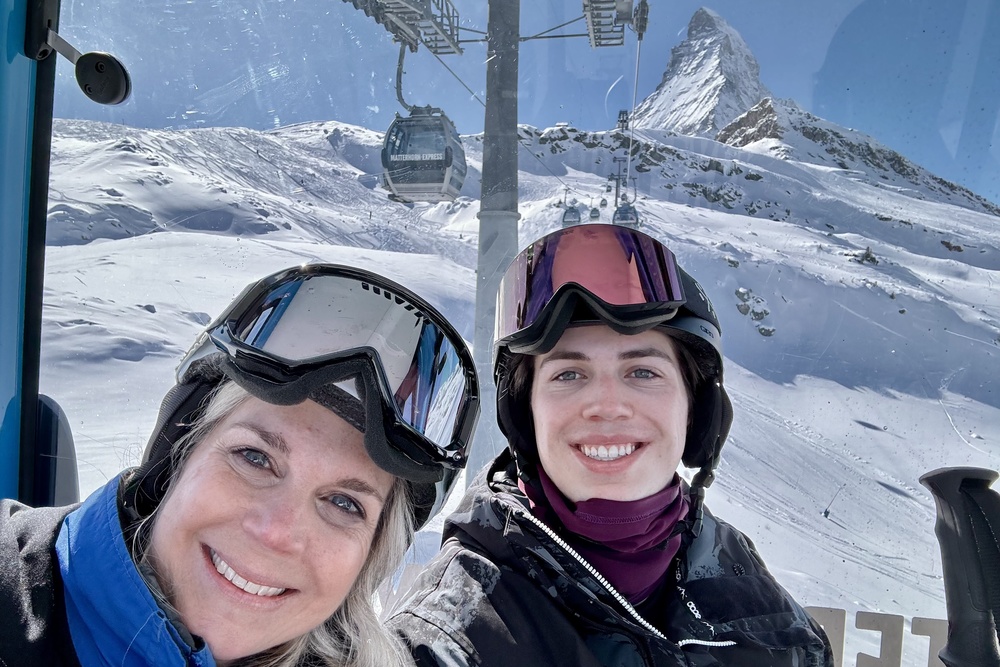
Wendy Mueller and son Evan riding the gondola on the Swiss side of Zermatt, with the Matterhorn in the background.
“I took my son (age 19) to Zermatt for a ski trip the first week of March. I wanted a special mom-and-son trip. I reached out to WendyPerrin.com for a referral to help and was connected with Nina and Simon. They took my wishes and planned an EPIC trip for me. The accommodations were amazing, the ski guide was so good I booked him an additional day, and they added to the itinerary a gorge trip and a special nighttime fondue and another evening tapas tour.
What made it more spectacular were the guides hired. We are very accomplished skiers in the U.S., living in Colorado and Tahoe. We knew Zermatt was a little more complicated of a mountain, with the lifts and the Swiss and Italian sides. They recommended a ski guide, and we are so very happy they did! Made the skiing more efficient and fun! One of the more memorable moments was a walk down into town from the evening fondue, and as we passed through one of the small hamlets, a small white one-room church—like the kind in old western towns—was lit, and our guide noticed my interest so he went over to see if it was open. It was and I was able to make a small donation in the box and light a candle and have a prayer of gratitude. I will remember this forever.
I rarely use travel services, as I do travel a lot and am comfortable booking on my own. However I wanted to have a bonding experience with my son and be stress-free. I feel more connected to my son, as we did activities together without worry. I would definitely recommend Nina and Simon when you want to be taken care of and have special moments. The guides were in direct contact with them, and it appeared to me the relationships are deep and very positive. We were the beneficiaries of those relationships for truly one-of-a-kind experiences.” —Wendy Mueller
Read more reviews of Switzerland trips. To get your own WOW trip, start with our trip questionnaire, reached via the black button below.
Norway: dogsledding, ice fishing, snowmobiling…
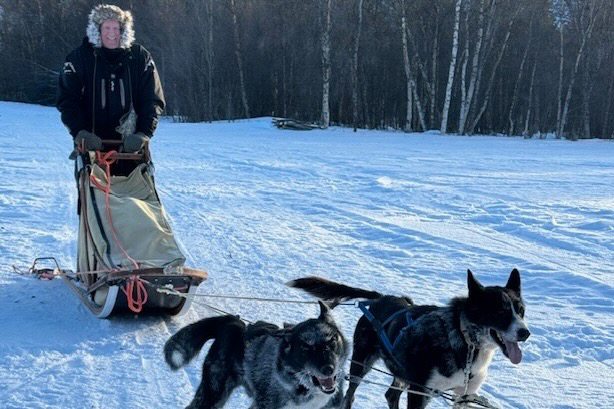
Jim Braun running his team of dogs in Alta, Norway. Photo: Traveler Kathye Faries
“Seeing the Aurora Borealis has been on my bucket list for ages and it was time to make it happen! With Wendy’s help we were connected with Torunn, who planned a terrific 10-day adventure for us in northern Norway in February, 2024. I worked with Karin Andresen on many of the details and Karin did a wonderful job too. My focus was seeing the lights (we saw them twice, yippee!), but the entire trip turned out to be way better than we expected due to the fun activities Torunn and Karin planned for us.
We started in Alta, well north of the Arctic Circle, and stayed at a great property outside of the town in a beautiful setting on the banks of a frozen river. We went snowshoeing (easier than I thought it would be) and ice fishing with Kelle of Glod Explorer, and his husky Bruno. Jim caught an Arctic Char so our lunch was as fresh is it could get! Sitting in a lavvu, around a fire, sipping hot chocolate and eating fresh-caught fish was a real treat. We also took a snowmobile ride at night at Bjornfjeld Mountain Lodge. We were cozy in a beautiful mountaintop glass igloo, cooked our dinner over a fire and looked for the lights. On our last day in Alta we spent several hours dog sledding in the beautiful Finnmark forest and on frozen lakes, which was one of the highlights of the trip. Our guide, Hannah, ran the Iditarod two years ago and was so expert on the trails. We loved our day with her and her dog teams.
While en route to our next destination (we saw moose, reindeer and foxes along the way), we had lunch with Johan, a Sami elder, in the village of Maze. His family has raised and herded reindeer for generations and his sons are poised to take care of the business someday. We learned so much from him about his profession, about the Sami, and got to meet some of his reindeer. Fascinating.
In Karasjok we stayed at one of the most unique, exceptional small properties we’ve ever seen. Every cabin and all of the furniture in each of the 7 cabins has been built by hand from natural materials. This place is a hidden gem, set in the forest and truly magical. On property were 45 Alaskan Huskies who were very friendly and loved “cuddles” from everyone. One of our days was spent with Magrit, a Sami woman who has spent her entire life raising and herding reindeer. We went with her by snowmobile, up high in the mountains, to see and feed some of her family’s herd. We spent time in the forest around a warm fire and she shared stories with us about her life. On our last day there, I went dog sledding with the Alaskan Huskies—it was an exciting ride where the dogs broke a new trail in deep, newly fallen snow on the frozen lake. It was a wonderful experience I will never forget.
The last few days of the trip were spent in Oslo where our expert guide took us to the Nobel Peace Prize Museum (very, very moving), and the National Museum (which houses Edvard Munch’s “The Scream”). We saw several contemporary buildings—the Library and the Opera House—watched some young men run from the sauna and jump into the 32-degree water of the harbor (yikes!); and toured the Vigeland Sculpture Park.
The Aurora was as wondrous as I expected and we were so lucky to see it. Northern Norway is a beautiful part of the world with clean water, clean air, warm and friendly people and so accessible to the outdoors. When we asked local guides (who grew up in Alta and Karasjok) if they ever wanted to move away, their answer was NO!!!! We could understand why.
The trip was so smooth due to Torunn and Karin’s expertise. Prior to and during the trip we made a few itinerary adjustments and all went perfectly. All of the guides and ground transportation services were there when and where they were supposed to be, and the outfitters and lodging choices were a great fit for us. We are so glad we saw the lights but we are also so appreciative of the adventures we experienced on this wonderful, enchanting trip.” —Kathye Faries
Read more reviews of Norway trips. To get your own WOW trip, start with our trip questionnaire, reached via the black button below.
Peru: hiking, whitewater rafting, piranha fishing, jungle canopy walks…
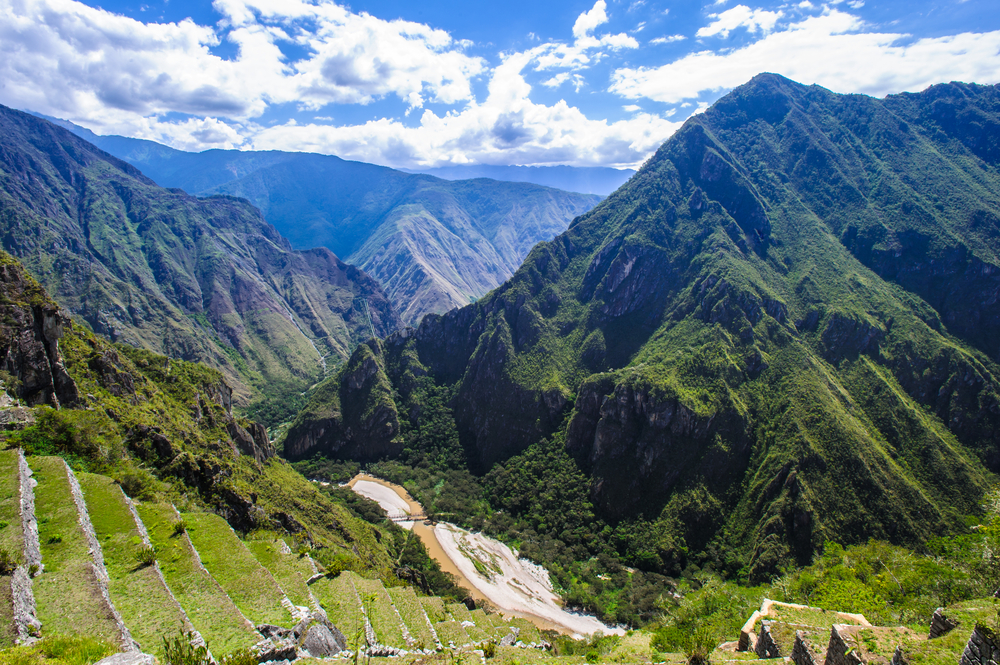
The Sacred Valley in Peru. Photo: Shutterstock
“My granddaughter and I just returned from our latest adventure, this time in Peru. This was our third New Year’s adventure organized by Allie, our other two experiences being the Galapagos Islands and Santiago/Easter Island, Chile. This trip’s primary objective was the Sacred Valley and Machu Picchu. We had a great 11 days.
Our base in the Sacred Valley was the Sol y Luna Hotel. Could not have asked for better accommodations. We visited many Inca sites. We also had a day of whitewater rafting. The Urubamba market is open twice a week, so we took the opportunity to shop with the locals. Being the new year, the flowers were aplenty, yellow, a color of note to the Peruvians at New Year. The highlight of the trip was Machu Picchu citadel. Pictures do not do it justice. The vastness of the site in the clouds and the river far below. It was beautiful!
On New Year’s Eve we had good intentions on staying up to ring in the new year, but Allie had other plans, gratefully and thankfully. The next morning we returned very early to the citadel. Allie was able to obtain tickets for Huayna Picchu. Tickets are in a limited number. We were very fortunate, as many people are disappointed when they find out tickets are not available. Allie had procured ours well in advance. My granddaughter climbed Huayna Picchu, also known as ‘the stairs of death,’ an experience she will never forget.
We returned to Cusco for a day, then it was off to the Amazon. Our flight was followed by a 45-minute powered canoe ride to the Inkaterra Reserva Amazonica, an eco lodge and our home for the next three days. We had a riverside cabana on the Madre del Dias River. In the mornings, we could hear howler monkeys and other unknown critters. It was the rainy season, so we had rain and thunderstorms daily. The weather did not hamper our activities, actually the weather was part of the experience. Although we had a twilight boat excursion and jungle canopy walks, our highlight was fishing on Lake Valencia. We went piranha fishing, followed by a shore lunch.
Unfortunately, our time had run out, we had to get back to the States. I said earlier that this was our third New Year’s adventure organized by Allie, which was my favorite. All were unique, different experiences and introduced us to some great people.” —Jim Stock
Read more reviews of Peru trips. To get your own WOW trip, start with our trip questionnaire, reached via the black button below.
New Zealand: kayaking, hiking, off-roading…
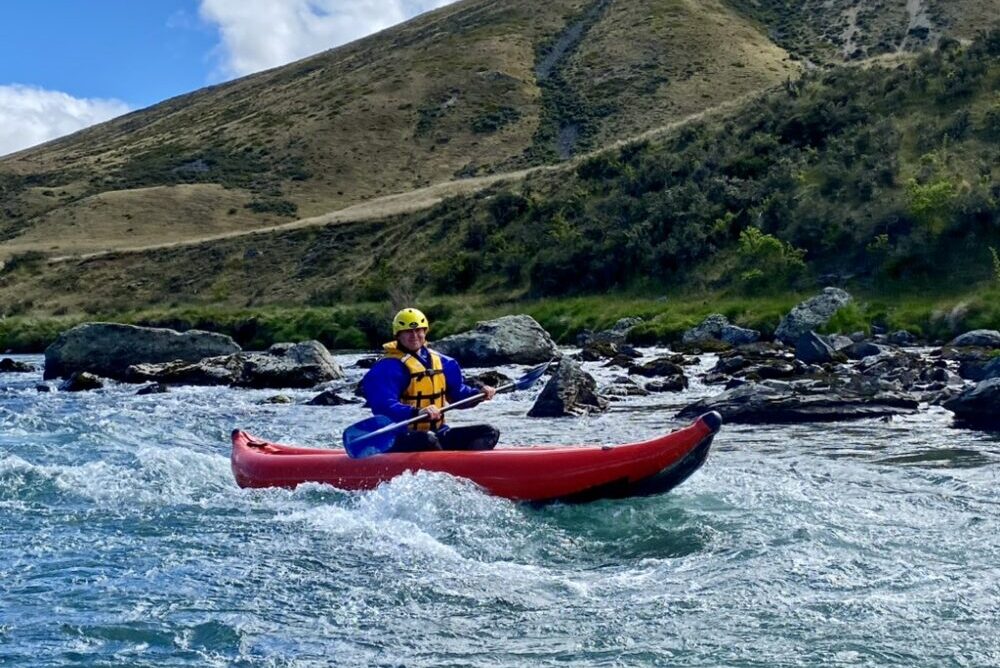
Kayaking on the Ahuriri River.
“Our 21-year-old son was studying in Australia. He was going to wrap up his trip in New Zealand. The idea came to us to make it a family holiday and meet him over there. The stars aligned and all schedules allowed it to happen. First off, Jean-Michel responded to our email inquiry immediately, and we were chatting with him 10 minutes later. We tossed ideas around and he assured us we could cover a lot of ground in the 8 days we had.
We saw a lot of the South Island by helicopter, we hiked, we kayaked, went to a mountaintop whisky bar and hot tub, went off-roading, drank lots of wonderful NZ wine and cheese. Our accommodations were fantastic. We have traveled the world, and Jean-Michel and his team are probably the best trip planners we have used to date.” —Susan and Blake Hancock
Read more reviews of New Zealand trips. To get your own WOW trip, start with our trip questionnaire, reached via the black button below.
Oman and Jordan: biking, dune bashing, via ferrata…
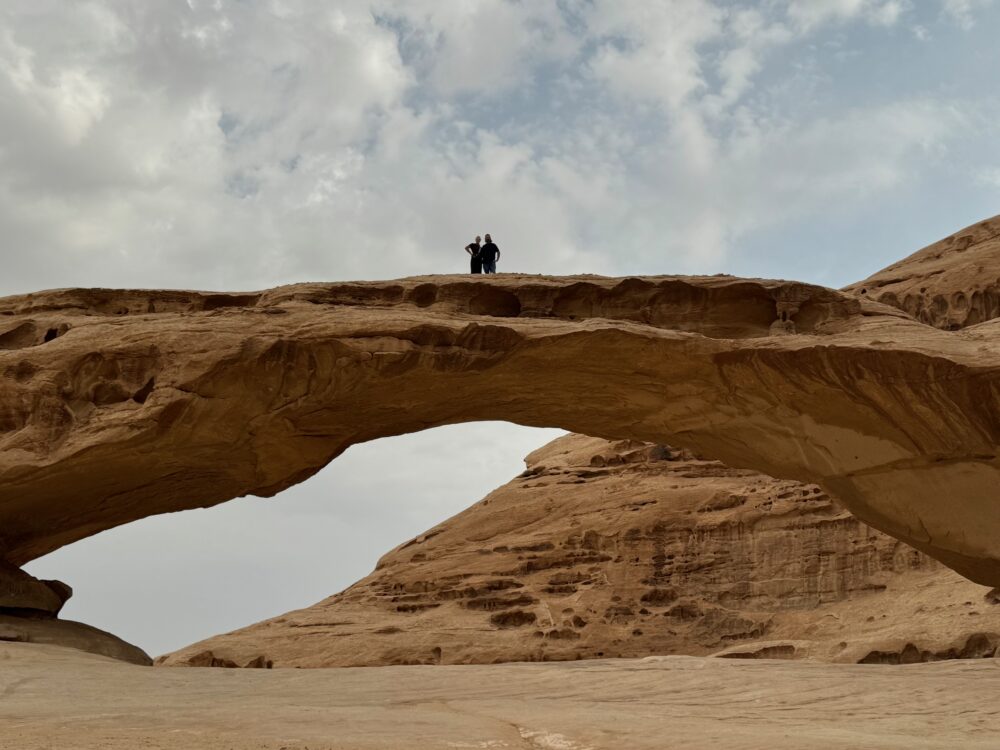
Amy Evers and her husband atop a rock arch in Wadi Rum, Jordan.
“Our trip to Oman and Jordan October 14th- Nov. 1st, 2023, was extraordinary! Even with the slight unease regarding the war, while in Oman and Jordan, all was well and safe. There did seem to be some extra military presence in Amman but that didn’t interfere with our trip. We are very happy we did not cancel!
Out trip planner, Daniel, did a wonderful job talking through everything with us ahead of time. He was honest about his thoughts about things that are worth it and that aren’t. Some of the highlights of our trip were:
Oman: Eating and drinking dates and Omani coffee with locals, dinner with a local family in Muscat, learning about the culture, talking with a local at the Grand Mosque to learn more about Islam, swimming and exploring Wadi Shaab and Wadi Bani Khalid, dune bashing in Wahiba Sands, the via ferrata course in Jebel Akhdar, biking down the mountains in Jabel Shams, the random barber shop experience for my husband to get his beard trimmed (hilarious and wonderful cultural experience), and the balcony hike in Jebel Shams.
Jordan: Petra during the day/night and the back door hike in, SCUBA diving the wreck in the Red Sea (not organized by Dan), ‘soft’ canyoning in Wadi Al Mujib, floating in the Dead Sea (so unique and funny!), and discussions about current issues with our guide.
I feel very lucky to have experienced this trip, especially in today’s political climate. It is always good to learn more, have more awareness and to become better global citizens. Thank you!” —Amy Evers
Read more reviews of Oman and Jordan trips. To get your own WOW trip, start with our trip questionnaire, reached via the black button below.
Southern Africa: fishing on Lake Kariba, hiking Namibia’s sand dunes…
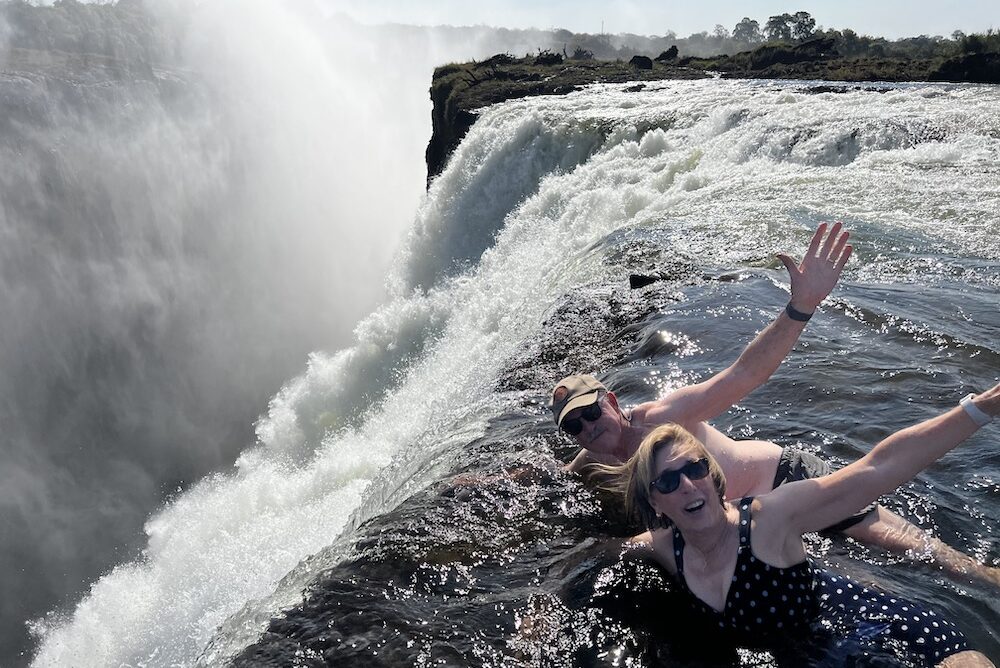
Karen Lindfors and Patrick Moore brave the Devil’s Pool at the top of Victoria Falls.
“We had a marvelous, perfectly planned trip to Zimbabwe and Namibia in September. Katie on Cherri’s team designed an itinerary that was varied and had an optimal blend of animal safaris, cultural content, adventure activities and jaw-dropping landscapes. We began our trip with one day in Johannesburg, which we spent in Soweto with a fascinating photojournalist who seemed to know everyone in Kliptown. Following our tour he sent us all of the photos he took during our day with him. Unfortunately, we were there on a day when the Apartheid Museum was closed so we weren’t able to visit.
From Johannesburg we flew to Zimbabwe and stayed at three different safari camps. The first was on the Zambezi River, the highlight of which was a canoe trip on the river amongst the hippos and crocodiles. Our second stop was the stunning Bumi Hills Hotel on the shores of Lake Kariba. There we enjoyed traveling to a local village and visiting an African Bush Camp Foundation school. Other highlights were fishing on the lake, where we caught about 50 bream in a couple of short hours, and a wonderful sunset cruise.
Our third camp in Hwange National Park was in the classic African savannah. 50,000 elephants live there and we marveled at their fascinating behavior at the camp and park-maintained watering holes. We saw many lions up close and even a leopard on multiple occasions. Our sundowners (those gin and tonics were something else we loved) were generally in open areas where we could see herds of animals traversing to the watering holes for their own evening drinks. It was nature on full display.
After our three safari camps we spent a night in Victoria Falls and, at Katie’s suggestion, braved a heart-pounding swim in the Devil’s Pool at the top of Victoria Falls. After a helicopter ride over the Falls, it was on to Namibia and its stunning Sand Sea. The desert was mesmerizing and a photographer’s dream. We drove through the dunes, hiked on them and even took a balloon ride over the desert landscape. Throughout the trip we had fabulous guides who shared so much knowledge with us, both regarding the natural world and all of its creatures, and also their personal stories as well as the history and politics of their nations. The camps were lovely with such hospitable staff members who truly made us feel like welcomed friends. For the first time ever on the last day of a trip, my husband said he wished he could stay longer!” —Karen Lindfors
Read more reviews of Southern Africa trips. To get your own WOW trip, start with our trip questionnaire, reached via the black button below.
Switzerland: hiking in the Alps, kayaking…
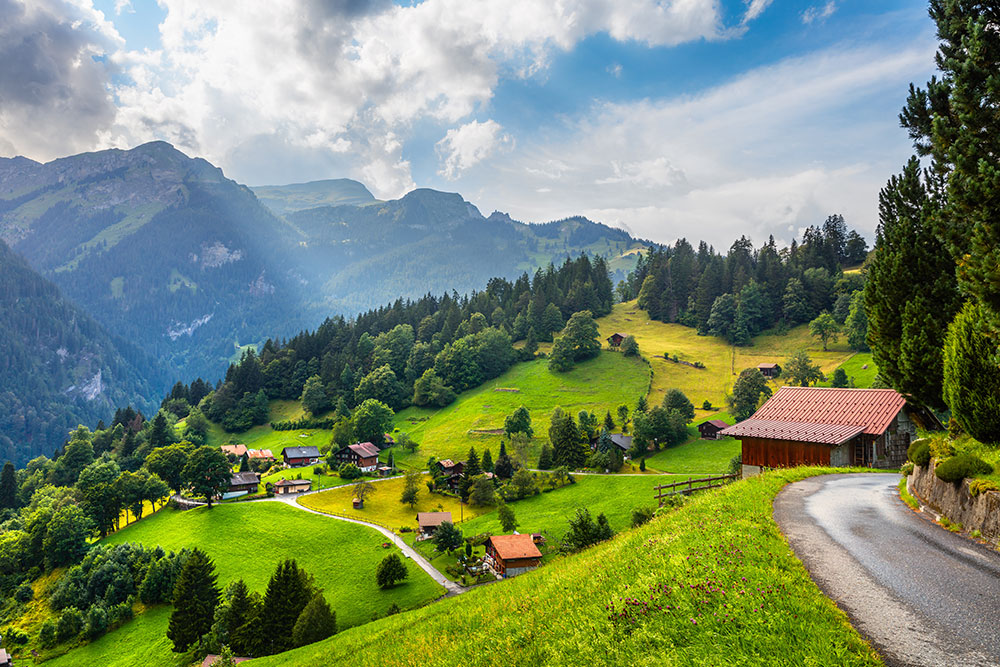
Wengen village with the Swiss Alps in the background. Photo: Shutterstock
“We just returned from two magnificent weeks in Switzerland, all planned by Ana on Nina’s team. Switzerland is more beautiful than we even imagined. The amazing itinerary that Ana planned allowed us to do and see so much….and yet we felt relaxed and had time to enjoy everything. Our main goal was to hike in the Alps, but we also wanted to experience the cities, towns and beauty of Switzerland.
We went to Zurich, Zermatt, Kandersteg, Interlaken, Wengen/Lauterbrunnen Valley, Bern and Lucerne. Ana arranged all our wonderful drivers, tour guides and special tours. We covered so much ground and had so many incredible experiences like kayaking on Lake Brienz, a tour of a cheese dairy farm, learning about watch making and a delicious chocolate tasting!
We hiked a total of 8 days of our 14 days, and each hike was better than the next. Hiking in the Alps is truly incredible. Ana even provided hiking trail suggestions for each day. Even though our main goal for the trip was to hike the Alps, we experienced so much more of Switzerland. We are forever grateful.” —Susan and Josh Wieder
Read more reviews of Switzerland trips. To get your own WOW trip, start with our trip questionnaire, reached via the black button below.
Costa Rica: surfing, rafting, rappelling down waterfalls…
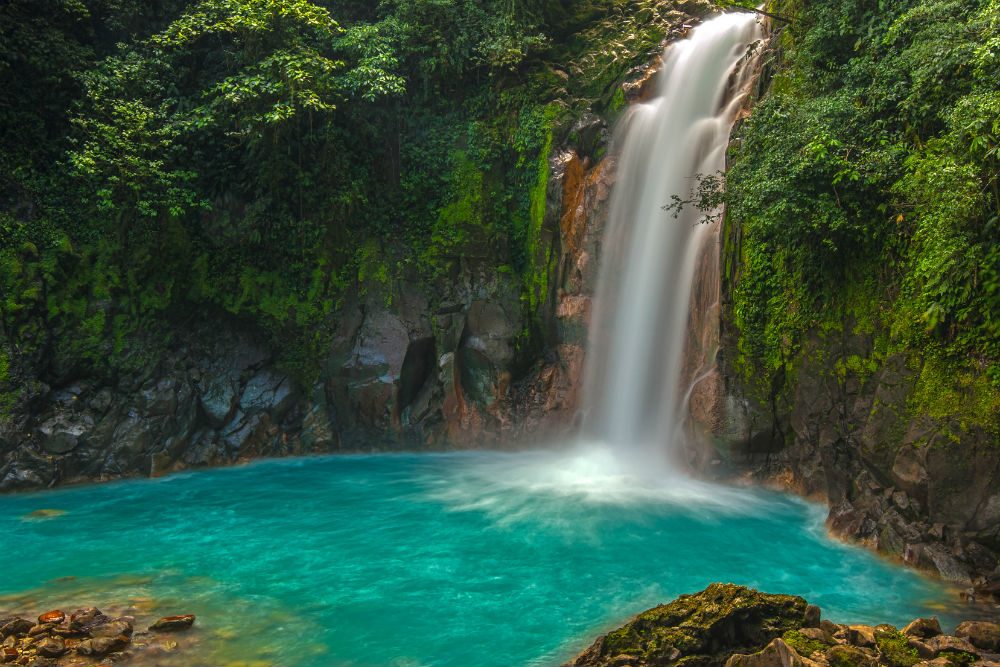
Rio Celeste Waterfall, Costa Rica. Photo: Shutterstock
“My family of five spent 10 days in Costa Rica at the end of August 2023. Our trip was planned by Irene (and her team) who lives locally in the region. Our trip was an amazing, wonderful family event that we’ll remember for a lifetime. Our family includes three teenage children, so we were looking for adventure. Irene delivered.
We spent 5 days in La Fortuna, residing at the Nayara Tented Camp, in a family tent that easily accommodated the five of us comfortably (no bed sharing for the kids!). The hotel was absolutely magical, and we want to go back. We did a chocolate workshop at Two Little Monkeys, which was a highlight for us, and well worth the drive out of town. Irene organized our excursions to the Hanging Bridges, the zip lines that rip down a mountain, and a canyoning tour that had us rappelling down waterfalls. All were amazing, with the rappelling being the family’s collective favorite. We also had a dedicated driver and larger van that accompanied us for our entire chapter in Arenal (hola Jonathan!), which we highly recommend.
We hopped a short flight and spent the last 5 days in the Manuel Antonio region. The hotel, Arenas del Mar, had a fantastic beach and wonderful restaurant. The wildlife was very active, including the white-faced monkeys that were a permanent fixture on the hotel grounds. For adventure, we got to paddle class III and IV rapids and we had a epic day surfing.
We will partner with Wendy Perrin/Irene Edwards for any future trip to Costa Rica (we will be back). And given the strength of our experience with our Costa Rica adventure, we will certainly turn to Wendy Perrin to help us explore other parts of the world.” —Jason Grapski
Read more reviews of Costa Rica trips. To get your own WOW trip, start with our trip questionnaire, reached via the black button below.
Peru: hiking the Inca Trail to Machu Picchu

It is magical to approach the ruins of Machu Picchu on foot via the Inca Trail. Photo: Southwind Adventures
“My wife, kids (10 and 12 years old) and I had a fantastic trip to Peru, hiking four days on the Inca Trail, visiting Machu Picchu, the Sacred Valley, Cusco and Paracas. Wendy put us in touch with Tom, who created a great itinerary, got us lined up with superb guides, and made it so that all went seamlessly.
We were blown away by all that we learned about and saw of the Inca civilization. Their growth and all they accomplished in only a hundred years still has me dumbfounded. Visiting the Sacred Valley, which is in the Cusco region, was a great way to start. The Inca architecture, engineering, farming, food storage, religion, social systems, political systems, communication systems, and on and on…. Every bit of it was jaw-dropping and fascinating.
But for me, what heightened the impact was four days hiking and camping on the Inca Trail. Akin to taking a Nile cruise to see sights that would otherwise be inaccessible, hiking from the sacred valley to Machu Picchu gave us the chance to see not just individual, hard-to-access sites, but even better, to see the connections between them all and get a sense of how the Incas knit it all together—areas with different climates, environments, agriculture, foods, etc. Walking the centuries-old trail and encountering still-standing aqueducts, temples, waystations, and granaries along the way had a profound impact that I do not think would have hit us had we only hopped from site to site by train or car.
Aside from the Inca ruins we saw along the way, the natural beauty was almost overwhelming. Every step through the Andes was breathtaking. Any vantage point on the trail ,whether verdant or dry, could almost move you to tears, it was so gorgeous.
When we got to Machu Picchu late the fourth day… what a reward. Everyone has seen pictures, but to pass through the Gateway of the Sun and see the complex surrounded, even dwarfed, by the dramatic topography around it, well, it leaves me without words just thinking about it.
During the whole trip, the staff was 100% there to help and make sure all went well. For example, I would have expected the drivers to simply do their job and drive, but they went the extra step. They knew all the roads and shortcuts, but also made sure we were comfortable, well fed, and had snacks and water. Whenever we stopped and got out, each of our drivers kept an eye on the kids to make sure they didn’t head in the wrong direction or get swarmed by street vendors. If one of the kids got bored or tired, they were there to take the child back to the bus to rest. And all of it with kindness.
Big thanks to Wendy and team, our TTE Tom, our guide Ronny, and all the on-the-ground staff who blew our minds.” —John Strachan
Read more reviews of Peru trips. To get your own WOW trip, start with our trip questionnaire, reached via the black button below.
Switzerland: hiking, rafting, mountain biking…
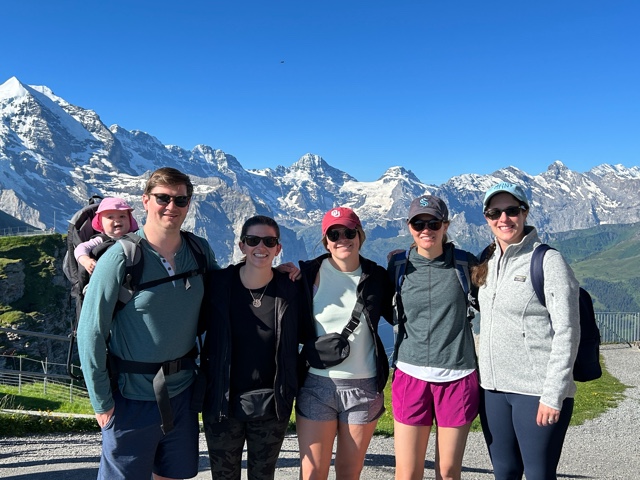
The Roberts family hiking in Wengen during their WOW Trip to Switzerland. Photo: Traveler Laura Roberts
“We traveled to Switzerland for 16 days with the help of Ana in Nina’s office. I asked a lot of her because we were traveling with our four grown children, our daughter-in-law, and our 10-month-old granddaughter. She did a great job of finding interesting activities that all eight of us could enjoy! We hiked, had a raclette lunch in a candlelight cave, rafted, mountain biked, wine tasted, and much more! We had three major destinations: Zurich, Wengen and Ascona. Wengen was our favorite—beautiful views of Eiger, Monch and Jungfrau, accessible only by train and no cars in town.
However, the true highlight was in the mountain near Ascona. There was a local alpine festival for the opening of a cattle-grazing area high in the mountains. Ana arranged for us to go by helicopter and see the local traditions—cheese making, eating polenta and alpine horns. We were the only foreigners there, and the people were very welcoming! We loved this trip!!” —Laura Roberts
Read more reviews of Switzerland trips. To get your own WOW trip, start with our trip questionnaire, reached via the black button below.
Italy: hiking, fly fishing, test-driving Ferraris…
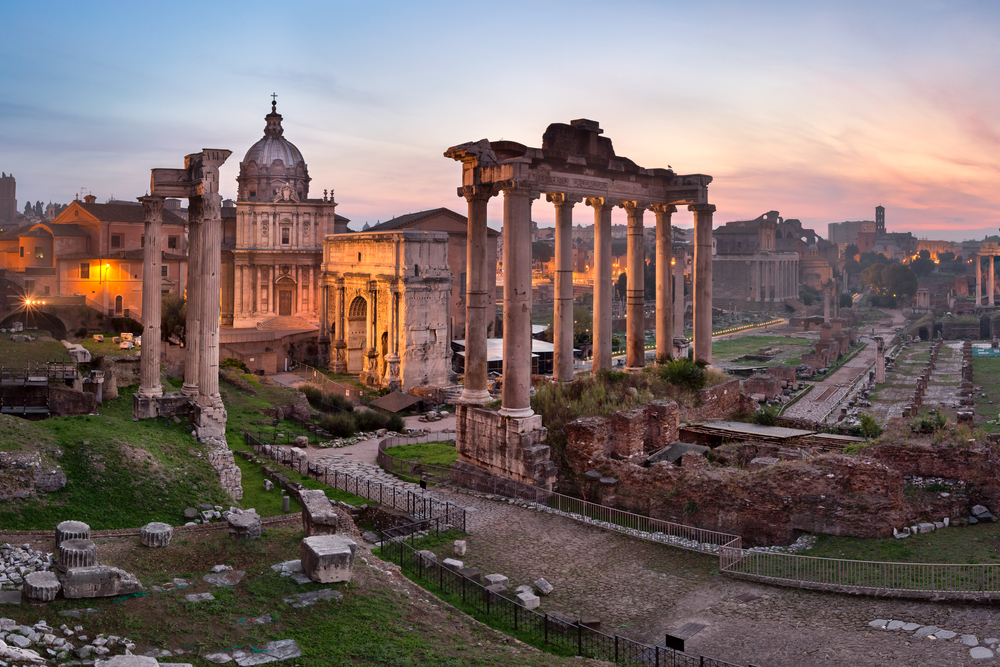
The Forum, Rome, Italy. Photo: Shutterstock
“After an initial discussion of objectives, Maria did an excellent job of planning a balanced trip of cultural sightseeing and fun activities inside, outside and on the water. Execution was flawless, and it was huge value having a digital personal itinerary (w/ contacts and maps) and Cristina, our local operations manager, a text away for any last-minute needed changes.
After the overnight flight to Milan, we literally hit the ground hiking from Santa Margherita Ligure to Portofino, keeping our active boys moving while acclimating to the new time zone. Although a little risky with potential jet lag, this was a highlight hiking through the high serene hills for a couple of hours, with only the sounds of birds and a young wild boar and descending upon Portofino on foot. Portofino was a treat and the next full day at sea on a captained 40-foot boat to swim and visit the coastline at our leisure was awesome! Having lunch and snorkeling at San Fruttuoso was fantastic.
Additional memorable experiences included:
- Visiting the Ferrari museum and test driving Ferraris on the streets of Maranello
- Touring the Accademia sculptures, the Uffizi and cruising the Arno with a renaioli and our private guide Elvira
- Leisurely driving through Tuscany with our lively driver Francesco, stopping for a wonderful private tour and lunch at a vineyard with its owner Diana
- Staying at a palazzo in Montefalco: Maria was right—this is the balcony of Umbria, and the views are unforgettable!
- Fly fishing (and catching/releasing brown trout!) in tranquil Borgo Cerreto with a very fun guide named Luca
- Sightseeing through ancient Rome—including the Forum, Colosseum and Vatican museums—with very knowledgeable private guides (Valerie) and no lines!
- Riding on the back of Vespas, seeing unique neighborhoods and parks in Roma
- Learning to row a Batela in Venice w/ our own rowing instructor and having cicchetti (appetizers) and wine
- Touring and climbing to the top of the Clock Tower in Piazza San Marco
Maria chose excellent hotels for our stays, and the rooftop bar lounge and pool in Florence was a great way to end every fun day. We thought having private guides and transportation (car and water) made the trip much more memorable, as we received personal attention/treatment and allowed for personal interaction with locals to better understand the culture and way of life.
South of Rome, Sicily and the Lake region are next!” —Mark Mazzatta
Read more reviews of Italy trips. To get your own WOW trip, start with our trip questionnaire, reached via the black button below.
Spain: skateboarding through Barcelona
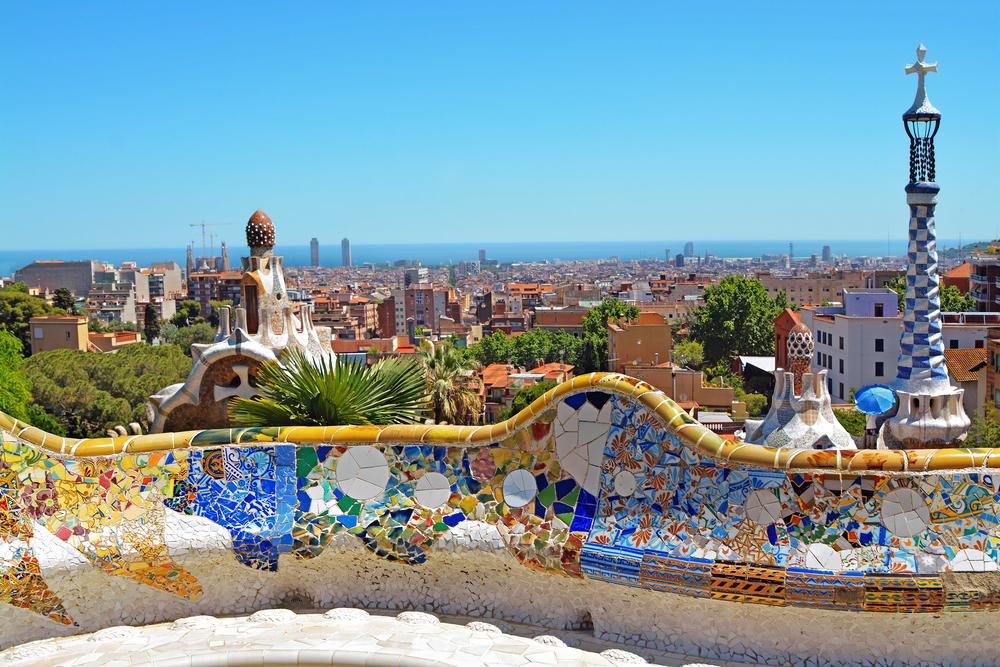
View of sunny Barcelona from Park Guell. Photo: Shutterstock
“I recently took my grandson to Barcelona to celebrate his 13th birthday. It was a ton of fun. Pablo and Patricia were so helpful in the planning process. His recommendation for our hotel was great—we had an apartment at the Neri. The street art walk was a highlight. We took a day trip to San Sebastian to explore the Basque country a bit. Gorgeous! My grandson is an avid skateboarder, so he chose Barcelona because it is one of the most skate-friendly cities in the world. He skated all over! A most memorable 10 days!” —Anne Collins
Read more reviews of Spain trips. To get your own WOW trip, start with our trip questionnaire, reached via the black button below.
Switzerland: hiking, kayaking, paragliding…
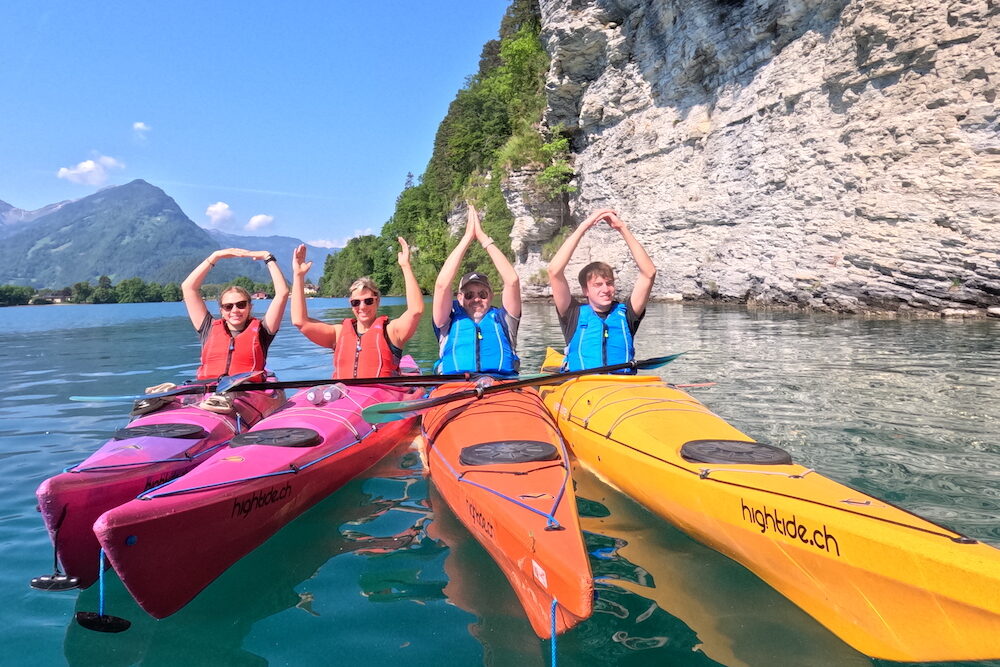
Andy Shafran and family spelling OHIO during private kayak trip on Lake Brienz.
“Switzerland was a beautiful country and our active hiking, kayaking, paragliding trip was exactly what we were looking for. We booked a trip with our 18- and 21-year-old children to celebrate graduation and be outdoors as much as possible. Nina and her staff helped us build an itinerary that maximized the experiences and minimized the hassle and travel time. We spent two days in Zurich/Rhine Falls, three days in Grindelwald, and three days in Lucerne. There is so much to do that we felt we could have stayed an extra week just in these three locations.
Our major interest was hiking, and we had a guided tour up Mt. Grindelwald first, which included a gondola ride up and a Trottibike ride down (highly, highly recommended). Then we took the train to the Jungfrau and even though it was pricey for that part of the trip, well worth it for the views and incredible Alpine experience. Thumbs up: Rhine Falls, Trümmelbach Falls, Aare Gorge hike, Lake Brienz kayak trip, and our full-day peak-to-peak hike on Mt. Rigi where we ate lunch at Berghaus Unterstetten on the side of the mountain with incredible views and good food.
All three hotels we stayed in were unique, terrific locations, and have fun quirks, such as the private funicular car that takes you up from Lake Lucerne to the Art Deco Hotel Montana….” —Andy Shafran
Read more reviews of Switzerland trips. To get your own WOW trip, start with our trip questionnaire, reached via the black button below.
Morocco: hiking among Berber villages in the Atlas Mountains
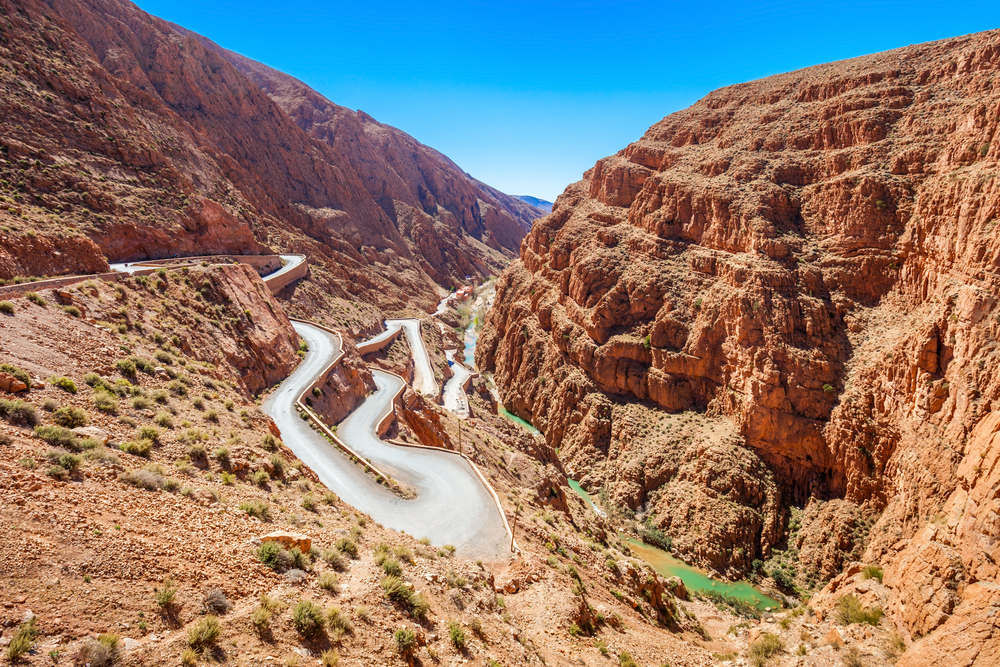
Dades Gorge in the Atlas Mountains in Morocco. Photo: Shutterstock
“I just came back from 10 days in Morocco. Radia did an excellent job at finding exquisite hotels and providing super guides. Our focus was on hiking in the Middle and High Atlas Mountains. The hiking specialists led us on terrific hikes. In the High Atlas Mountains we hiked from guest house to guest house, through ancient Berber villages and mountain passes. The trip was fascinating, challenging and exhilarating. We also found time to wander the medinas of Fes and Marrakech with local guides. Morocco is an other-worldly experience. I highly recommend a visit here for those curious about non-Western cities or hiking. The people were very kind and welcoming (eg, when hiking through Berber villages we were invited in for dinners and tea by a few local residents). Ten days was not enough to cover all that Morocco offered.”—Robert Berman
Read more reviews of Morocco trips. To get your own WOW trip, start with our trip questionnaire, reached via the black button below.
Newfoundland, Canada: hiking, fishing…
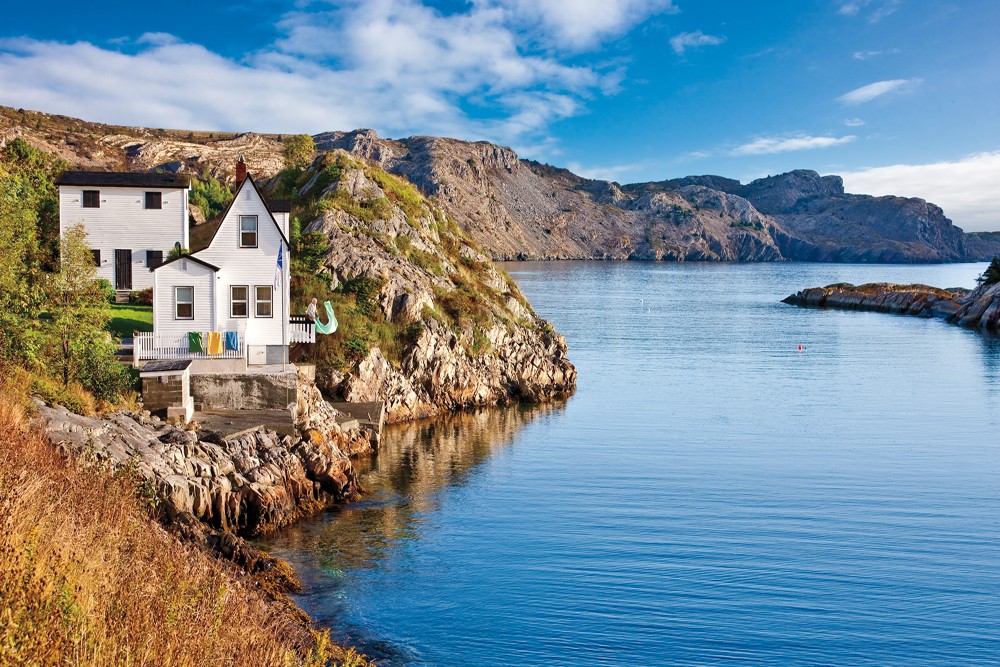
Newfoundland scenery. Photo: Newfoundland and Labrador Tourism
“Jill organized an eight-day trip for four couples, best friends for the last 30 years. It was a trip full of great adventure, hiking, fishing, good food, and fantastic people. In Cape Breton our local guide caught our vibe from the minute she met us and took us to her own town’s annual fair. She introduced us to some of the families there, and we instantly felt the warmth and kindness—we didn’t want to leave!
In Newfoundland, we stayed in Woody Point in Gros Morne National Park. The townspeople were, again, warm and welcoming (a common characteristic in this part of Canada). The local pub, The Merchant Warehouse, had great food, and the owner’s daughter plays her guitar and sings up a storm (don’t miss it). We had our screech-in there as well with the incomparable Aunt Sophie!!! The hikes were unrivalled; accurately marked and well-kept, the unique landscapes and terrain were breathtaking. We will be back to conquer Gros Morne itself!
Finally, we ended our vacation in Corner Brook at the beautiful Hew & Draw Hotel. The highlight here was our time with Darren, who took us out in his dory to his cabin on the water for a dinner of mussels and cod, with an evening tour of the surrounding region by boat. His mom had even baked us an apple pie! The stories he told us of his family and the region were again just part of the local hospitality. We have traveled to many places in the world, and the Canadian Maritimes is indeed a treasure.” —Barbara Palter
Read more reviews of Canada trips. To get your own WOW trip, start with our trip questionnaire, reached via the black button below.
Baja, Mexico: scuba, surfing, horseback riding, zip lines…
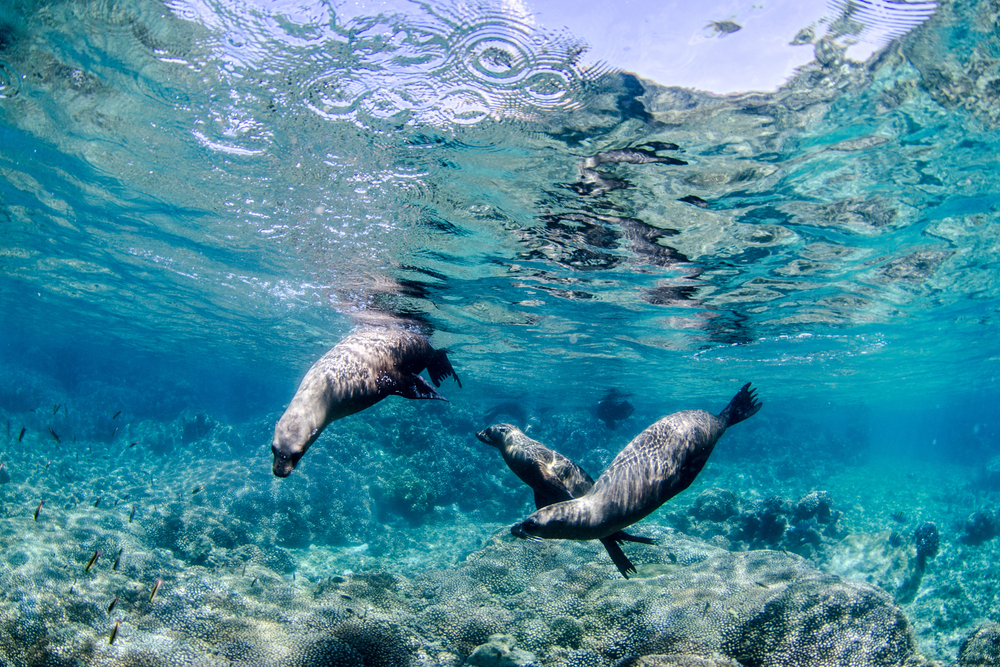
Sea lions swimming in Baja California Sur, Mexico. Photo: Shutterstock
“Baja CA is such an easy destination to get to from Southern CA, so when Zach and his team suggested a Thanksgiving trip for my family of 4, including 2 teen daughters, we jumped on it as we have not explored the other parts of Baja beyond Los Cabos. As up-and-coming areas, we saw the charm of Todos Santos town, hiked along the hills above the ocean and had surf lessons at Los Cerritos.
Next up was La Paz, which has potential to become a wonderful destination, as there are plenty of adventure activities to choose from. We had a few travel hiccups the first few days in Todos Santos and La Paz, but Zach’s travel team of Jose & Amalia worked to make it the best they possibly could. One of our main goals for this trip was to swim with the whale sharks in La Paz, which normally have a very dependable arrival in early November. However they decided not to show up in their regular numbers, so no one could get permits to swim with them in La Paz bay. This was a major disappointment but we had back-up activities planned and ideas ready, which is a useful travel tip for those “planning” on unpredictable animal life interactions. You just never know what will happen, so have something else in mind that will satisfy your travel wishes. We instead went on a sunset sandboarding excursion on the oceanfront dunes one late afternoon, and it was beautiful and remote. We also took a full-day boat trip to scuba dive with friendly, juvenile sea lions, took another dive through a shipwreck and then anchored at a remote beach for a wonderful lunch. These were both exciting excursions that filled the void of the whale sharks’ absence, and having Zach’s connections made it all that much easier.
Our last stop was Grand Velas on the Los Cabos corridor. What a property! The rooms, the views, the service, the spa, the food…it was all amazing! We left the property for a few activities: horseback riding on the beach and in the hills, and a jam-packed adventure up in the mountains with zip lines, rappelling, free-fall jumps, climbing, & polaris vehicle driving; all seamlessly organized by Zach’s team.” —Andrea Phillips
Read more reviews of Mexico trips. To get your own WOW trip, start with our trip questionnaire, reached via the black button below.
Belize: hiking, snorkeling, river tubing…
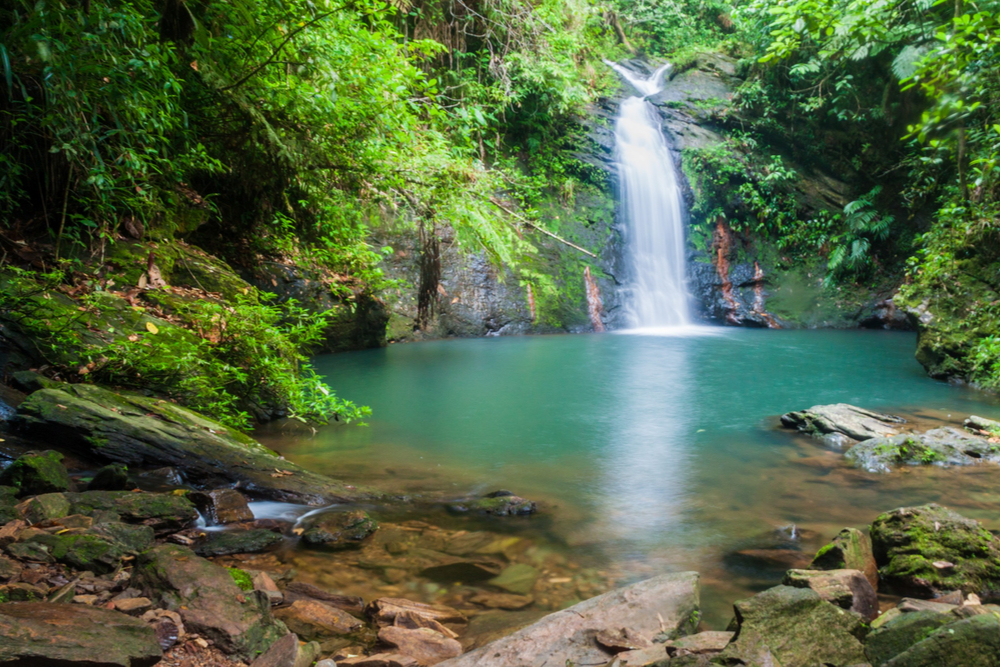
Tiger Fern waterfall, Belize. Photo: Shutterstock
“We recently returned from an eight-day trip to Belize planned by Patricia and Julianie. We are a family of four with 17 and 21 year olds. We wanted a mix of activities and relaxation. We wanted to explore Belize but also stay in only one hotel. Snorkeling was our first priority and because we had recently been to Guatemala, seeing Mayan ruins and coffee and chocolate plantations were not important because we did those in Guatemala.
Patricia recommended we stay in the Placencia region at Naia Resort and Spa. It was the perfect location. The rooms are beautiful and well appointed, the staff is very attentive, the beach is very large and the food outstanding. We were able to do both land and water excursions with nothing being more than 45 minutes from Naia. Patricia and Julianie were in constant contact with us during our stay including making some last minute changes to our itinerary due to unexpected rain. In addition to a private, full day snorkeling excursion, we did a tour of the Monkey River, a hike and river tubing in the Jaguar Preserve, and spent a day with a local Garifuna family. We loved every excursion and only wish we could have stayed a few days longer.” —Randi Maidman
Read more reviews of Belize trips. To get your own WOW trip, start with our trip questionnaire, reached via the black button below.
Chile: heli-hiking, whitewater rafting…
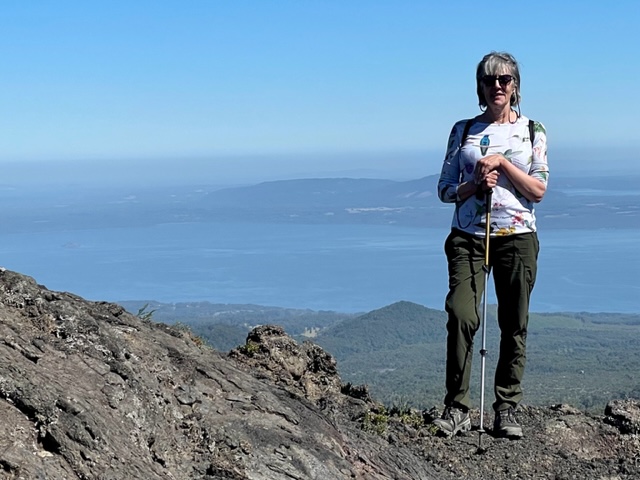
Traveler Jeannie hiking in Chile. Photo: Jeannie Mullen
“Tom planned a fantastic two-week holiday hiking trip to a part of Chile that I had never been to, the Lake District south of Santiago—an outdoor enthusiast’s playground. Of the many activities offered —hiking, floating, whitewater rafting, cultural visits, among others—I would say that the heli-hiking in Pucon with my guide, Patricio Garrido, who is also a professional photographer, was a standout.
Our pilot, Benjamin, was great fun and anxious to show us private spots, tucked away in the mountains, that had phenomenal views and absolutely no other foot traffic. What a phenomenal experience. It’s like we had the world to ourselves for the day. This was the third time that I have used Tom for trip planning in South America. He chose terrific properties that offered impeccable service and every possible amenity. Vira Vira, an AndBeyond property, was exquisite.” —Jeannie Mullen
Read more reviews of Chile trips. To get your own WOW trip, start with our trip questionnaire, reached via the black button below.
Bali: white-water rafting, hiking…
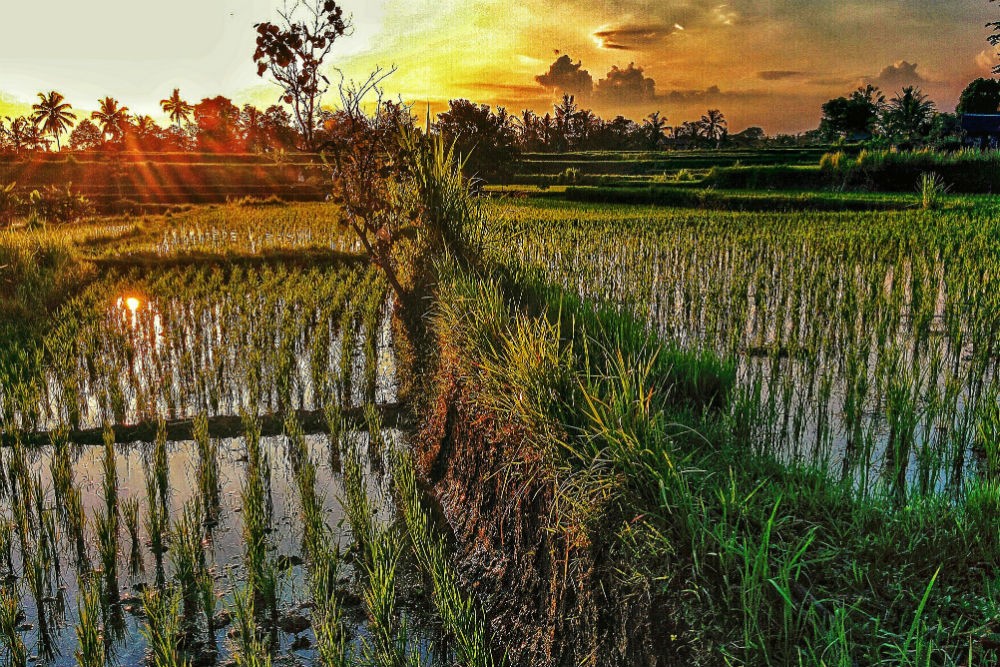
Ubud, Bali. Photo: Yoan Carle/Flickr
“Having never been to Indonesia before, we told Diane the types of activities we enjoyed and she devised a custom itinerary that suited us perfectly. We spent an exciting day rafting down the Ayung river in Ubud and enjoyed a scenic guided hike to two beautiful waterfalls in the northern part of the island. We also enjoyed a visit to a Balinese farming village where we got to sample Balinese cuisine and meet the lovely Balinese people who call this area their home. A highlight we’ll always remember is the live Balinese music and dancing which were performed for our enjoyment. We were shy, to be honest, at first. But by the end of the performance we actually got up there and played the drums and cymbals! These are the types of experiences that make travel so worthwhile. We’ll never forget it—and we have Diane to thank for that!” —Joe McBrine
Read more reviews of Bali trips. To get your own WOW trip, start with our trip questionnaire, reached via the black button below.
Australia: 5K and 10K city runs, snorkeling, spearfishing…
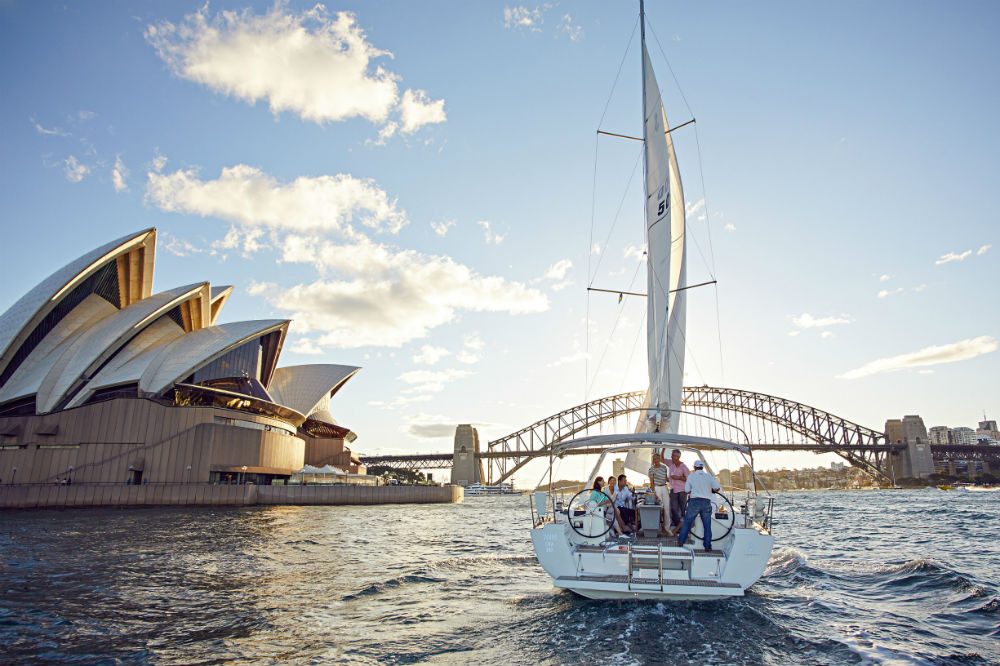
Sailing on Sydney Harbour. Photo: Tourism Australia
“‘Wow’ is not a strong enough word to describe the incredible 19-day journey in Australia we enjoyed, thanks to the wonderful work of Stuart and Jacki. Our primary motivation was to participate in the 10K Sydney Harbour Bridge Run. So our trip started in Sydney at the Pier House, which is just below the south side of the Sydney Harbour Bridge, which turned out to be a perfect location, near the tourist sites but not in their midst. We then flew to Ayers Rock/Uluru and enjoyed dinner under the stars and the Field of Light show in the desert. Next came Brisbane, Cairns, and the Daintree Rainforest, where we went spearfishing and scalloping on the tidal flats with Brent Walker, a local aborigine, who then took us to his house and cooked the crab he and Susan had speared, as well as the unique flat scallops we had gathered.
The next day we went snorkeling at three sites on the marvelous Great Barrier Reef, which was alive with bright coral and many, many colorful fish. Thoroughly enjoyed the charming crew of the Calypso Blue. We then flew via private four-seater aircraft into the Arnhem Land outback, where we stayed with Davidson’s Arnhemland Safaris in quaint cabins and enjoyed seeing aboriginal rock art in its natural state, unmarred by thousands of tourists. What a treat! We also saw an emu with its three babies, wallabies, dingos, and multiple species of exotic birds. We shared tasty meals with other guests, one of whom asked us how we Americans had learned about Davidson’s because few Australians know about it. (We credited Stuart and Jacki.) We finished our trip in Melbourne, where we ran in a 5K race that was part of the Melbourne Marathon Festival. Wendy, Jacki and Stuart, thank you all for our trip of a lifetime!” —John and Susan Mueller
Read more reviews of Australia trips. To get your own WOW trip, start with our trip questionnaire, reached via the black button below.
Costa Rica: rappelling, zip lining, boating…
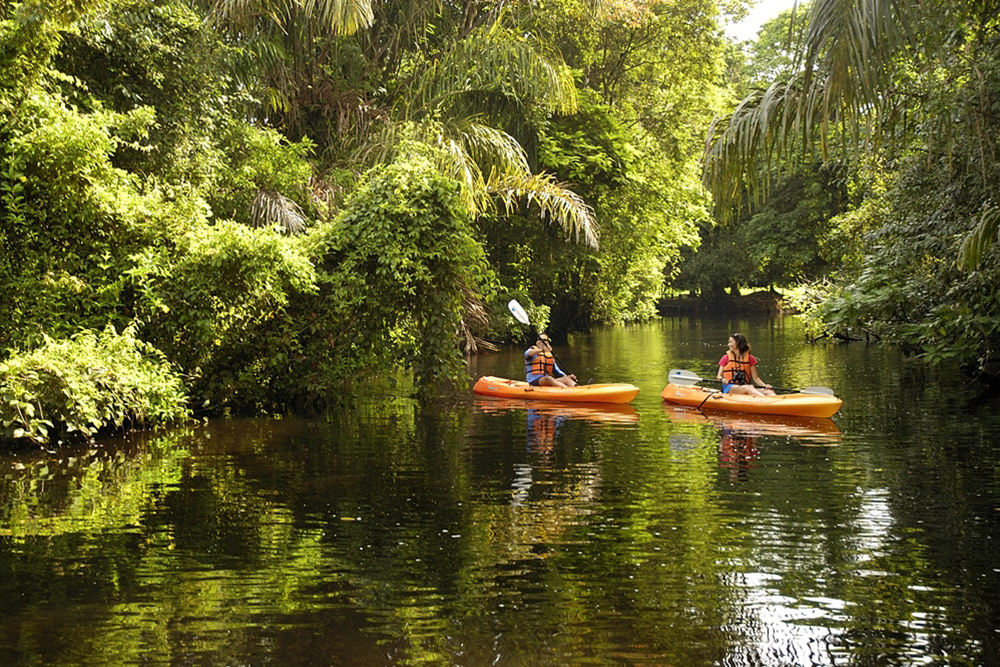
Kayaking in Tortuguero National Park. Photo by Sergio Pucci/Courtesy Costa Rica Expeditions.
“We recently returned (July 2022) from an amazing vacation in Costa Rica, which was planned by Priscilla. I traveled with my three adult children (17,19 and 23) and we were looking forward to an out-of-country excursion after staying in the States for an extended period due to Covid.
In my initial phone calls with Priscilla I had mentioned that we wanted to maximize our time in the country (12 days) and visit several different locations. We also love to be active. It was planned to perfection. My only request was to stay at Nayara Tented Camp. Priscilla went out of her way to coordinate the trip around my request. The Tented Camp was wonderful beyond words, it was a nice break of sorts from our busy days and we all loved it, especially the private plunge pool.
We started in Tortuguero, which is a gem on the Caribbean side of the country. We stayed at a river lodge, right in the middle of the rainforest. It was extremely lush and with lots of wildlife sightings. From there we went to Arenal, where we did waterfall rappelling and zip lining. Our rafting was cancelled due to an impending storm. We also did an evening frog tour, which I would highly recommend. Our last stop was the amazingly biodiverse Osa Peninsula, on the Pacific side. We were in awe of all of the wildlife sightings. The mangrove tour was one of the highlights of our trip. We were in the boat for about 4 hours, with constant wildlife sightings. One night we did an evening bug tour, with loads of different bug sightings, another must if you are in the Osa Peninsula. The tours, resorts and activities were planned by Priscilla perfectly.
Priscilla listened to my requests and worked closely with me to coordinate all activities that were suited to our interests. We accomplished our goal of seeing different areas of the country, and getting an amazing introduction to the unbelievable biodiversity of this country. She was a pleasure to work with, extremely responsive, and I would highly recommend her for anyone that is considering a trip to Costa Rica.” —Meg Castineiras
Read more reviews of Costa Rica trips. To get your own WOW trip, start with our trip questionnaire, reached via the black button below.
Costa Rica: hiking, canyoning, ATV tour…
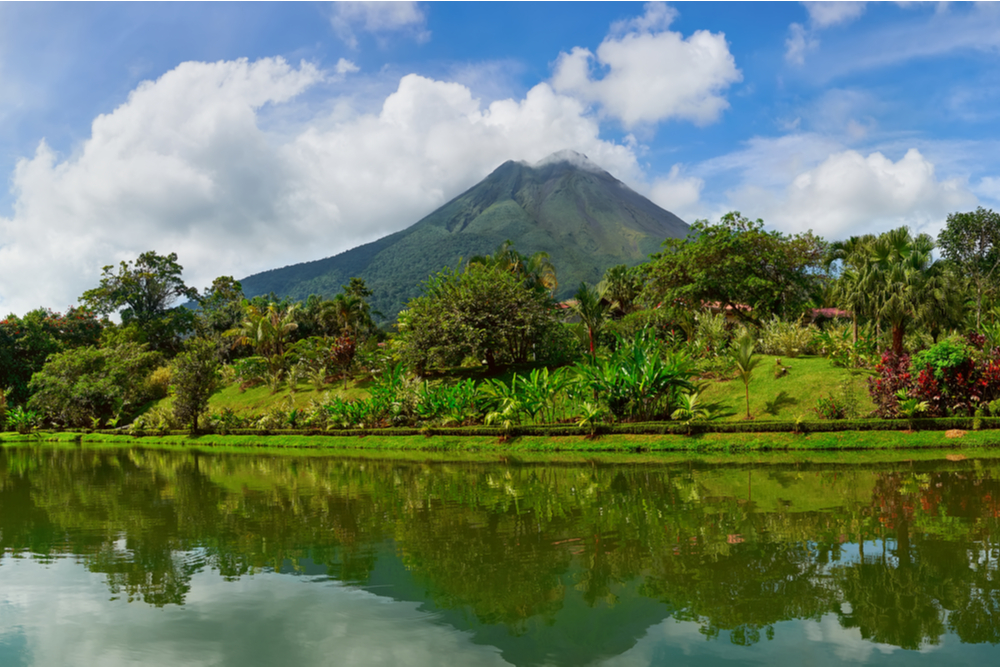
Arenal volcano, Costa Rica. Photo: Shutterstock
“Our family (husband, wife, and two college-aged daughters) used Priscilla to plan a trip to Costa Rica. We had a balance between fun activities and down time at the beach, which meant that we stayed in two different places. Our first base was the Tabacon Thermal Resort and Spa, which boasted large, comfortable rooms with stunning views of the Arenal volcano. From this location, we were able to go canyoning and have several nature hikes with our naturalist, Gustavo. At first I thought that it might be too much of a splurge for us to be accompanied all the time by our own naturalist, but honestly, it was so worth it! He was able to spot sloths (which, obviously, aren’t active enough for us to spot) and so many birds, exotic toucans, even an arboreal snake that we would have simply passed right by without noticing. We thoroughly enjoyed the time we had with him. Our second base was the W Resort at the beach, in first-class accommodations with howler monkeys in the surrounding forest. Every tour arranged by Priscilla was outstanding, from the canyoning to the ATV tour. Gustavo even arranged for us to have a private ATV tour because he saw that the afternoon forecast was looking pretty rainy.” —Claire Leuenberger
Read more reviews of Costa Rica trips. To get your own WOW trip, start with our trip questionnaire, reached via the black button below.
Argentina & Chile: hiking in Patagonia
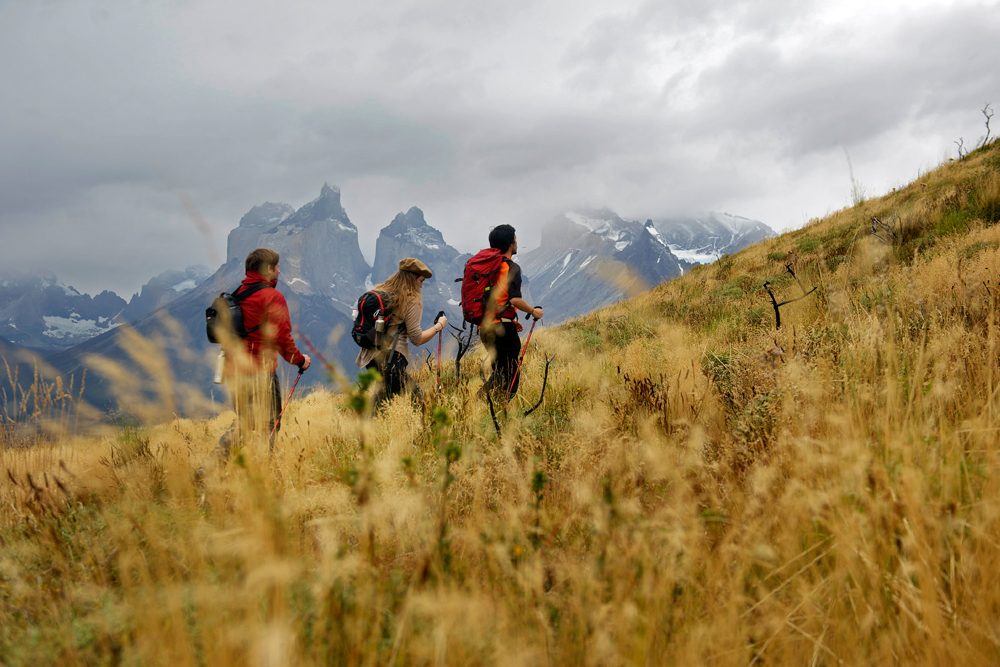
Hiking in Torres del Paine, Patagonia. Photo: Explora
“Our trip to Patagonia was incredible. A couple of days in Buenos Aires was a great way to break up the long travel and a treat to explore an interesting, colorful city with our guide, Claudio. Tom’s suggestion to spend four nights on a small ship exploring the glaciers of the Beagle and Drake channel was spot on. We loved adventures in the zodiacs every day, as well as amazing guides and very good food. The highlight of the trip was Torres del Paine. The most beautiful place we’ve ever seen. So glad we stayed at Explora, with the best view in the entire park, fabulous guides to take you hiking, and great food and service!” —Carrie Lazarus
Read more reviews of Argentina and Chile trips. To get your own WOW trip, start with our trip questionnaire, reached via the black button below.
Canada: Heli-skiing
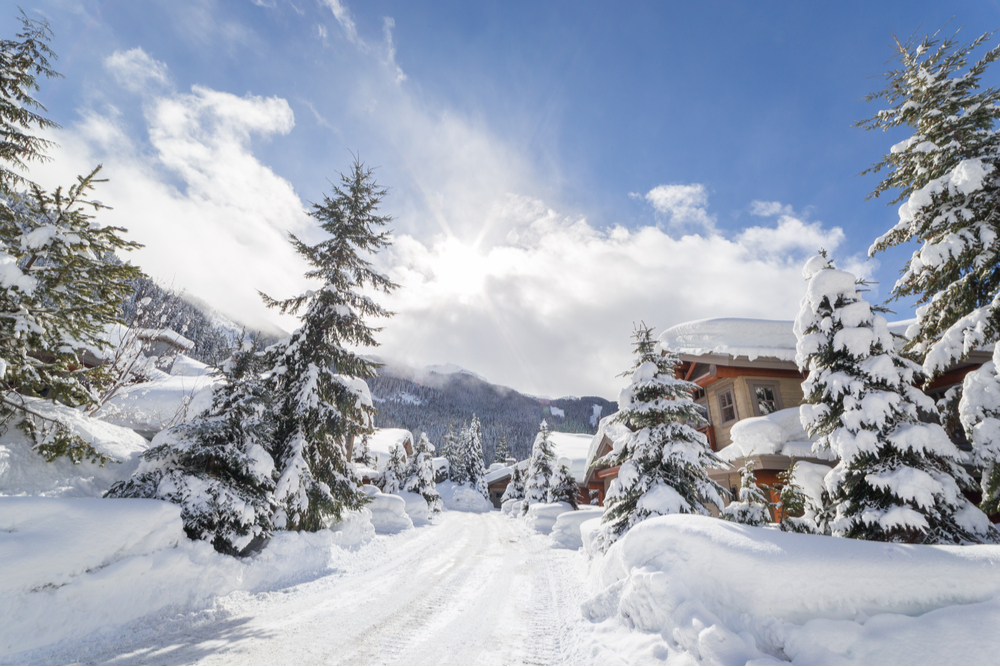
Whistler Mountain, British Columbia. Photo: Shutterstock
“This was the most fun vacation we’ve ever had! We started with a phone conversation with Marc to explain our interest in helicopter skiing, combined with fine dining and luxury accommodations. Our biggest concern was that most heli-ski trips appear to involve staying in remote accommodations for a week with a small group of strangers and a common dining room, but no restaurants or other activities on-property for the bad-weather days. Instead, Marc suggested we stay at Whistler-Blackcomb Village in Canada and utilize the Whistler Heli-Skiing company that leaves daily directly from the Village. The best decision we made was to go with his recommendation.
Marc’s staff arranged private transportation to take us from the airport to Whistler and back, and confirmed (and reconfirmed) dinner reservations every night of our trip at the best restaurants. When one of our scheduled heli-ski days got cancelled due to weather, Marc’s staff immediately rescheduled our day to include spa reservations, to ensure we didn’t miss a beat. It was so nice knowing our trip planner was following up all the way through our trip. There was even a surprise cheese board that arrived in our hotel room shortly after arrival with a special note from our trip planners.” —Rachel Bunton
Read more reviews of Canada trips. To get your own WOW trip, start with our trip questionnaire, reached via the black button below.
Ecuador: Hiking & horseback riding
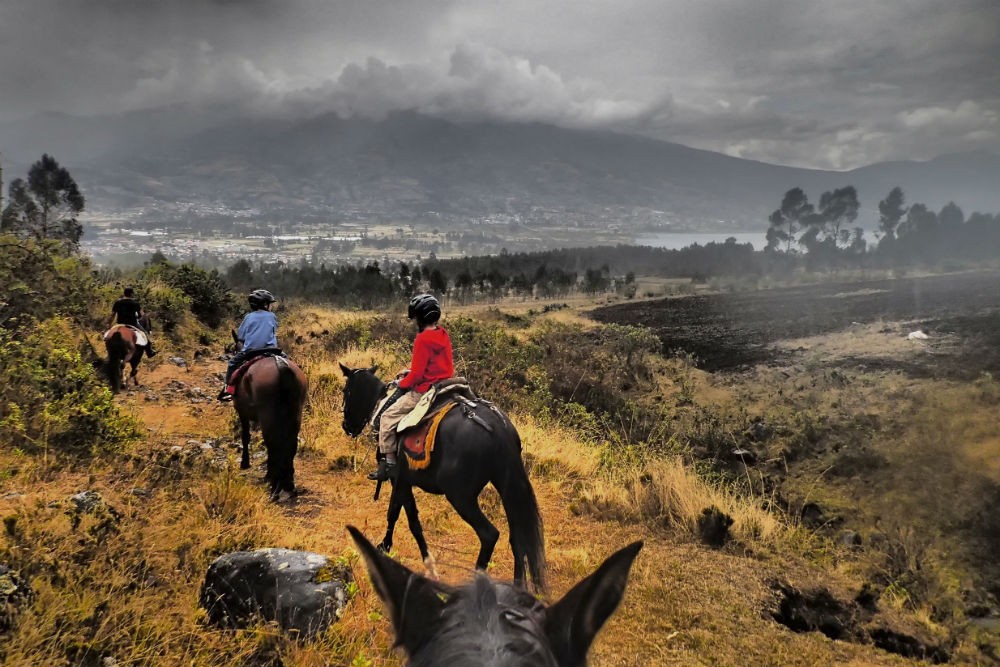
Horseback riding at Hacienda Cusin, Ecuador. Photo: Myths and Mountains
“Allie did a great job customizing our Ecuador trip to fit our interests and goals. We started the trip off the beaten path at the Hacienda Zuleta, which was simply fabulous. I love historical inns and, at 400 years old, it hit the mark for me. The hiking and horseback riding were superb, and the staff was incredibly friendly and tried to make everything perfect for the guests. One of my daughters is a skilled rider, and she and her horse guide went out galloping through fields, mountain trails and back roads each day for hours.
The next stop was the Galapagos Islands, which we did via a land-based tour. Again the hotels were unique and charming, with first-rate staff. The wildlife was spectacular, abundant and ruling the land and sea. All of our tours were either private or small-group tours (two families), so we felt our experiences were unique and we were not on a conveyor belt. Everyone we connected with in Ecuador was friendly, interesting and happy to share their paradise with us.” —Stephanie Danforth
Read more reviews of Ecuador trips. To get your own WOW trip, start with our trip questionnaire, reached via the black button below.
Hawaii: surfing, paddleboarding, biking…
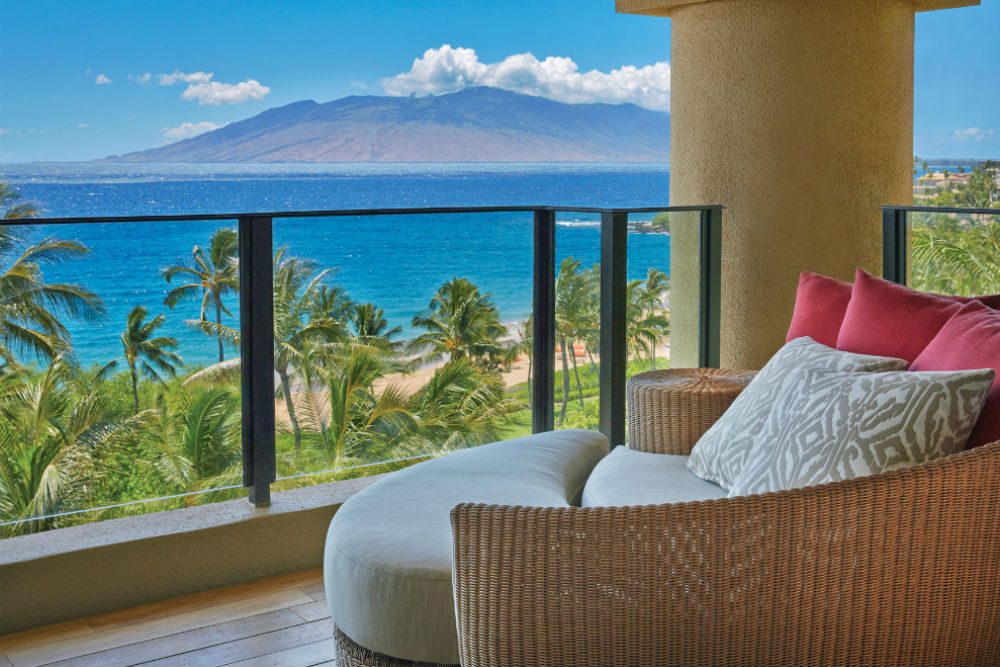
Four Seasons Maui. Photo: Four Seasons
“We were unsure which Hawaiian islands we wanted to visit, but Dani asked our family (four adults) so many questions about what we expected and how we wanted to spend our time, and was so well-informed, that we ended up with a fantastic vacation. We decided on the Four Seasons resorts on the islands of Maui and Lanai, which turned out to be perfect choices. Dani arranged all of our activities: surf lessons, paddleboard lessons, skeet shooting, archery. We had dinner reservations ready and were able to just enjoy our days. A highlight was our WOW Moment, biking down Haleakala through sun and clouds. Just a pleasure! Dani also maximized our time by advising us to take the ferry to Lanai, but to fly from Lanai to Maui instead of using the ferry again. Great advice!” —Nancy Stone
Read more reviews of Hawaii trips. To get your own WOW trip, start with our trip questionnaire, reached via the black button below.
Switzerland: paragliding, glacier trekking, Via Ferrata…
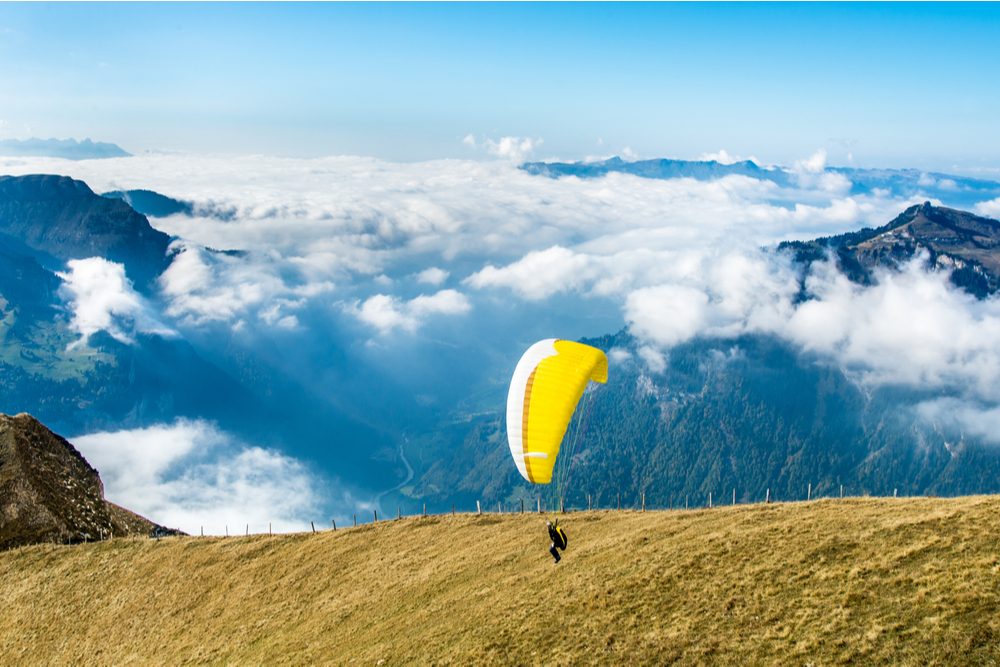
Paragliding above Grindelwald, Switzerland. Photo: Shutterstock
“Nina created an itinerary that included many excellent suggestions that we were not aware of, even though I had done a fair amount of research on my own to know what Switzerland had to offer. Paragliding in Grindelwald, a Canyon Swing, a Jet Boat in Interlaken, a private cave tour, glacier trekking, a helicopter transfer from Jungfraujoch to Gstaad, the Via Ferrata in Mürren-Gimmelwald, the Gorner Gorge adventure in Zermatt….AWESOME! The execution of the trip was flawless: When the helicopter landed in Gstaad in a grassy field, the driver was right there waiting for us. There would have been no way to plan this trip on our own and have everything run as smoothly as it did.” —Travis Schmitt
Read more reviews of Switzerland trips. To get your own WOW trip, start with our trip questionnaire, reached via the black button below.
California: kayaking, paragliding, e-biking…
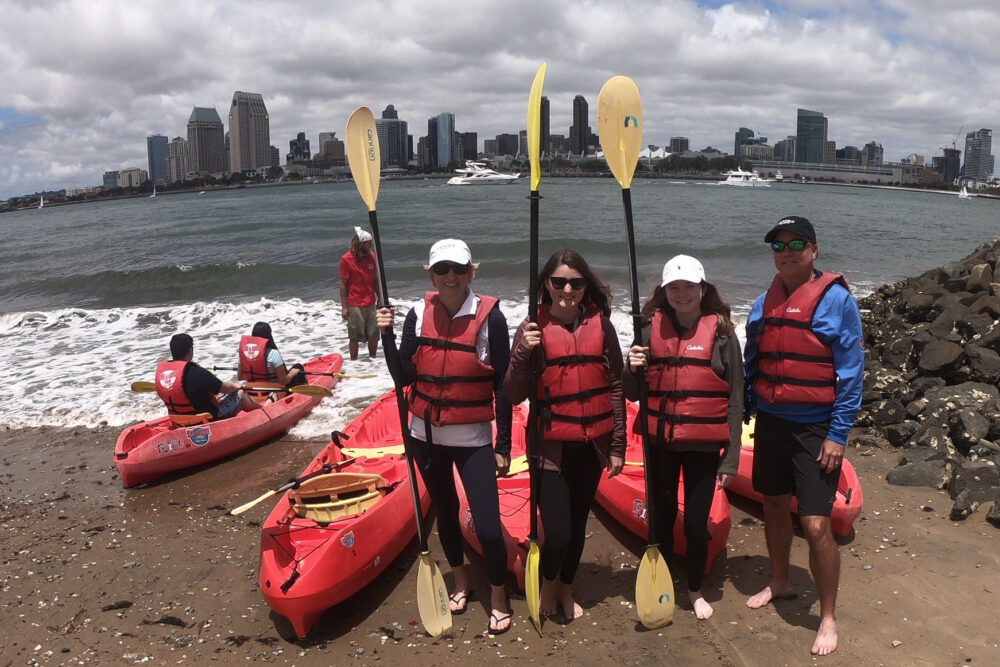
Kayaking in Southern California. Photo: Janette Gill
“Our teenagers are still talking about our Southern California paragliding adventure over the beaches and golf course at Torrey Pines and our beach barbeque at Crystal Cove State Park while watching the sunset with our toes in the sand. Sheri was very helpful in recommending and organizing hotel stays at both the hipster Pendry Hotel in San Diego and the luxurious Pelican Hill Resort outside of Newport Beach. We initially had a little misunderstanding with the resort regarding our room location, but after a short conversation with Sheri, we were quickly upgraded to a room with a much better view (thanks, Sheri). This type of personalized service is the reason we plan most of our trips using Wendy Perrin’s trusted travel experts. Since this was our third qualifying trip, Wendy surprised us with a WOW Moment—a day of adventure on charming Coronado Island. Our guide for the day picked us up at our hotel for a short ferry ride over to the historic island, where we spent the day riding electric bikes around the quaint residential areas, and then we kayaked out into the Bay. Thanks, Wendy and Sheri, for a very memorable day for all of us!”—Janette Gill
Read more reviews of California trips. To get your own WOW trip, start with our trip questionnaire, reached via the black button below.
Be a smarter traveler: Sign up for Wendy’s weekly newsletter to stay in the know. Read real travelers’ reviews, then use the black CONTACT buttons on Wendy’s WOW List to reach out to the right local fixer for your trip.

